EPIC Backpacking Europe (Guide de voyage économique 2021)
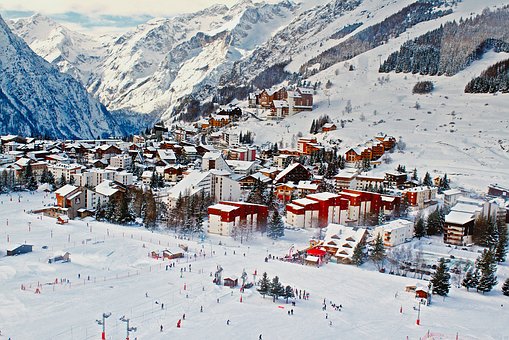
Un voyage en sac à dos en Europe est l'une des meilleures aventures que tout voyageur puisse vivre. Le continent européen regorge de villages de contes de fées, de parcs nationaux époustouflants, de villes ultra-cool, d'une histoire fascinante, d'une cuisine délicieuse et de gens sympathiques.
L'Europe moderne est un grand creuset de culture, d'humanité et de traditions culinaires. Ses villes sont magnifiques et ses montagnes encore plus. Décider où aller et quoi faire peut être un défi car chaque pays d'Europe a quelque chose de fantastique à offrir aux routards.
Planifier un voyage en Europe demande beaucoup d'énergie ! En plus de comprendre les détails de votre voyage, vous devez garder à l'esprit un fait important : voyager en sac à dos en Europe PEUT coûter cher si vous ne faites pas attention.
Avec quelques conseils et astuces de voyage pour parcourir l'Europe en sac à dos, vous pouvez vraiment profiter du meilleur de ce que l'Europe a à offrir sans vous retrouver sans le sou à la fin du voyage.
Ce guide de voyage en Europe vous apprendra tout ce que vous devez savoir pour vivre un voyage personnel unique et enrichissant dans cette région étonnante. Dans ce guide de voyage, je couvre les meilleurs itinéraires de voyage européens, les voyages de voyage, ce qu'il faut emporter pour visiter l'Europe, les informations de sécurité, le trekking en Europe et mes destinations de randonnée préférées en Europe.
Pourquoi partir en sac à dos en Europe ?
L'Europe est le rêve de tout voyageur et tout ce que vous voulez du voyage, vous pouvez le trouver quelque part en Europe. Si vous débutez dans la randonnée, l'Europe est un endroit idéal pour commencer vos voyages – les pays européens sont bien connectés, sûrs, très diversifiés, faciles à naviguer et regorgent de merveilles.
C'est maintenant votre chance de découvrir la vie dans certaines des meilleures villes d'Europe ! Se défoncer et boire du café à Amsterdam. Saut d'île en Grèce. Sortez des sentiers battus en Écosse. Vivez pleinement la vie à Berlin. Explorez les falaises d'Irlande…
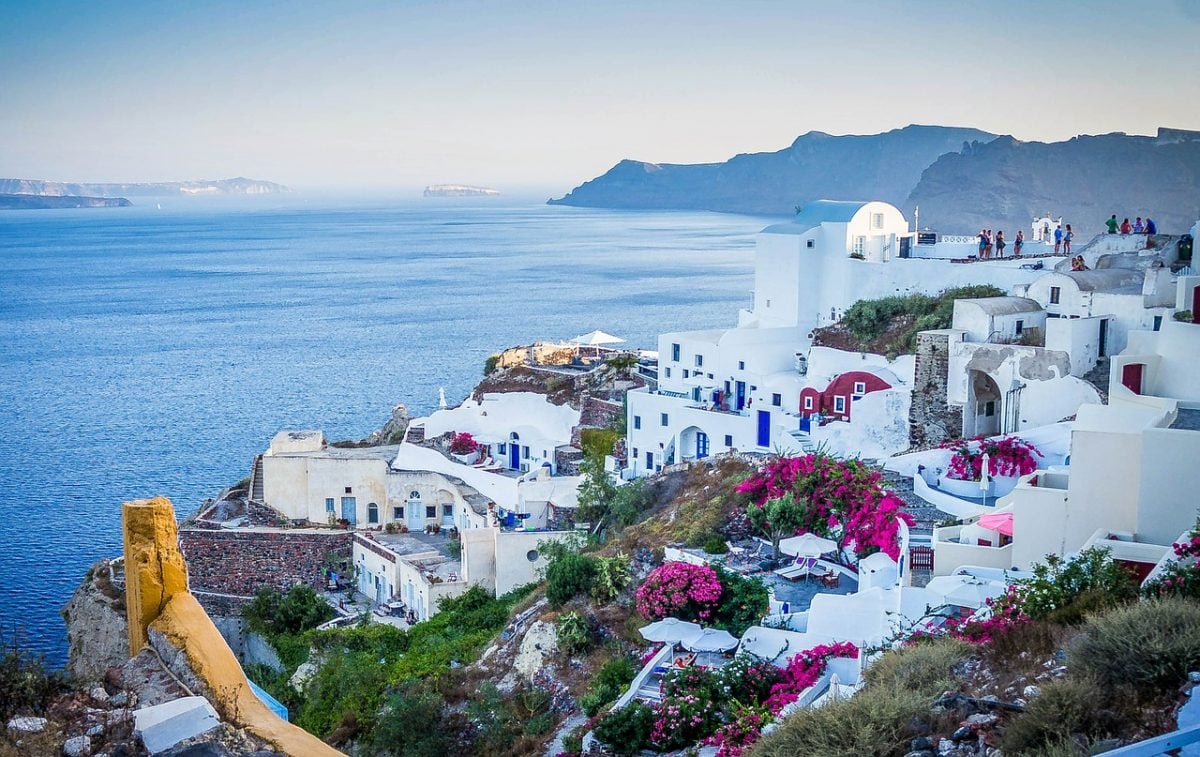
Dammit Europe : Il y a tellement de pays géniaux que vous avez…
Quoi que vous aimiez faire lors d'un voyage de randonnée, l'Europe a tout à offrir et bien plus encore. En général, l'Europe dispose d'un excellent réseau de transport et se déplacer d'un pays à l'autre est facile. La première chose que vous devez faire est de planifier votre voyage en Europe en fonction de ce toi voulez sortir de votre aventure.
En fin de compte, le meilleur itinéraire de voyage en Europe est entre vos mains mes amis. Je suis là pour vous fournir toutes les idées géniales dont vous avez besoin pour commencer!
L'Europe n'est évidemment PAS aussi bon marché que la randonnée en Asie du Sud-Est, bien qu'en revanche, les choses soient généralement plus organisées en Europe. Si vous aimez un peu d'ordre et un peu de spontanéité, vous allez adorer voyager ici !

Vous vous dirigez hors réseau ? • Téléchargez ce guide au format PDF !
Inscrivez-vous ci-dessous à la ZONE VIP EXCLUSIVE de The Broke Backpacker et téléchargez nos meilleurs guides de randonnée au format PDF – déconnectez-vous l'esprit tranquille !
Meilleurs itinéraires pour la randonnée en Europe
Jetons maintenant un coup d'œil à quelques-uns des meilleurs itinéraires de randonnée en Europe que j'ai rassemblés ci-dessous.
Itinéraire Backpacking Europe 2 semaines: Villes, Plages, Montagnes
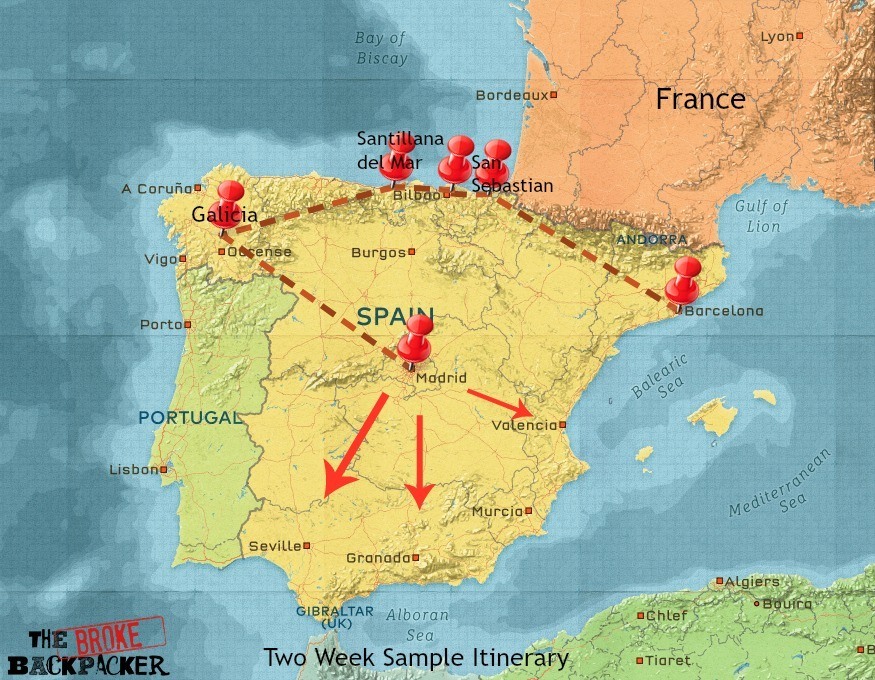
Avoir un voyage de deux semaines en Europe est génial. Court, doux et juste assez pour vous laisser affamé pour plus d'aventure. Pour parcourir l'Europe en sac à dos en deux semaines, vous devez avoir une attente réaliste de ce que vous pouvez réellement voir et expérimenter pendant cette période. À mon avis, visiter plusieurs pays dans n'importe quelle profondeur est probablement hors de question. Une exception pourrait apparaître Pays de Galles de Angleterre pendant une semaine environ.
Même si vous pouviez sauter d'un pays à l'autre avec efficacité, il est préférable de concentrer votre énergie sur la connaissance de quelques endroits dans un pays. Après tout, ce n'est pas très amusant de passer tout son temps assis dans les bus ou à attendre dans les aéroports.
Mon conseil est de choisir un pays que vous voulez vraiment visiter et d'explorer ce pays avec tous vos efforts en deux semaines. Choisir un pays plus petit comme le Portugal, Espagne, L'Autriche, les Les îles Greques ou la Royaume-Uni sont d'excellentes options pour ceux qui manquent de temps.
Si vous voulez vraiment voyager dans plusieurs pays pendant votre voyage, c'est possible. De plus, si les restrictions budgétaires ne sont pas très serrées, vous pourriez faire un assez bon tour de plusieurs capitales européennes en 2 semaines si vous êtes le type de routard qui aime explorer les environnements urbains et la culture. Par exemple, vous pourriez certainement visiter Barcelone, Paris, Amsterdam et Londres en deux semaines – cela vous obligerait simplement à être en déplacement tout le temps et cela pourrait également faire perdre de la merde à votre budget.
Vous m'entendrez dire cela plusieurs fois dans ce guide de voyage en Europe : Si vous pouvez louer un caravane au moins pour une semaine, vous ne serez pas déçu ! Voir l'Europe en camping-car est une expérience formidable ! Si vous n'avez que 7 jours en Europe, un camping-car pourrait bien être la meilleure façon de passer ce temps.
L'Europe en 2 semaines Idée de voyage #1 – Le nord de l'Espagne
C'est un excellent itinéraire de voyage de 2 semaines en Espagne. Que vous preniez l'avion pour Madrid ou Barcelone, faites un tour à Saint-Sébastien pendant quelques jours à la plage. Vous pourriez facilement passer une semaine à vous détendre et à faire la fête au Pays basque. Chaque visiteur devrait essayer la cuisine basque : les pintxos (tapas), les poissons, les restaurants chics et les cidreries. Bilbao reste l'une de mes villes préférées que j'ai jamais visitées en Europe.
Ensuite, dirigez-vous vers la région côtière des Asturies, arrêtez-vous Santillana del Mar – une cité médiévale qui est aujourd'hui en pleine forme. Les Asturies sont un endroit formidable à visiter en Espagne si vous aimez faire de la randonnée et que vous recherchez un côté complètement différent de l'Espagne «traditionnelle».
La Galice ressemble plus à l'Irlande qu'à l'Espagne alors que le centre et le sud de l'Espagne sont secs et chauds. Oviede auront le plus d'options d'hébergement en Galice. Vous pouvez vous frayer un chemin le long de la côte galicienne à travers La Corogne et Costa da Morts ainsi que. La Galice sera certainement plus fraîche que les autres régions du sud !
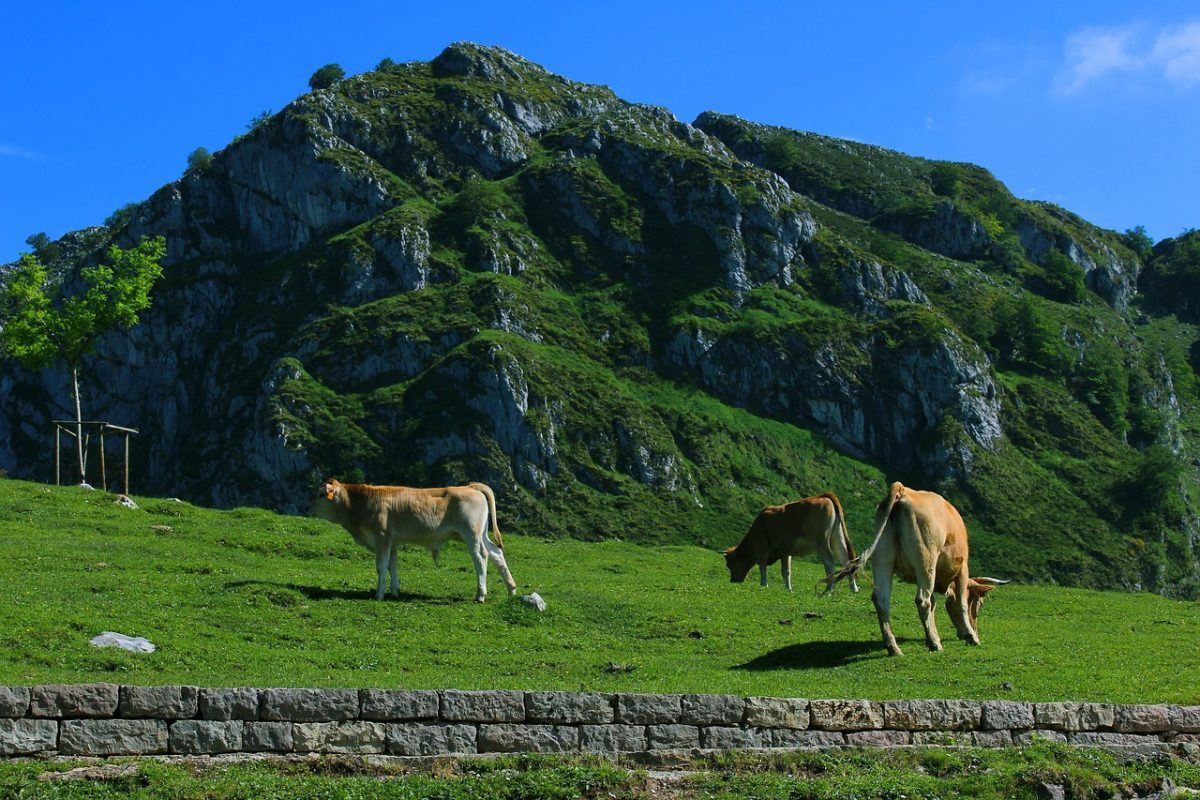
Passez vos dernières nuits à Saint-Jacques de Compostelle, une ville galicienne avec une cuisine maison raffinée et une cathédrale spectaculaire.
C'est un excellent itinéraire de voyage à coupler avec la marche épique El Camino de Santiago, un pèlerinage épique d'un mois, que j'ai couvert ci-dessous dans notre section trekking ! Et si vous voyagez ensemble en Espagne et au Portugal, ce voyage s'intégrera parfaitement, car il est simple de traverser le Portugal, juste en dessous de la Galice.
Si vous voyagez en Espagne pour les musées, dirigez-vous vers l'intérieur des terres pour Bilbao pour visiter le célèbre musée Guggenheim. Vous pouvez également faire une excursion d'une journée à La Rioja, la région viticole la plus célèbre d'Espagne !
L'Andalousie est une autre région formidable à découvrir et notre rédacteur en chef Freeborn Aiden a créé un itinéraire épique de 10 jours en Andalousie. L'Espagne offre certains des meilleurs voyages de randonnée en Europe imaginables.
L'Europe en 2 semaines Idée de voyage #2 – Portugal
Cet itinéraire au Portugal est idéal que vous ayez deux semaines ou 10 jours en Europe. En plus d'explorer quelques villes du Portugal, visitez certaines des meilleures plages que le pays a à offrir. La majorité de cette aventure se déroulera dans le Algarve, alors assurez-vous d'emporter beaucoup de crème solaire et votre short de bain.
Commencez dans la ville branchée de Lisbonne. Faites le plein de culture ici en vous promenant dans les quartiers de Lisbonne Belém, et Alfama. Assurez-vous de faire une excursion d'une journée à Sintra aussi, et découvrez l'architecture romantique de conte de fées.
Avec trois semaines, vous avez un peu plus de travail. Pour un bon mix hit les Sud de la France, les Alpes, et le Royaume-Uni. C'est certainement l'un des itinéraires de randonnée les plus variés à travers l'Europe.
Explorez les villes, les brasseries et la magnifique Forêt-Noire à Allemagne avant de se diriger vers La République tchèque.
Trois semaines en Europe Idée de voyage n°1 – France et Royaume-Uni
Commencez ce voyage dans le Sud de la France. Champs de lavande vallonnés, oliveraies et paysages tout droit sortis des rêves de Vincent Van Gogh ? Vous devez être en Provence. Le sud de la France est aux antipodes de Paris et du nord alors bienvenue au pays du soleil ! Explorez les belles plages et le magnifique intérieur de la région la plus détendue de France.
Ensuite, frappez Les Alpes. Cette région de France abrite certains des paysages naturels les plus époustouflants d'Europe. Les Alpes sont au cœur de l'aventure en France. La ville de Chamonix est le berceau de l'alpinisme moderne et abrite Mont-Blanc, la plus haute montagne d'Europe.
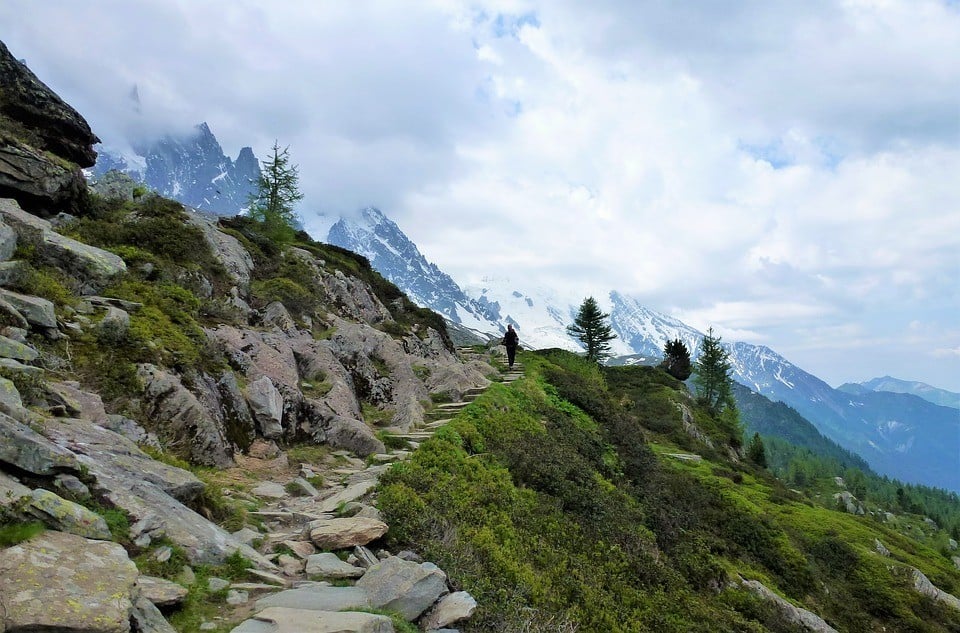

Que vous aimiez skier ou faire de la randonnée, les Alpes françaises seront certainement le point culminant de votre aventure de randonnée en France. Assurez-vous de manger une quantité saine de fromage à chaque occasion disponible
Passez quelques jours (ou plus) à explorer Paris avant de prendre un vol en ferry, en autocar ou en train pour l'Angleterre.
Explorer Les quartiers de Londres et regarde cool Brighton, avant d'appuyer sur le Côte des Cornouailles et les parcs nationaux de Pays de Galles ou Highlands en Ecosse si vous avez le temps! C'est un itinéraire assez ambitieux de 3 semaines, mais je crois en vous !
Itinéraire de randonnée en Europe 1 mois : le tour ultime de la Méditerranée
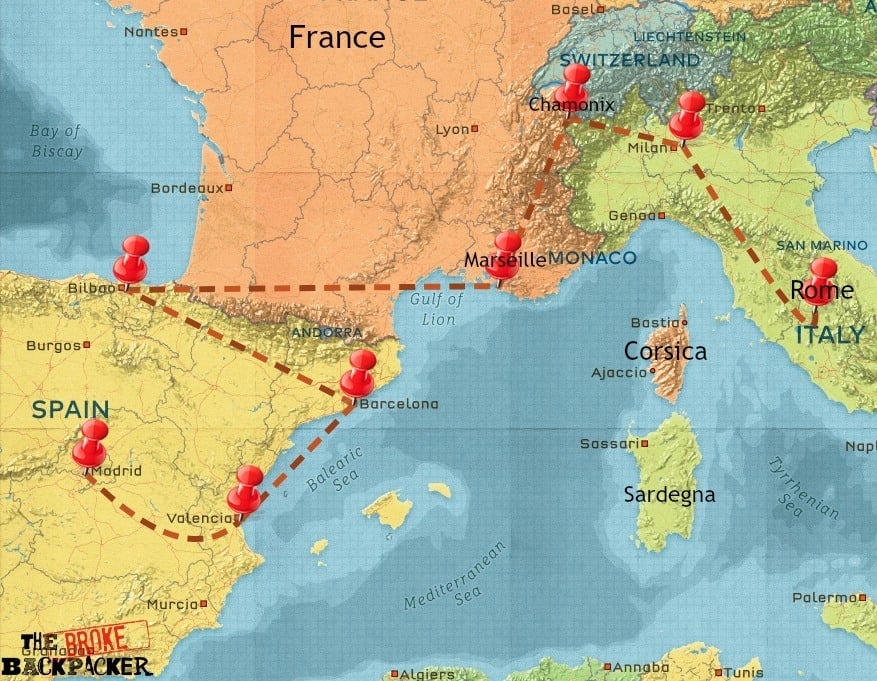

Un mois pour voyager en sac à dos à travers l'Europe ? Nous parlons maintenant! Avec un mois à perdre, vos options deviennent soudainement plus grandes. Vous pouvez maintenant commencer à penser à couvrir un itinéraire de randonnée plus large. Votre meilleure option pourrait être la route de randonnée européenne classique à travers l'Espagne, la France et l'Italie. Vous pouvez vraiment découvrir des villes fantastiques, des montagnes épiques, une cuisine alléchante et des plages méditerranéennes de rêve.
En fin de compte, planifier un voyage en sac à dos en Europe dépend entièrement de l'endroit où toi vraiment envie de visiter. Par exemple, vous pourriez ne pas avoir envie de visiter l'Allemagne ou l'Écosse ; ton cœur se languit de la France ou de l'Espagne. Avec un mois pour parcourir l'Europe, vos options sont infinies. Un mois passe vite alors ne soyez pas surpris si vous finissez par revenir pour un autre goût. Il s'agit d'un itinéraire de randonnée en Europe sérieux qui comprend à peu près tout ce que le continent a à offrir.
1 mois en Europe Idée de voyage n°1 – Voyager en sac à dos en Méditerranée
Besoin de plus d'idées d'itinéraires de randonnée en Europe? Pas de problème!
Commencez votre voyage en Madrid ou alors Barcelone, Espagne. Il y a beaucoup à découvrir dans ces villes avant de partir à la découverte de la nature du pays. Si vous vous retrouvez en sac à dos à Barcelone, il y a une tonne de fêtes amusantes à faire.
Il y a d'excellentes randonnées à faire dans le Pyrénées espagnoles Montagnes. Celles-ci vont des randonnées épiques d'une journée aux aventures difficiles de plusieurs jours. Après avoir exploré certaines des villes, des petits villages et des montagnes d'Espagne, il est temps de se diriger vers France.
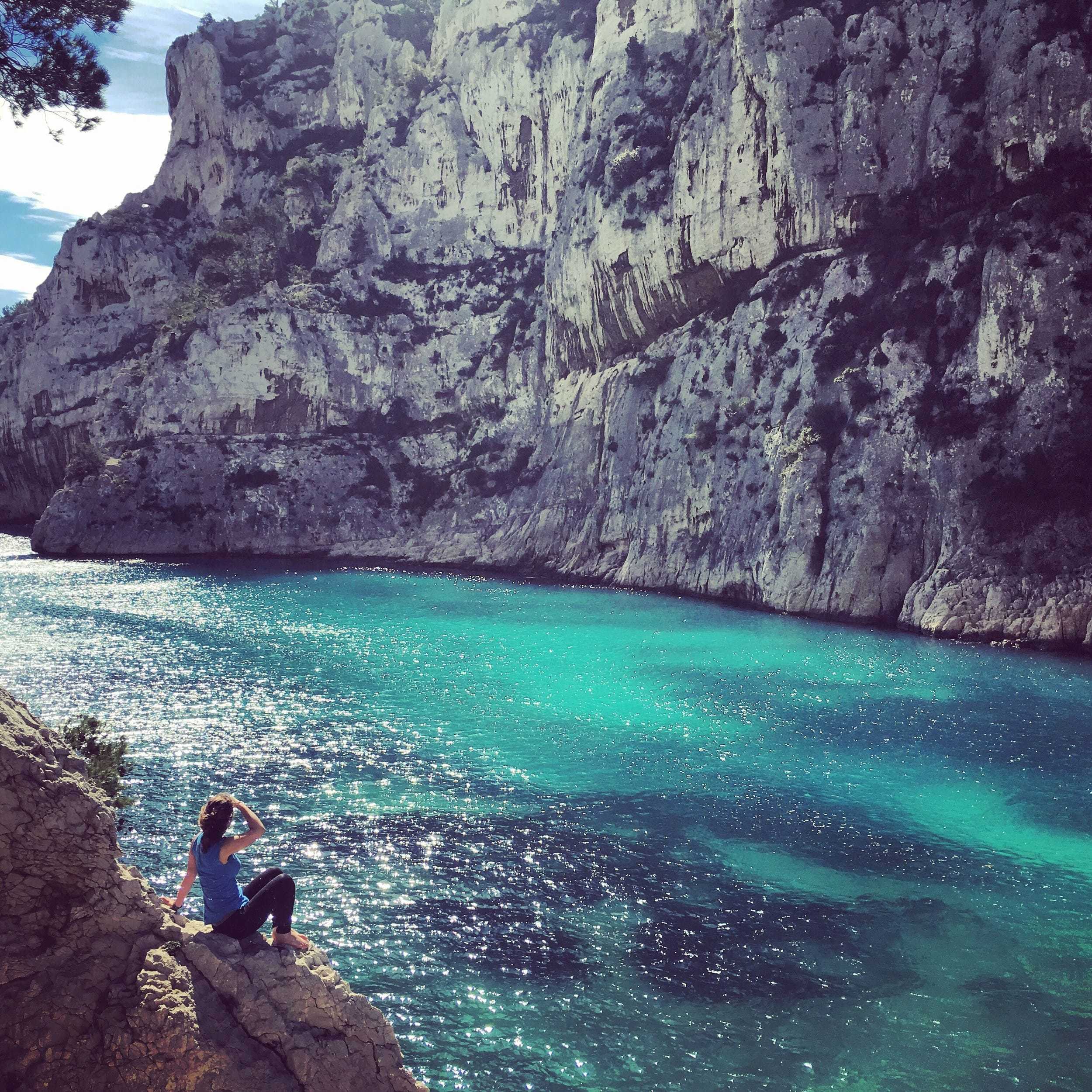

le Pyrénées françaises sont tout aussi impressionnants. Voyager en sac à dos dans les Pyrénées est vraiment un voyage sur lui-même. Je recommande de prendre le temps de visiter certaines des belles villes de montagne comme Lourdes, Foix, Saint-Jean-Pied-de-Port, Arreau, et Ayet à Bethmale.
Le sud de la France a tout pour plaire. Bonne nourriture, mer turquoise, randonnée solide, rivières et villes amusantes. Explore le Parc National des Calanques environ Marseille avant de descendre la côte en direction de Italie.
1 mois en Europe Idée de voyage #2 – Italie
Pour une expérience légèrement différente, découvrez le moteur de l'Italie : le Nord industrialisé. Cette route de l'Italie vous permettra de voir Milan, Turin, Gênes, et adorable Venise. Ces villes sont parmi les métropoles les plus importantes économiquement de l'Italie passée et actuelle. C'est l'une des meilleures façons de voir l'Italie en seulement 10 jours – deux semaines !
En commençant par le Milan chic et à la mode, vous pourrez voir de beaux bâtiments comme le Grand Duomo. Faites une excursion d'une journée à Lac de Côme pendant que vous y êtes pour une petite action Riviera-esque.
Le prochain arrêt est Turin, l'épicentre « royal » de l'Italie. Découvrez l'un des nombreux palais ou, au contraire, visitez un musée industriel. Les Alpes sont également là, alors n'hésitez pas à faire de la randonnée, du ski ou tout ce qui vous plait en plein air.
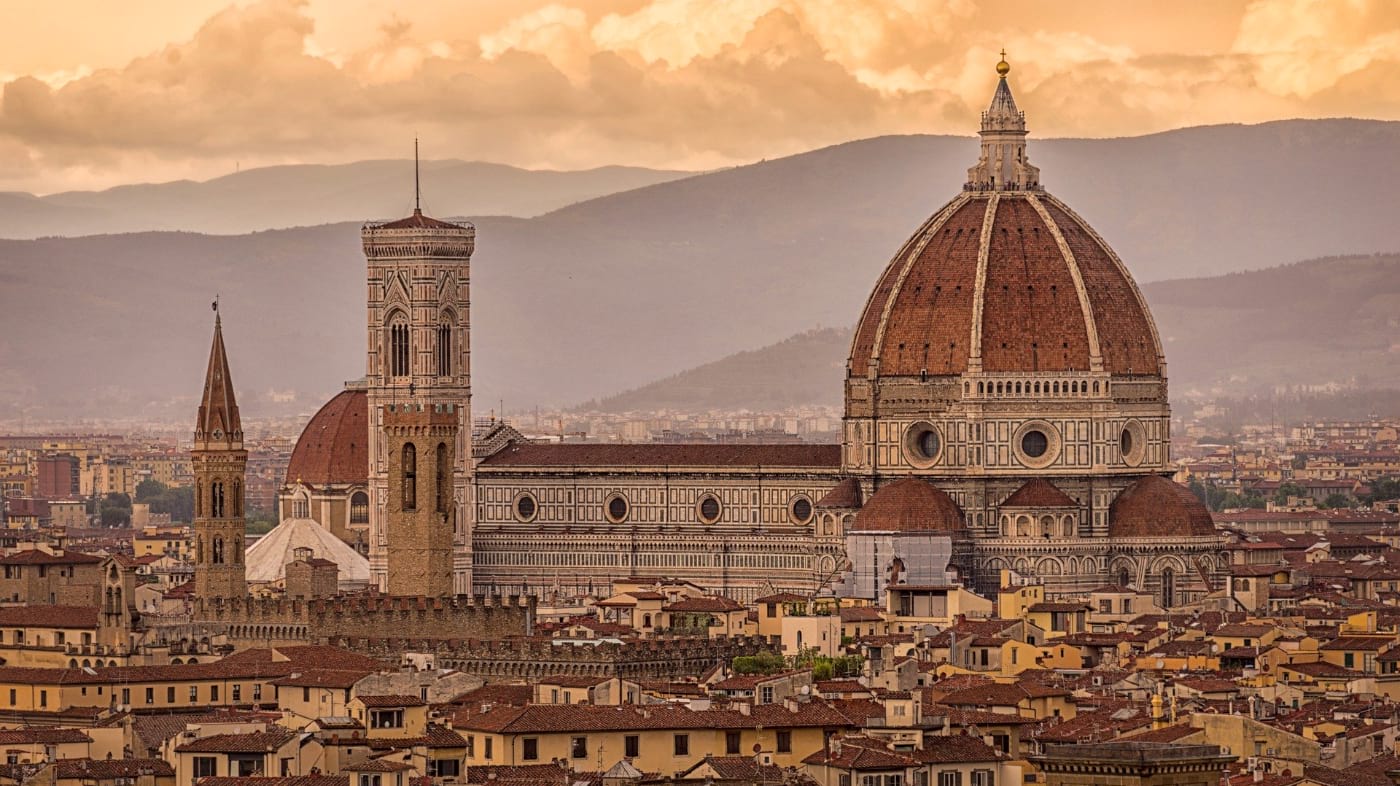

Gênes est à une courte distance en voiture de Turin et est un peu une destination oubliée. Cela ne veut pas dire pour autant que cela ne vaut pas la peine d'être visité ! Passez un jour ou deux dans cette ville portuaire et dégustez une cuisine étonnante. Enveloppant les choses, dirigez-vous vers l'est pour Venise, le joyau de l'Adriatique.
Promenez-vous parmi les canaux et les ponts et ressentez la grandeur de l'une des plus belles villes d'Italie. Sinon, dirigez-vous vers le sud vers le puissant, éternel Rome et Florence et profitez des merveilles historiques de l'Italie centrale.
Si vous avez encore deux semaines à perdre, vous pouvez facilement le Portugal au début de cet itinéraire de randonnée. C'est assurément la randonnée en Europe dans sa forme la plus classique.
Itinéraire Backpacking Europe 3+ mois: L'ultime itinéraire européen de la randonnée
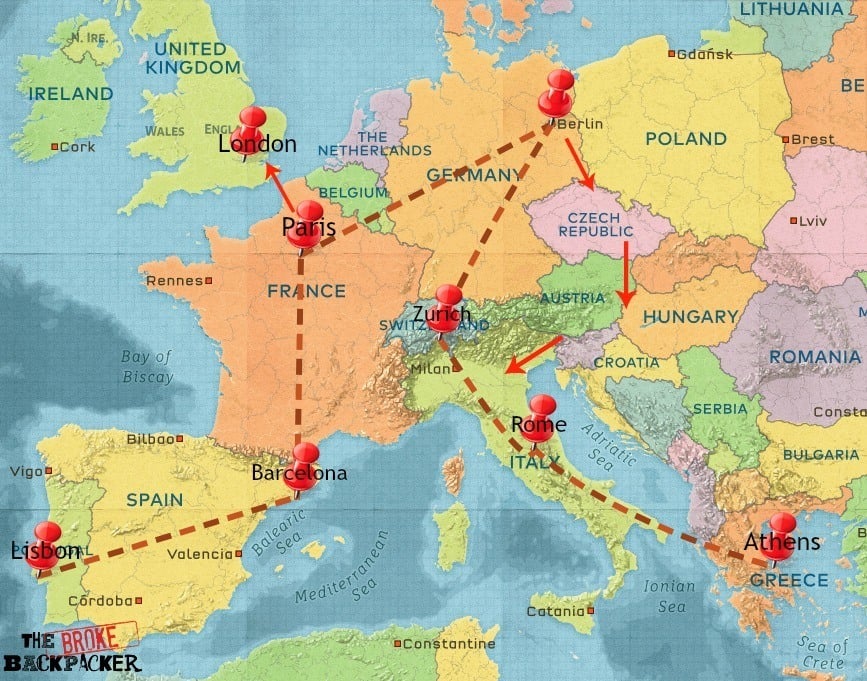

Avoir trois mois ou plus pour voyager en Europe est une expérience formidable. Vous pouvez vous déplacer à votre rythme, prendre le temps de profiter des endroits que vous aimez, peut-être apprendre un peu une nouvelle langue, nouer de solides amitiés et vraiment acquérir l'essence de la vie en Europe.
Pour un itinéraire de randonnée en Europe de 3 mois, le ciel est la limite. Je recommande de prendre le temps de sortir des sentiers battus et d'explorer l'enfer d'un endroit que vous connaissez peu. Autriche, Ecosse, Grèce, et Nord du Portugal sont tous candidats. Référez-vous aux itinéraires que j'ai énumérés ci-dessus pour une première inspiration, puis tracez votre propre chemin et écrivez votre propre destin fantastique de routard.
Idée de voyage 3 mois en Europe #1 – Grèce
Voyager en Grèce comme option de voyage principale ou secondaire est une expérience formidable. C'est un bon itinéraire si vous n'avez pas un emploi du temps serré et que vous voulez sortir de la grille. Cette région a des plages et une culture incroyables, mais les ferries peuvent être irréguliers. Si vous prévoyez de combiner un voyage à la Grèce avec la Turquie, vous devriez certainement vérifier ces belles îles.
Commencez votre voyage le Karpathos, et profitez de ses sentiers pédestres, de ses paysages surréalistes, de ses moulins à vent blanchis à la chaux et de son eau bleu verre pour la baignade et la plongée en apnée. Cette île est populaire auprès des kitesurfeurs. Le prochain arrêt est Tilos, une île pleine de criques cachées accessibles uniquement à pied et de prairies verdoyantes. Ensuite, vous pouvez prendre le ferry pour Rhodes, qui est connue pour son histoire, sa vie nocturne et sa belle ville médiévale.
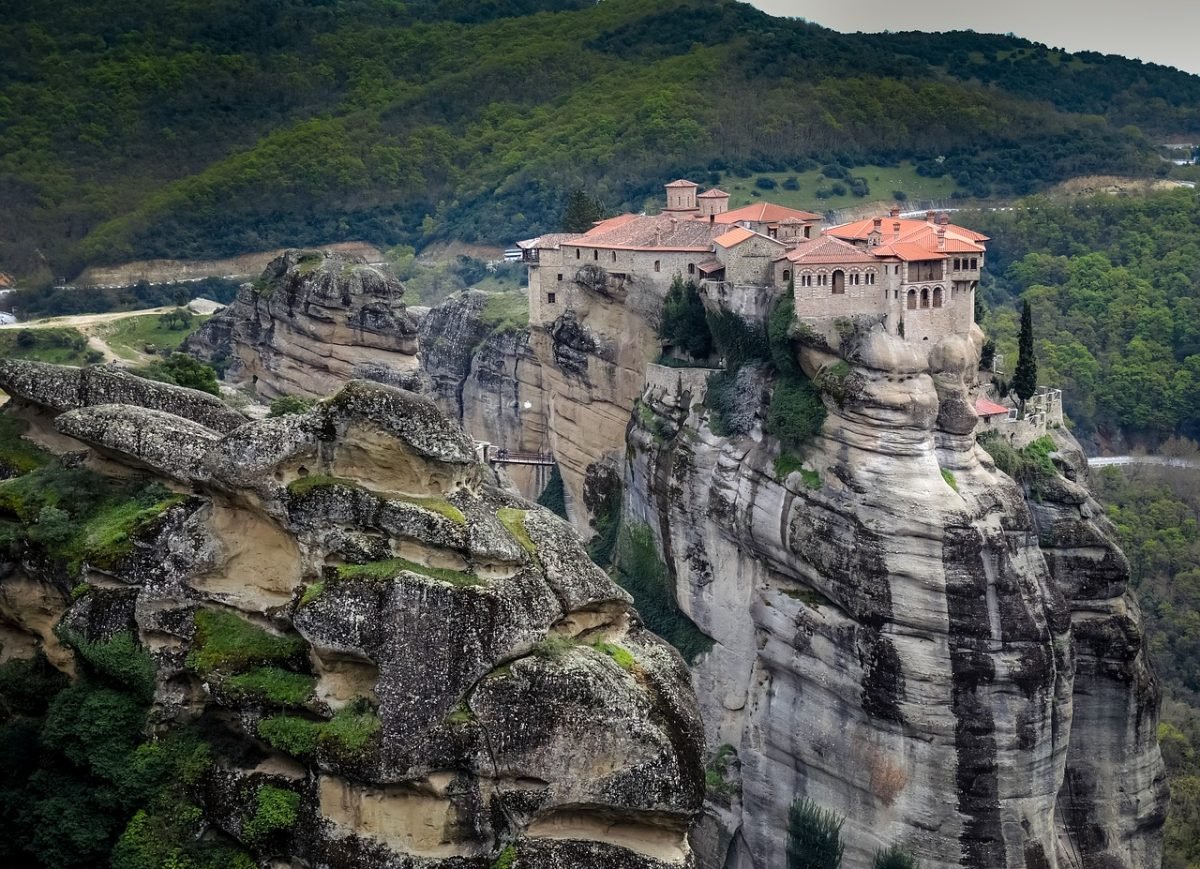

Depuis Rhodes, vous pouvez naviguer jusqu'à l'île de Kos puis dirigez-vous vers Léros, une île idéale pour se détendre, puis pour Samos. Cette île est connue pour ses cascades et ses plages isolées. En continuant vers le nord, vous pouvez frapper Lesbos, connue pour son huile d'olive, son ouzo (alcool grec traditionnel) et ses sources chaudes, ou Kalymnos, une île où les grimpeurs se réjouissent des falaises calcaires. Puis c'est le retour à Athènes !
Les meilleurs pays à visiter en Europe
Où que vous décidiez de partir pour votre voyage de randonnée en Europe, vous serez sûr d'être époustouflé par toute la magie qui vous attend. Chaque pays d'Europe est unique, plein de surprises et nécessite sa propre approche et sa propre stratégie en matière de sac à dos à petit budget.
Le fil conducteur est clair : faire du backpacking en Europe est une aventure fantastique que tout voyageur devrait vivre au moins une fois dans sa vie…
Une fois que vous commencez à découvrir quelques pays européens par vous-même, vous pouvez être sûr que vous serez fasciné par les paysages à couper le souffle, l'histoire fascinante, la culture vibrante et la nourriture spectaculaire. Vous ressentez encore l'impatience ? Bien! Jetons un coup d'œil aux pays qui rendent la randonnée en Europe si spéciale.
Jetez un coup d'œil à notre aperçu des endroits où faire un sac à dos en Europe.
Voyage au Portugal
Le Portugal est en quelque sorte un grand paradis. Le rythme est ici plus lent que celui des autres pays européens. Certains des meilleurs surfs de l'hémisphère nord se trouvent au large des nombreuses plages du Portugal. Le pays regorge d'habitants sympathiques, de villages charmants, de fêtes amusantes et de l'une des vibrations les plus relaxantes que vous rencontrerez sur terre.
Voyager en sac à dos au Portugal est très facile et c'est finalement un endroit idéal pour commencer votre aventure internationale. Se prélasser sur la plage. Visite d'un village secret. Mangez des fruits de mer. Buvez de la bière glacée et souriez comme un imbécile tout en admirant un coucher de soleil épique sur l'océan.
La plupart des routards commencent leur voyage à Lisbonne car cela plaît à presque tout le monde. Il y a de la bonne nourriture, du beau temps, de belles fêtes à Bairo Alto et de nombreux endroits à voir à proximité. Sintra ne doit pas être manqué.
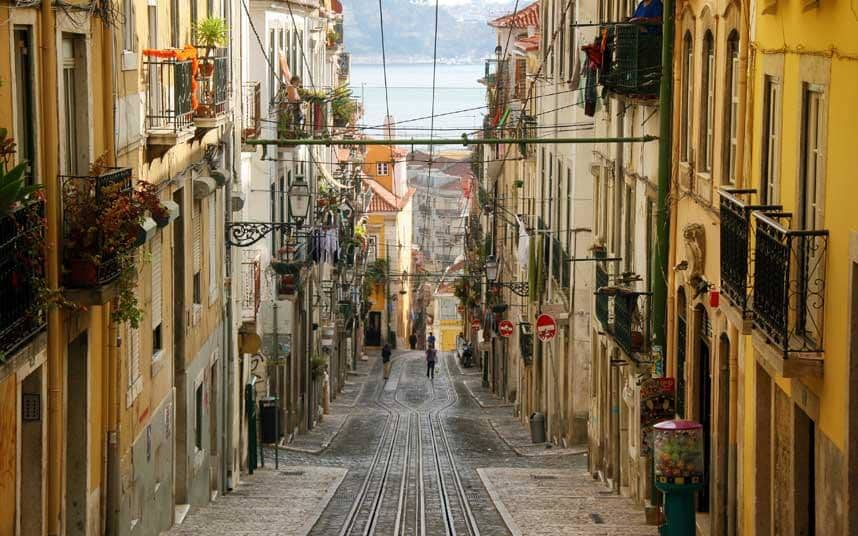

Le sud du Portugal, également connu sous le nom d'Algarve, est la partie la plus méditerranéenne du pays. Cela ressemble plus au sud de l'Espagne non seulement dans le paysage mais dans les vibrations. Attendez-vous à beaucoup de touristes en vacances ici et à plus que quelques Australiens ivres et errants.
Le nord du Portugal est plus atlantique. Cela signifie une cuisine plus rustique, des jours (un peu) plus nuageux et des vagues plus grosses. C'est l'endroit où aller si vous voulez faire du surf.
Le Portugal est également composé de deux régions insulaires semi-autonomes : les Açores et Madère. Les deux sont tout simplement plus impressionnants que le continent. Il y a des tas de choses à faire aux Açores et ce n'est pas pour rien que Madère s'appelle "Le pays du printemps éternel".
Ce qu'il faut savoir avant de visiter le Portugal
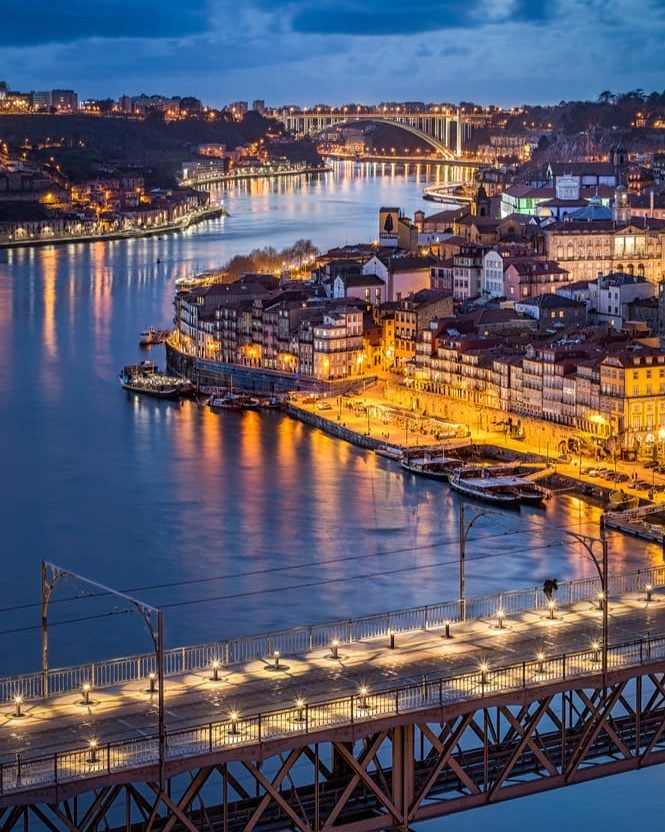

- Ne manquez pas…Porto. Les routards adorent Lisbonne, mais sa voisine du nord est tout aussi cool. C'est un peu plus industriel et graveleux, ce qui est une bonne chose selon l'OMI.
- Gardez un oeil sur…routards ivres à Lagos. Ce n'est pas largement annoncé mais cet endroit est un SHITSHOW la nuit. Restez ici si vous voulez vous perdre.
- L'auberge la plus cool est…Oasis Backpackers Mansion Lisboa – Super central et juste à côté d'Adamastor, un joli point de vue où de nombreux artistes se détendent et fument.
- La meilleure nourriture se trouve dans…le Mercado da Ribeira à Lisbonne. C'est la Mecque de tous les marchés alimentaires, la crème de la crème. Vous pouvez trouver presque tout ici!
Randonnée en Espagne
L'Espagne est un pays fascinant. L'un de mes meilleurs amis et les plus grands humains que j'aie jamais connus vient d'Espagne. Il ne faut pas chercher bien loin pour comprendre pourquoi ce pays, en plus de produire de charmants êtres humains, est une terre magique pour les routards.
Vous aimez dormir ? Vous êtes venu dans le mauvais pays. Pensez dîner à minuit ! L'Espagne est un pays vraiment jamais dort. Mais pas dans le sens merdique de Las Vegas. Les Espagnols pratiquent la privation de sommeil avec style.
L'Espagne a juste un certain charme. Est-ce les petites assiettes de délicieux Tapas ? Le vin frais et froid servi avec du melon orange doux en été ? Les vieilles oliveraies qui traversent de minuscules villages ? Les belles plages ? L'église de Barcelone qui est un perpétuel projet de construction ?
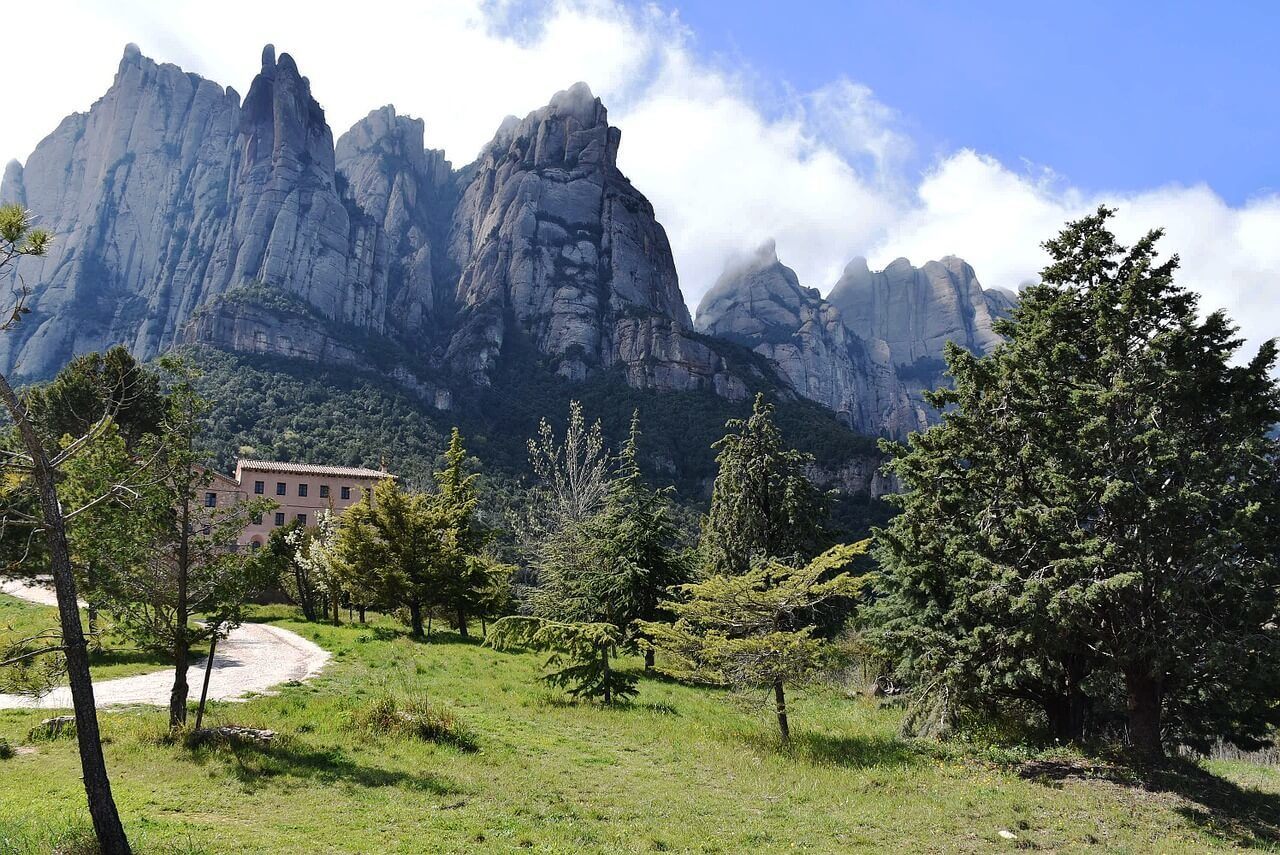

Je soupçonne que mon amour de l'Espagne est profondément enraciné dans toutes les petites nuances que l'on expérimente quotidiennement en voyageant ici.
De nombreux routards ne font que traverser Barcelone et Madrid. Bien que ces villes soient à ne pas manquer, parcourir l'Espagne en sac à dos sans explorer ses autres régions serait une erreur.
L'Espagne est incroyablement diversifiée. Assurez-vous de vérifier ses montagnes. Explorez l'Andalousie, le Pays Basque et la Catalogne. Allez à un match de football ou à une corrida. Découvrez les musées de classe mondiale lors d'une randonnée à Madrid. Cela vous semble amusant ? C'est l'Espagne.
Ce qu'il faut savoir avant de visiter l'Espagne
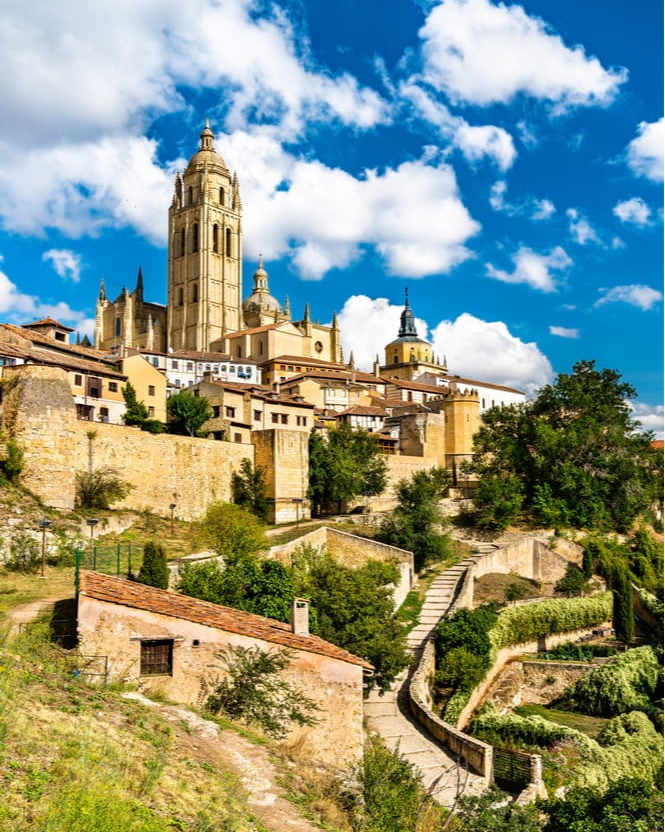

- Ne manquez pas…le basque. C'est comme un pays complètement différent, avec des paysages épiques et une histoire extrêmement fascinante. Saint-Sébastien est le meilleur endroit où séjourner.
- Gardez un œil sur…performances de salsa décevantes dans le cuevas de Grenade – ce sont des pièges à touristes. Assistez plutôt à un spectacle dans la principale salle de spectacle de la ville.
- L'auberge la plus cool est…Hostel One Catedral – Dîner et visites gratuits, bar sur le toit et emplacement central !
- La meilleure nourriture se trouve dans…trou dans le mur des restaurants de tapas. Littéralement, vous passerez juste à côté d'eux à moins que vous ne sachiez qu'ils sont là. Grenade dispose du meilleur.
Randonnée en France
La France pourrait bien être le pays le plus diversifié que vous rencontrerez lors d'une randonnée à travers l'Europe. En plus de deux côtes et de deux chaînes de montagnes, la France a une grande variété de cultures, de paysages et de nourriture emballés dans un seul pays. Paris est incroyable et sérieusement l'une des villes les plus excitantes au monde.
La côte méditerranéenne est quelque chose tout droit sorti de vos rêves. Trekking ou ski dans les Alpes est une expérience inoubliable.
La France est très régionale. Où que vous vous tourniez, vous trouverez différentes sortes de vins, de fromages et même des variantes de la langue française. Si vous aimez la gastronomie, la culture et les terrains de jeux extérieurs, une escale en France est un choix évident pour les routards explorant l'Europe.



- Ne manquez pas…Passer une nuit dans un refuge de montagne dans les Alpes. Le Refuge de la Charpoua est particulièrement épique.
- Vous savez ce qui est surfait…payer beaucoup d'argent pour monter à la Tour Eiffel. Voyez-le d'en bas et économisez de l'argent pour le reste de Paris.
- L'auberge la plus cool est…St Christopher's Inn Gare du Nord – Cette auberge de jeunesse coche toutes les cases : conviviale, propre, de bonne taille et dans l'ensemble une ambiance super amusante.
- La meilleure nourriture se trouve dans…Vous ne pouvez pas vous tromper avec un peu de Brie et une bouteille de Bourdeaux. Mais ce n'est que le début car ils disent qu'il y a un vin et un fromage différents à essayer pour chaque jour de l'année…
Randonnée Italie
L'Italie est une destination de vacances populaire depuis looooonggg. Les touristes viennent ici depuis des années pour voir le Colisée, boire du vin en Toscane, visiter les canaux de Venise; tous ces trucs touristiques.
Par conséquent, peu de gens s'éloignent de la principale route de randonnée en Italie et, sans surprise, beaucoup disent que le tourisme ici s'est un peu calcifié. Certains pourraient dire que l'Italie ne peut rien offrir d'autre que les mêmes vues de carte postale et les mêmes baristas mécontents.
Mais il y a beaucoup plus à voir en Italie en plus des attractions habituelles car, soyons honnêtes, tout est beau en Italie. Livre pour livre, l'Italie est peut-être l'un des plus beaux pays du monde et vous auriez du mal à trouver une seule pierre laide ici.
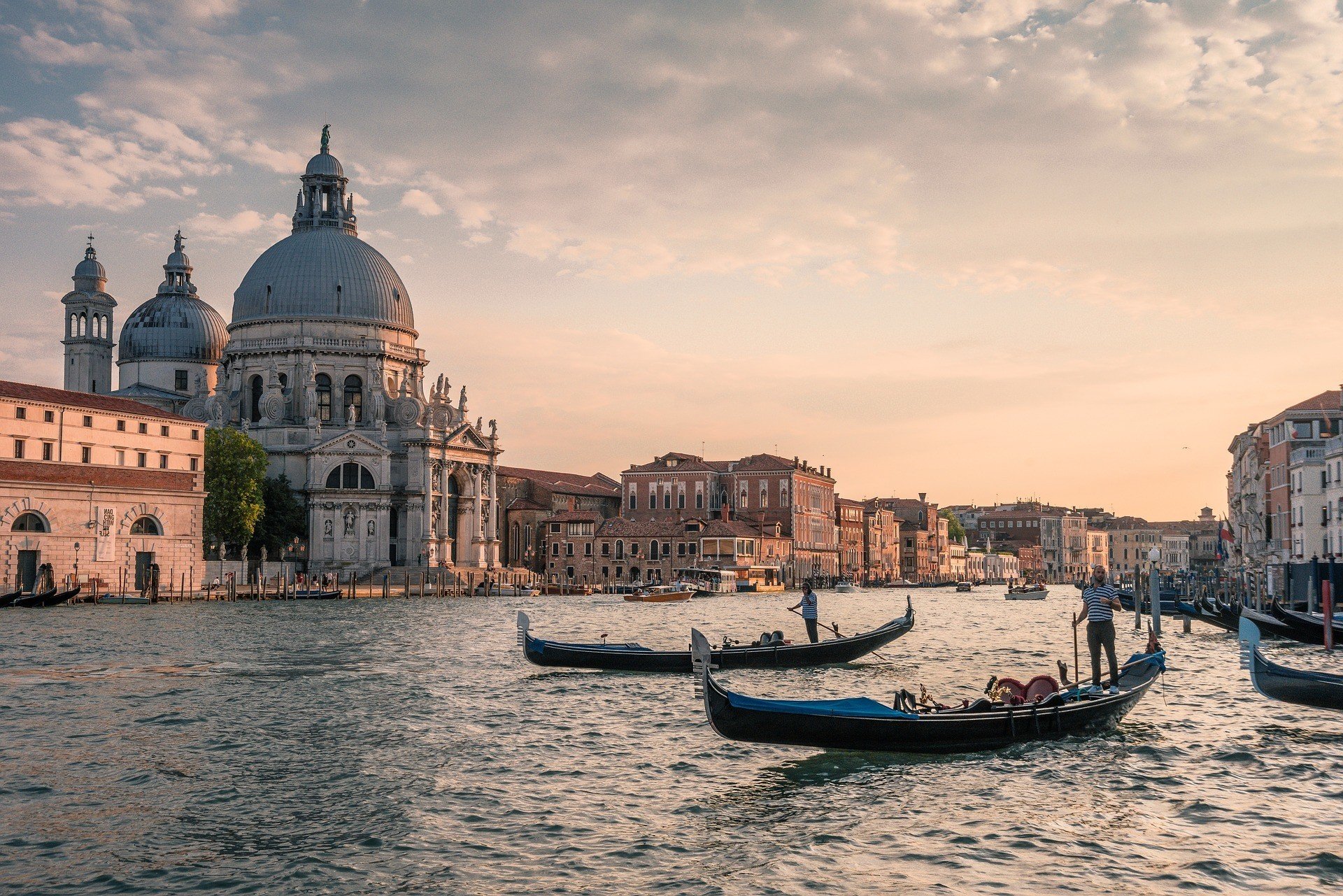

Les plages des Pouilles et de la Sardaigne sont parmi les plus brillantes d'Europe (elles ne comparent pas les premières aux « Maldives » sans raison). Les Dolomites sont vraiment uniques et peu d'autres montagnes peuvent rivaliser. Rome… Rome est incroyable ; où d'autre pouvez-vous trouver des chefs-d'œuvre de presque toutes les époques de la civilisation occidentale ?
La cuisine italienne, qui a reçu un traitement similaire, devrait être explorée avec le même enthousiasme. La Sicile avec ses kilomètres de côtes produit certains des meilleurs fruits de mer du pays, sans parler des déserts incroyables. le taglière (charcuteries) de Toscane sont les meilleures que vous trouverez. Peu importe ce que vous mangez, il y a de fortes chances que ce soit délicieux. Ne demandez pas de pizza à chaque fois
Alors donnez une chance à l'Italie! Ne laissez pas les touristes blasés et amers vous dire qu'il n'y a rien de nouveau à voir ou à faire ici ; il faut juste sortir un peu des sentiers battus. Visitez Florence, découvrez la côte d'Almafi mais réservez du temps pour explorer les régions les moins visitées, comme les Marches, l'Ombrie, la Calabre, etc.
Ce qu'il faut savoir avant de visiter l'Italie
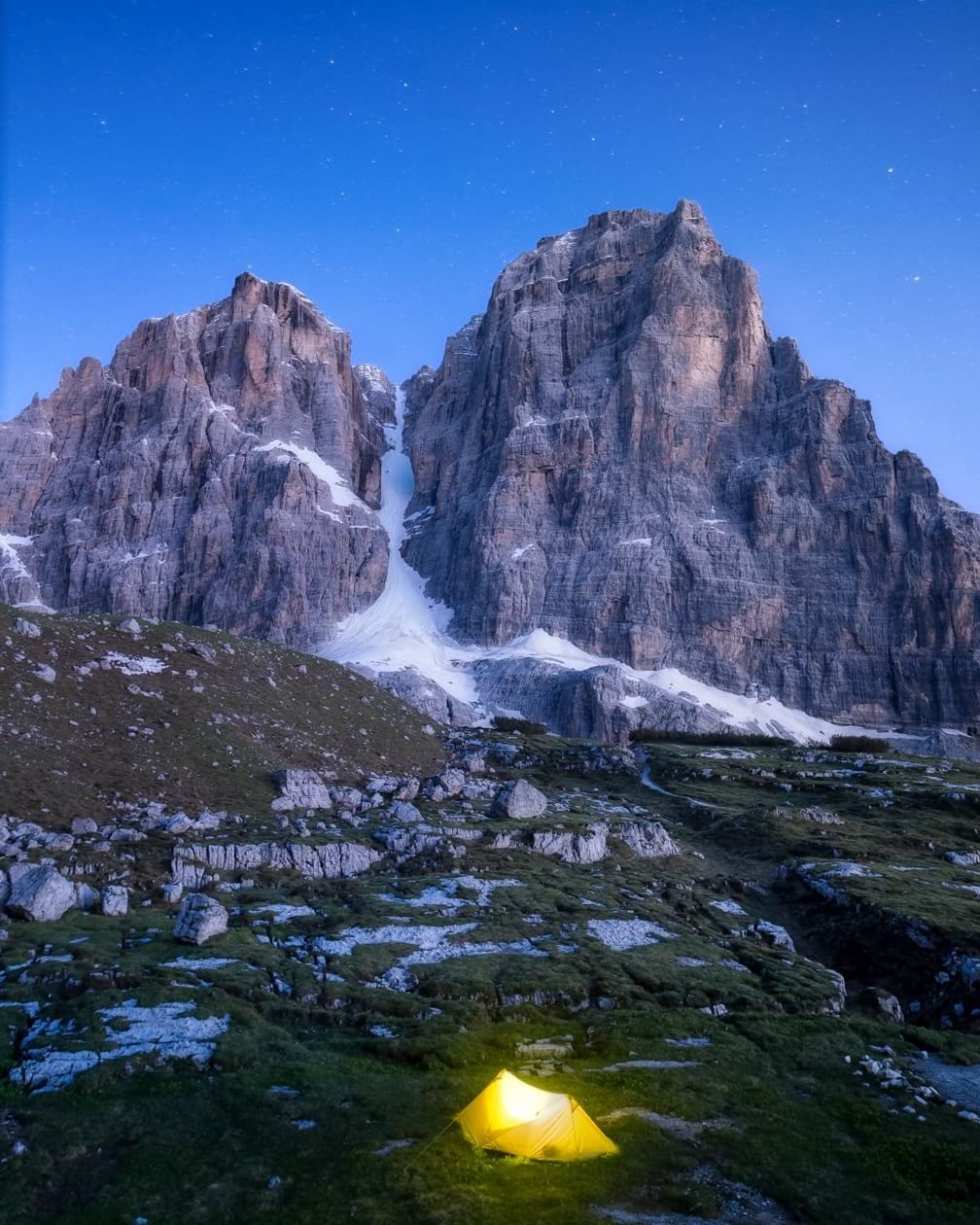

- Ne manquez pas…séjour à Bologne. Elle échappe au radar de la plupart des gens, même si c'est sans doute la ville la plus cool d'Italie. Une nourriture incroyable, une belle architecture et une vie nocturne qui ne s'arrête pas.
- Vous savez ce qui est surfait…la tour penchée de Pise. Tellement de selfies horribles et de poses maladroites. Take a moment to actually appreciate the nearby duomo and baptistry guys.
- The coolest hostel is…Generator – Rome. Stylish and fun, like an Italian hostel ought to be.
- The best food is found…everywhere! Really you can’t go wrong here. Genoa, Bologna, Naples, and Sicily all take top honors.
Backpacking Switzerland
If you are planning on spending time in the French or Italian Alps, a visit to Switzerland is an obvious choice. Switzerland is a land famous for its equally beautiful Alps, quaint villages, and hip cities. Heard of the Matterhorn mountain? It lives in Switzerland.
In addition to its powdery peaks, Switzerland is also home to gorgeous alpine lakes. Take in some of the ancient castle fortifications lakeside by day and sip the legendary Swiss hot chocolate by night.
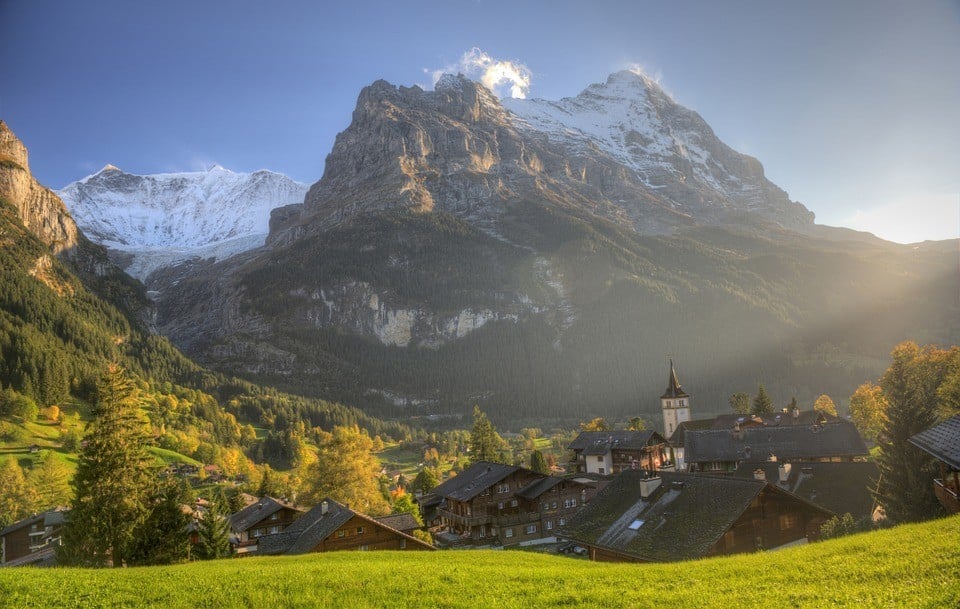

In Switzerland, you do have to pay for the pleasure. For better or worse the Swiss people have this whole thriving economy thing down to a T. As a country long resistant to changing over to the Euro, the Swiss Franc is as strong as ever before. For backpackers, this translates into a scenario of high cost, high reward.
That said, if you have a week or two on your hands, Switzerland will certainly do anything but disappoint.
What to Know Before Visiting Switzerland
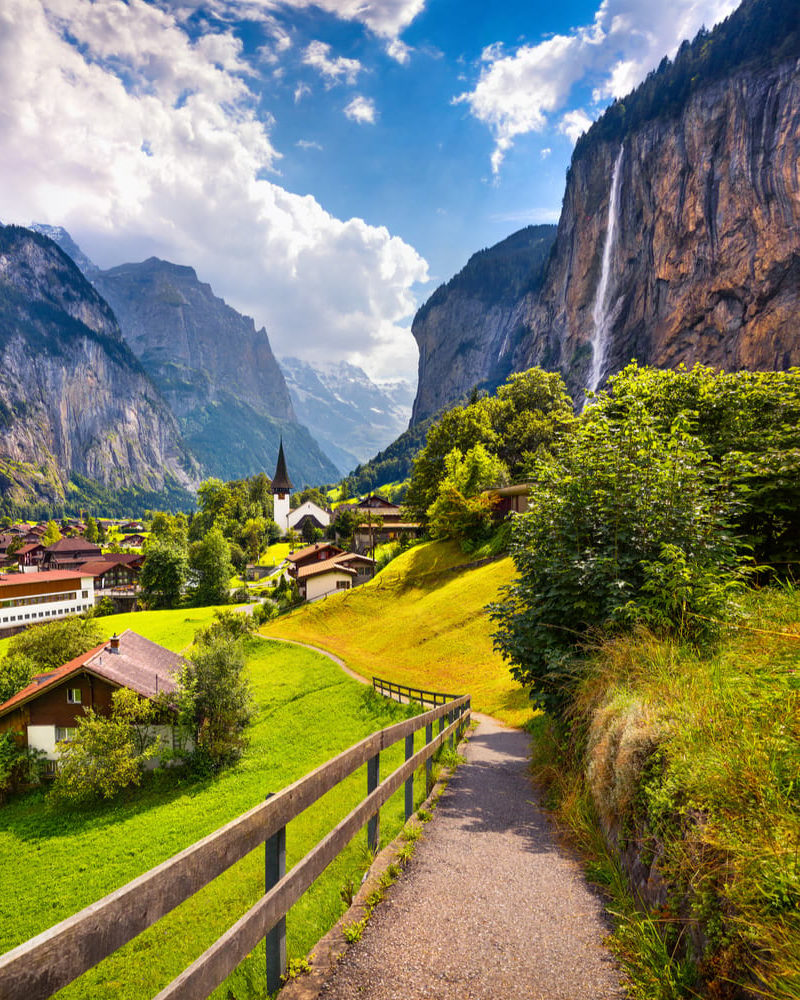

- Don’t miss out on…the Bernese Oberland. This region features probably the most famous and stunning hikes in the country. Check out the trails around Eiger and the Lauterbrunnen Valley.
- Keep an eye out for…the prices; the pure, unadulterated, merciless, eye-gouging, seemingly unreal prices. You’ll need to employ every trick in the book if you want to visit Switzerland on a budget.
- The coolest hostel is…Backpacker’s Villa Sonnenhof Interlaken. Offers a ton of freebies!
- The best food is found in…the grocery stores. Swiss is food just ok; certainly not worth the prices at the restaurants!
Backpacking Austria
For one reason or another, Austria is not a country typically included on the usual European backpacker itinerary. It would be an absolute shame to miss though because Austria has all the makings of great time!
For starters, Vienna is easily amongst the most beautiful cities in Europe. Everywhere you look, there is some regal remnant of the Hapsburgs: a palace here, a monument there, and plenty of museums to go along with them. In between these are grandiose coffee houses that will make any Starbucks look like a janitor’s closet.
The nightlife of Vienna, though nothing compared to Berlin or Budapest, can still be fun; you just need to know where to look. Find out be checking our Vienna travel guide.
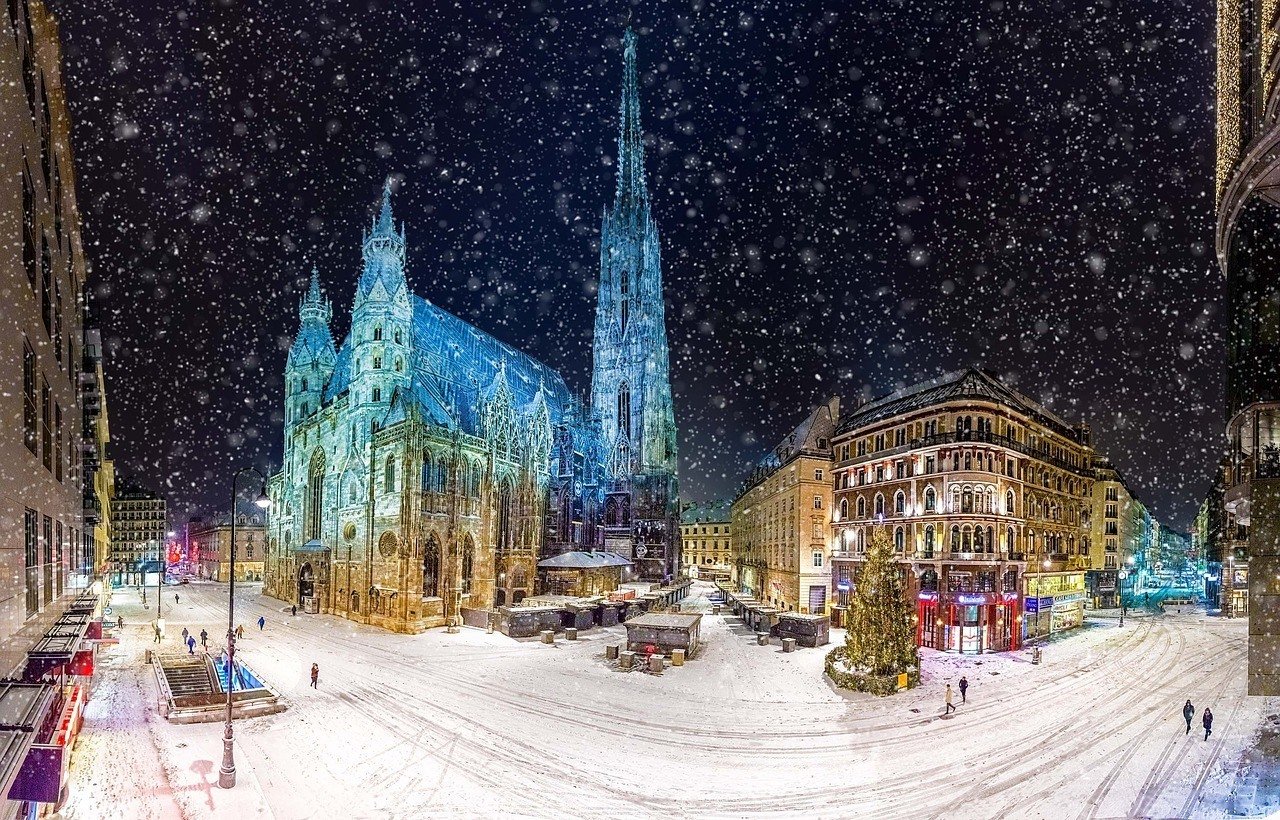

Beyond Vienna, you have airy Salzburg, winter wonderland Innsbruck, and the Austrian Alps to explore. Although less imposing than the ones you might find in Switzerland or Italy, Austria’s mountains are no less rugged and suffer less from overcrowding — a true delight for hikers.
Austria also benefits from an excellent location. It may not seem so at first, being on the fringes of Western Europe, but from here you can launch easily into Germany, Italy, and the best Eastern European countries. Budapest, Prague, and Zagreb (Croatia) are all within 3-4 hours of Vienna; Bratislava is a mere is only an hour away by train.
So consider stopping by Austria on your backpacker trip. For those who want to go off the beaten path and would like a nice break from the usual, sometimes overwhelming main attractions, this is the place to visit.
What to Know Before Visiting Austria
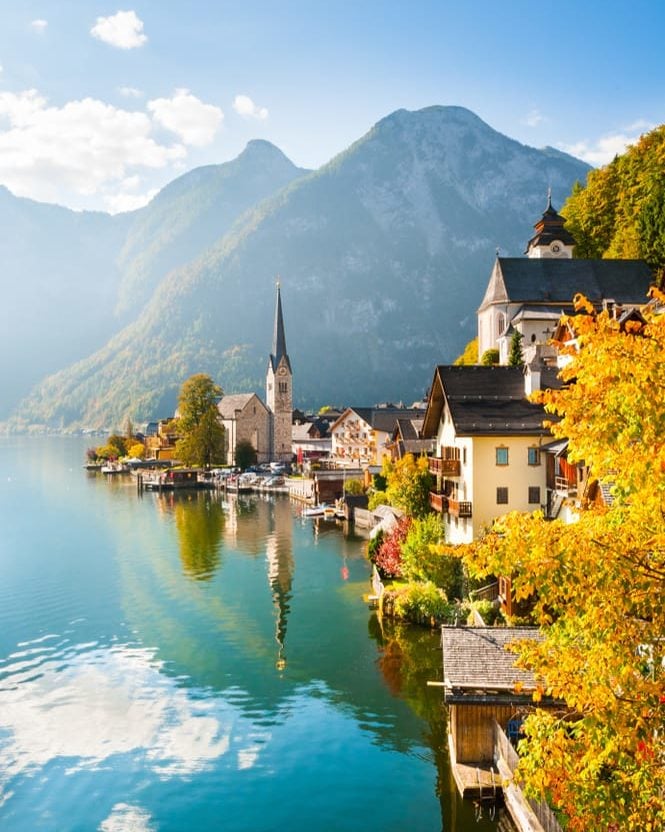

- Don’t miss out on…the cafe culture. Cafes are a cornerstone of any Viennese itinerary and let me tell you they do not disappoint. The coffee is stellar, the conversations are enlightened, and the hours fly by.
- Keep an eye out for…smoking indoors. It’s legal in Austria and some cozy cafes can be unbearable to sit in.
- The coolest hostel is…Wombats City Hostel Vienna – A poster child of a European hostel that excels in every way.
- The best food is found in…Vienna. There is a commendable amount of gastronomic diversity in Vienna. In fact, some of the best Israeli food I’ve outside the country was here!
Backpacking Germany
After gaining a (justified) terrible reputation on the world stage in the first half of the 20th century, Germany has emerged over the last 50 years as an economic powerhouse and center of culture in Europe. Having totally reinvented itself since the days of the Nazi’s and World War Two, modern day Germany is an awesome place to go backpacking.
As a lover of cool cities and good beer, I am totally enamored with Germany. While famous for its fast cars and pretzels, there is so much more to see whilst backpacking Germany – historic towns, medieval monasteries and castles, culture-filled cities, fairy-tale forests, and majestic mountains.
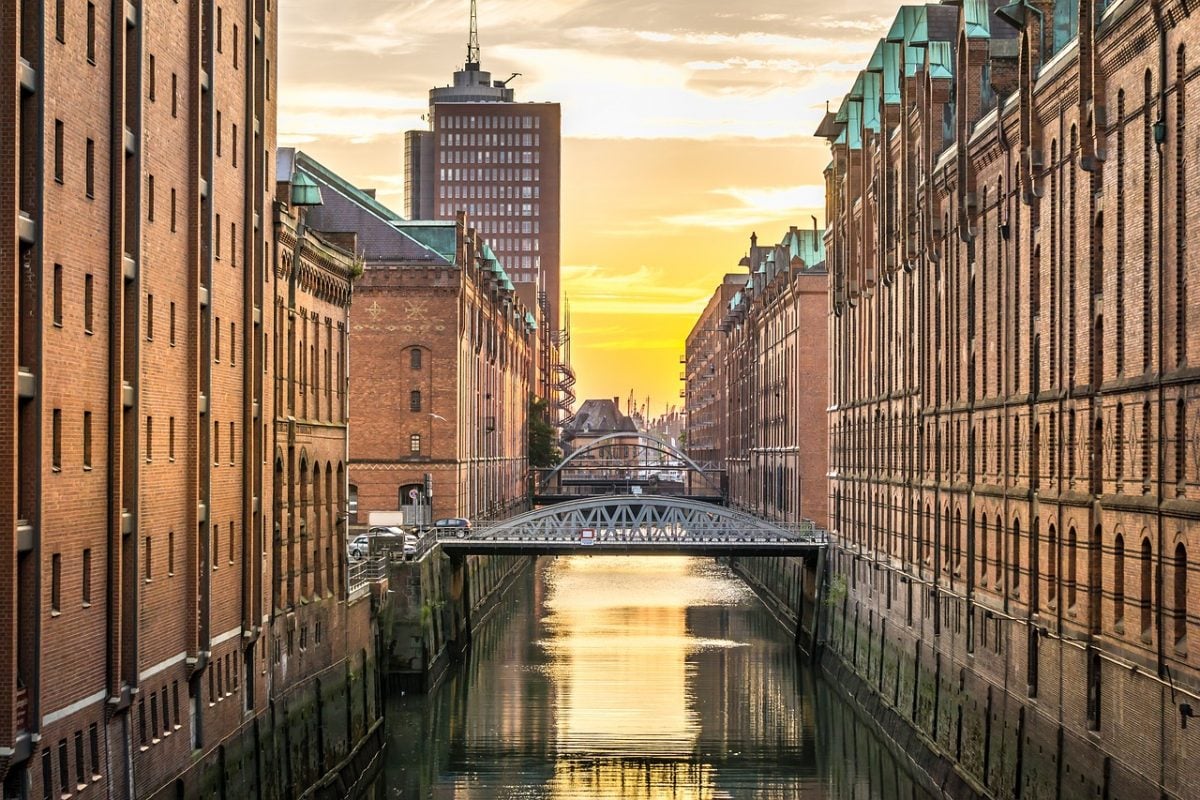

To top it off, Germany has one of the strongest economies in the EU, yet traveling here is surprisingly affordable in comparison to the rest of Western Europe. Plus, backpacking Germany is a great addition to any European travel itinerary!
Most backpackers gravitate towards Berlin, and for good reason: its nightlife is unbeatable and there is a wealth of culture to keep people interested. But there are other places in Germany worth seeing. Dresden, beaten to shit during WWII, has been wonderfully restored. Hamburg is totally under-the-radar. Finally, Regensburg may be the prettiest town in the country.
What to Know Before Visiting Germany
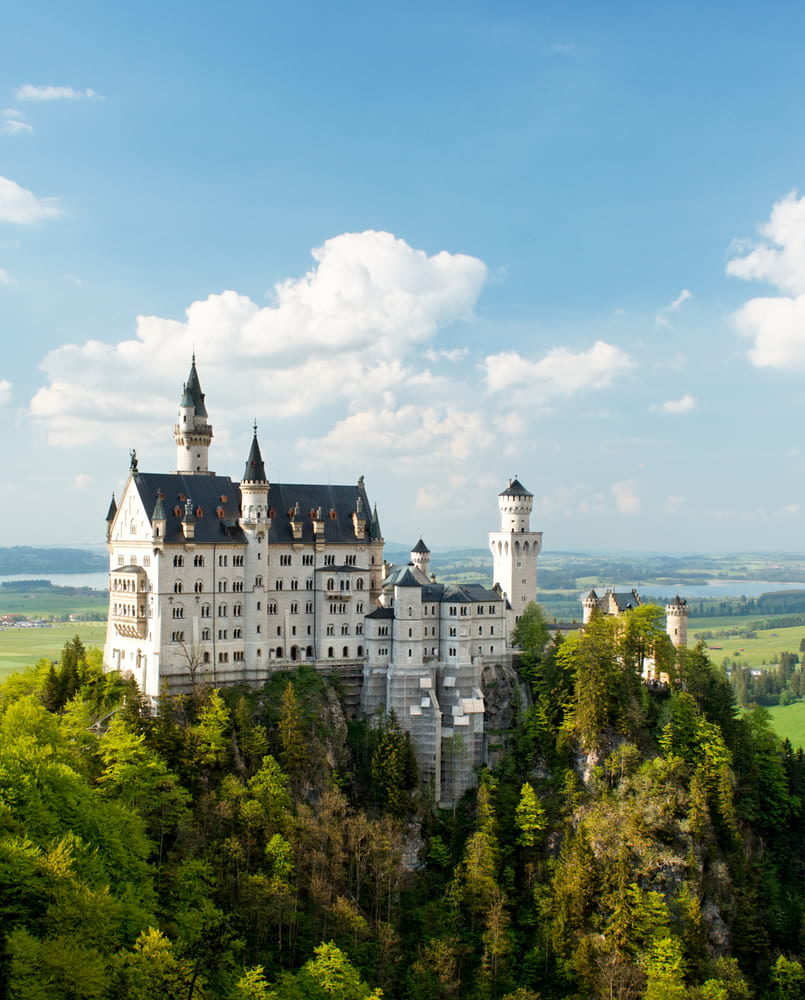

- Don’t miss out on…visiting a beer hall. No one can drink like the Germans and by that, I mean with such control and enjoyment at the same time.
- You know what’s overrated…Munich. The city itself, whilst pretty, doesn’t offer a lot in the way of attractions. The locals can be pretty arrogant too.
- The coolest hostel is…Pfefferbett Hostel Berlin – Located in an old renovated brewery. Yes, they kept the bar, and it’s open 24 hours a day.
- The best food is found in…Berlin. The gastronomic scene is incredibly diverse, unlike many other German cities where food tends to be homogenous. Vegetarianism is alive and thriving here!
Backpacking The Netherlands
Coffee. Canals. Cannabis. Windmills. Those are some of the things that come to mind when thinking about The Netherlands. Amsterdam has long been a favorite backpacker haunt and is well worthy of exploration. Nowhere else in Europe can you (legally) rock into a cafe, order a joint, and sit down to smoke it.
If you like riding bicycles long-distance, The Netherlands is a perfect country in which to feed that urge. The Netherlands is almost entirely flat. If you have had long challenging days trekking or biking in the Alps, the flatness here will be a welcomed change.
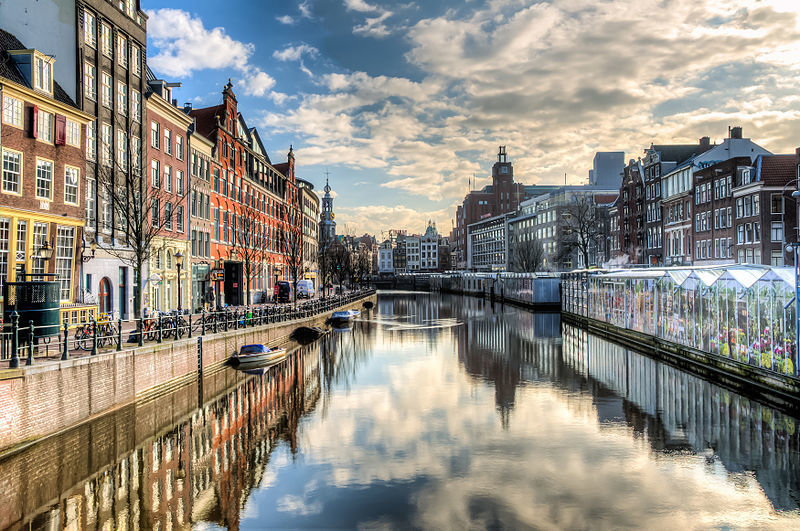

You will find that Dutch people often speak perfect English which is impressive as Dutch sounds nor looks anything like English. Because the country is relatively small, you can travel around here with ease whilst taking in a majority of it.
One of the best things to do whilst backpacking in The Netherlands? Get baked and go wander around the Vincent Van Gogh museum in Amsterdam. Bring snacks.
What to Know Before Visiting The Netherlands
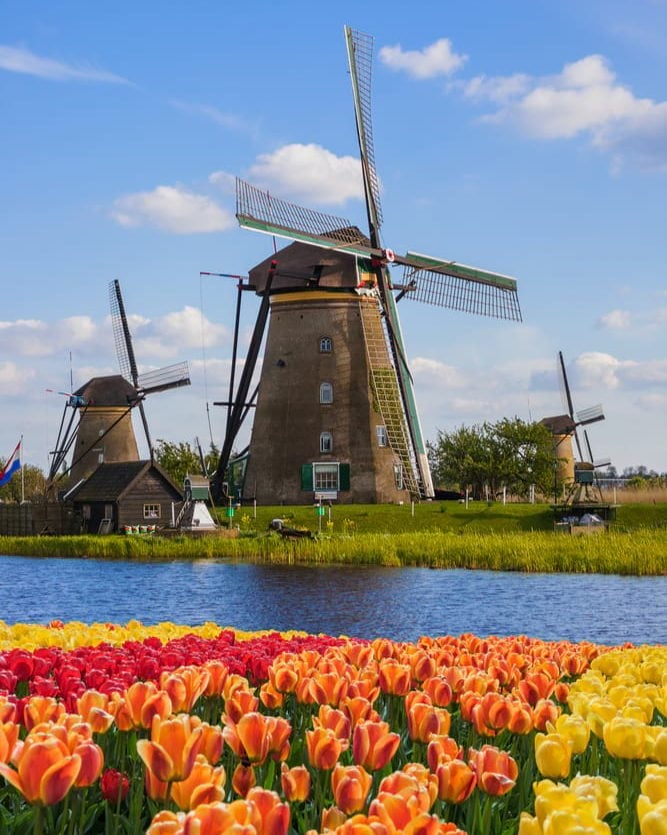

- Don’t miss out on…partaking in some magic mushrooms while visiting Amsterdam. Seriously, those Van Gogh paintings are mental when you’re frying.
- You know what’s overrated…staying in the HEART of Amsterdam – it’s overly expensive and crowded. One could stay outside the city, save a bundle, and then take the train in. I suggest finding a hostel in Utrecht instead.
- The coolest hostel is…Rebel Rebel Hostel Groningen. A “sweet” hostel built from old containers in an old sugar factory lot. No more puns, swear.
- The best food is found in…Amsterdam, only because of the stroopwafels! These are one of the greatest treats ever.
Backpacking Belgium
Let’s be honest: Belgium does offer much in way of stand-out attractions. There is no Colosseum, no Montmartre, no legalized drugs, or raging Berghains. Just a lot of charming houses, calories, and dreary weather.
And for these reasons, I LOVE Belgium. I love the fact that Belgium places beer in such high and hallowed regard. I love the fact that Belgians seem to have no problem smothering their fried potatoes in aioli and mussels with heavy cream. Finally, I love that you can go backpacking in Belgium with zero expectations and still be impressed.
It’s almost as if Belgium is a guilty pleasure of sorts. The whole country is just one big bar where you can eat and drink to your heart’s content and no one gives a shit.
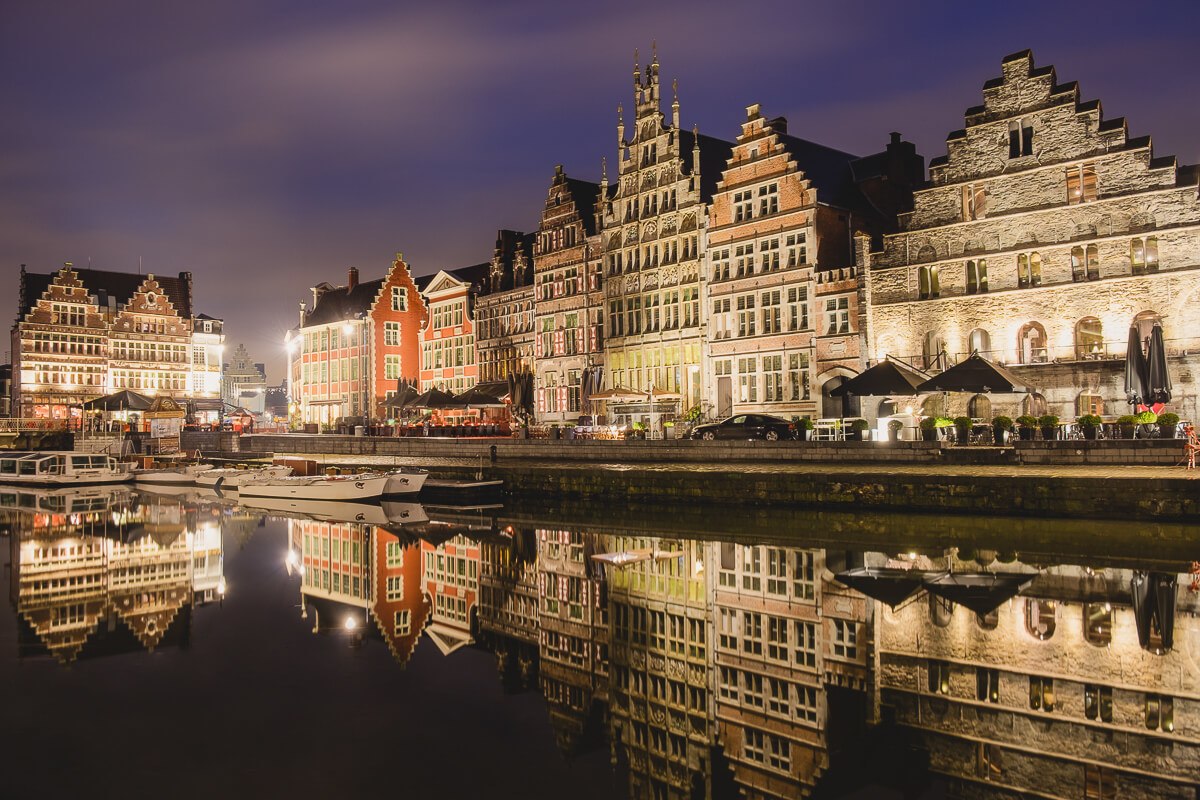

If you’re traveling between France and the Netherlands, it is absolutely worth stopping over in Belgium for a little while. Antwerp would be the best place to base yourself although Ghent and Bruges are worth seeing. If you wanted a really enjoyable experience, consider sleeping at a brewery for a few days! Most have guesthouses attached. In particular, Het Anker is great.
Admittedly, you’ll probably get tired of Belgium quicker than other European countries not to mention put your arteries at serious risk. Get your fill and then move along.
What to Know Before Visiting Belgium
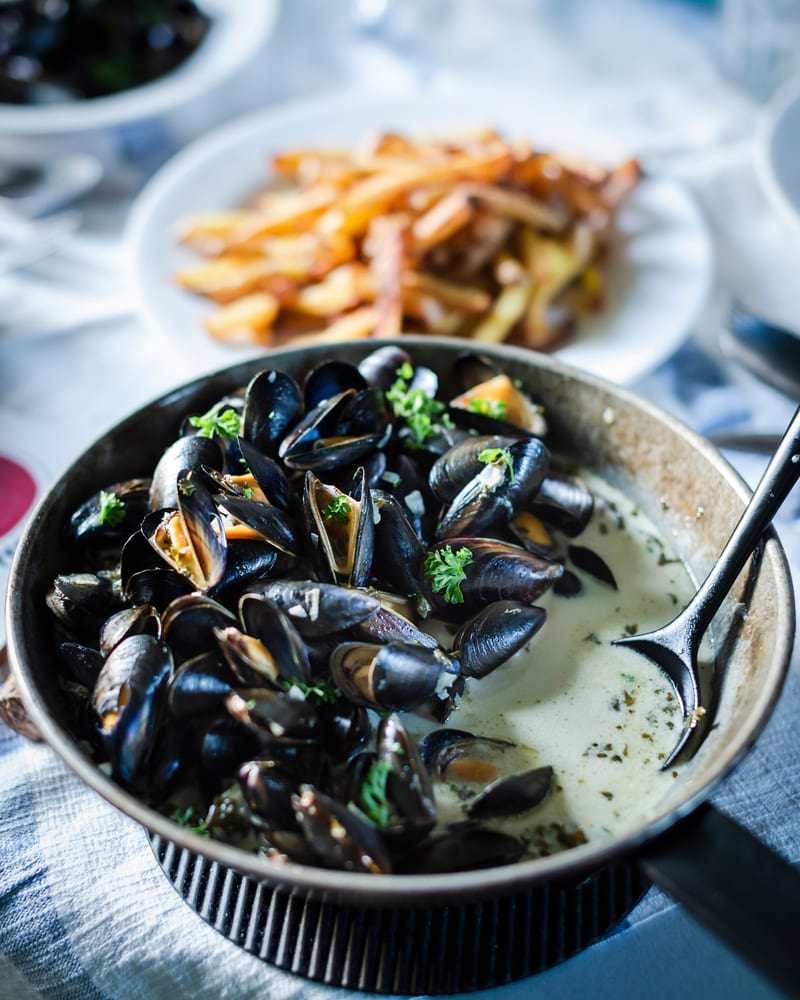

- Don’t miss out on…staying in Ghent, the prettiest medieval town in Belgium. It’s mostly known for its canal houses and local mustard. Gruut, a precursor to today’s beer, is also made in Ghent.
- Keep an eye out…when you’re in Brussels. Whilst certainly “edgier” than most European cities, Brussels can be a little too rough at times.
- The coolest hostel is…Hostel Uppelink Ghent. Though the building may be a bit old, the location is unbeatable. It’s literally next to the city’s famous Sint-Michielsbrug bridge.
- The best food is found in…the “brown bars,” where they serve the friend potatoes and mussels in excess.
Backpacking the UK
The UK is just one of those places that I have fallen in love with over the years. If you are in the mood for a wonderful campervan and trekking adventure, backpacking in the UK and Scotland is the journey you have been waiting for.
England and Wales have large sections of coast that are far off the beaten path and offer up excellent hiking/camping possibilities. The Highlands in Scotland has some of the last true wilderness areas in Western Europe. The Scottish Islands look like something out of a fairytale book.
Along with stunning natural landscapes, the UK is home to major centers of culture in Europe. London is a destination unto itself for obvious reasons. The Scottish capital city of Edinburgh too is full of awesome things to do.
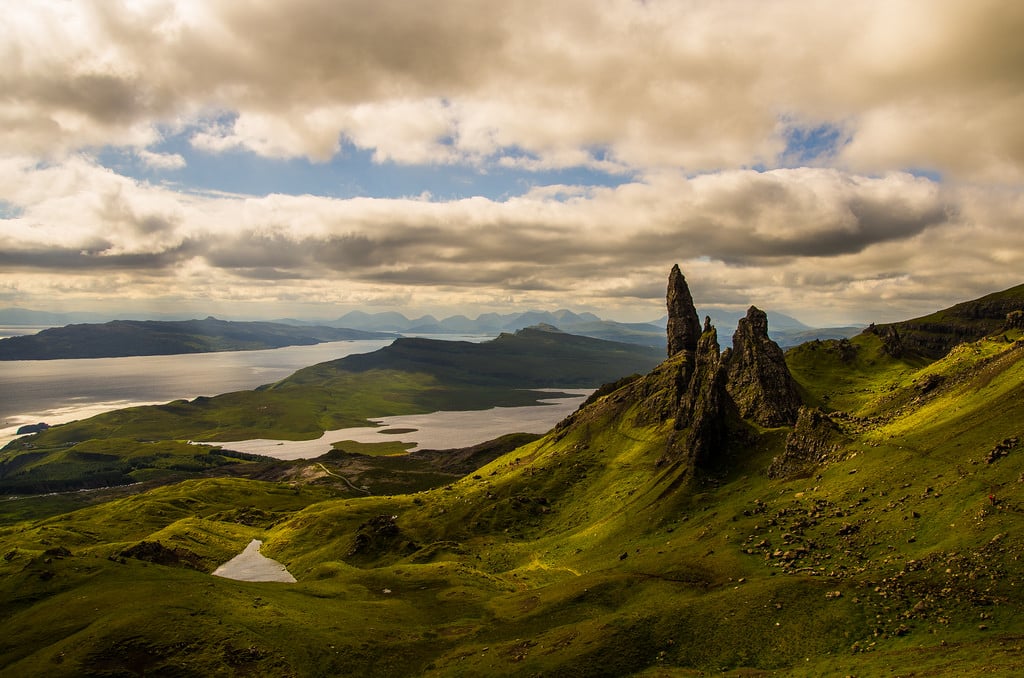

Bottom line: this region has landscapes so green that the hills seem to have been spray-painted green in every sense of the word. It has remote islands dotted with whiskey distilleries, lochs, and cascades. One could easily spend all their time backpacking in Scotland and could totally forget about “the south.”
The hiking trails and huts in the Highlands offer up an endless supply of hiking opportunities in a breathtaking environment. Throw in the vast cultural richness of the big cities and small villages and you have yourself one great place to go traveling.
What to Know Before Visiting the UK
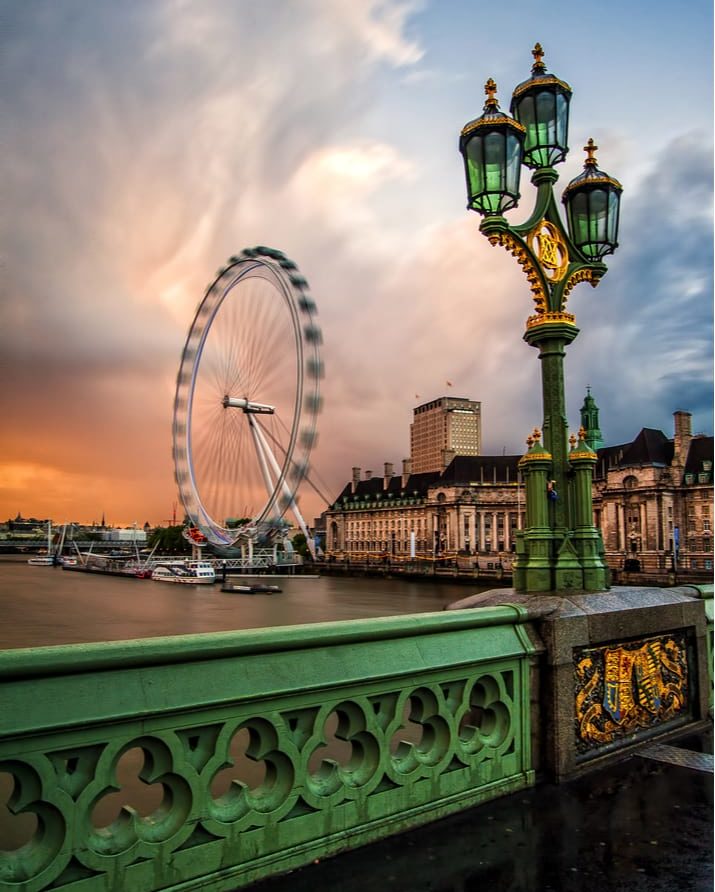

- Don’t miss out on…going off the beaten path in the Scottish Highlands. If you really want a unique experience, try island hopping in the Hebrides.
- You know what’s overrated…Buckingham Palace. Just skip it.
- The coolest hostel is…The Baskerville Arms – Great off the beaten path hostel. Close to the quaint village of Hay-on-Wye, Wales.
- The best food is found in…The Indian food in the North (Manchester and Yorkshire) is top-notch. For that matter, the vegan scene nationwide is thriving and varied.
Backpacking Ireland
The lush, green, enchanted and enchanting island of Ireland perches serenely at the furthest boundary of Europe. Beyond it, there is nothing but the Atlantic until it reaches the New World.
Somehow, Ireland’s location and geography are encapsulated in its culture; it is European but just about, it is civilized, yet wild and rugged, it rains a lot but remains perpetually pleasant and inviting.
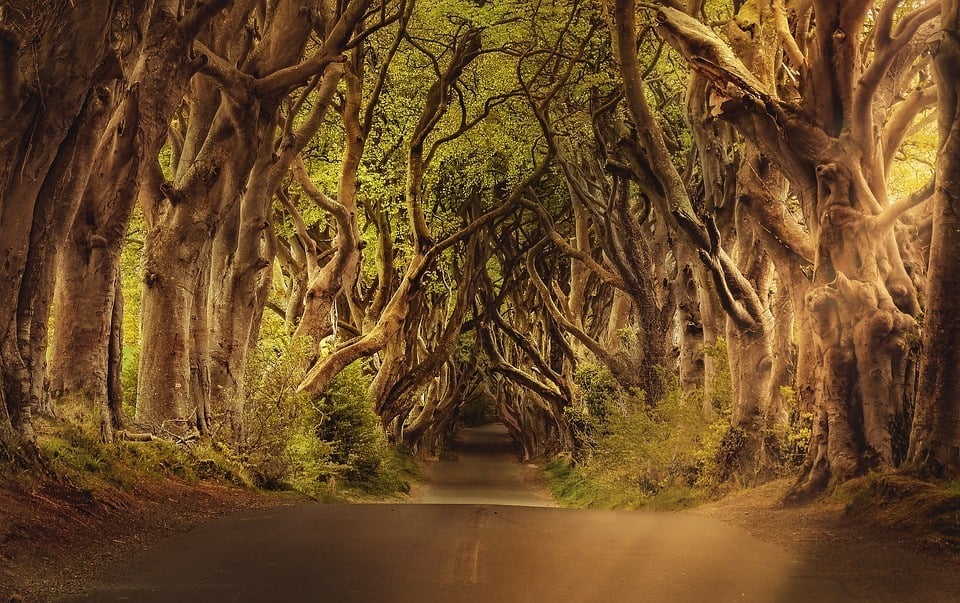

Sometimes crudely dismissed as the UK’s little cousin, backpacking Ireland offers visitors the chance to explore the most plucky nation in the world and get a glimpse of a simpler world that has sadly vanished forever elsewhere. That is not to patronize though, Dublin is every bit the cosmopolitan (and expensive) EU capital, and the once-troubled Belfast wears its gritty history with pride. But head out to the Burren, or the lanes of Cork and you will find warm taverns ringing with the sound of the fiddle and a way of life where time still takes its own time.
The headline draw in Ireland is the capital Dublin where you can visit Kilmainham Gaol and pull a pint at the Guinness brewery. But not to be missed are the Cliffs of Moher, the ancient streets of Galway, and the colored houses of Cork in the capital of “authentic Ireland”.
For the edgier side of the Emerald Isle, cross the (porous & invisible) border to the North and check out the murals of Belfast. From here you can easily visit Game of Thrones locations or check out the geologically wondrous Giants Causeway.
What to Know Before Visiting Ireland
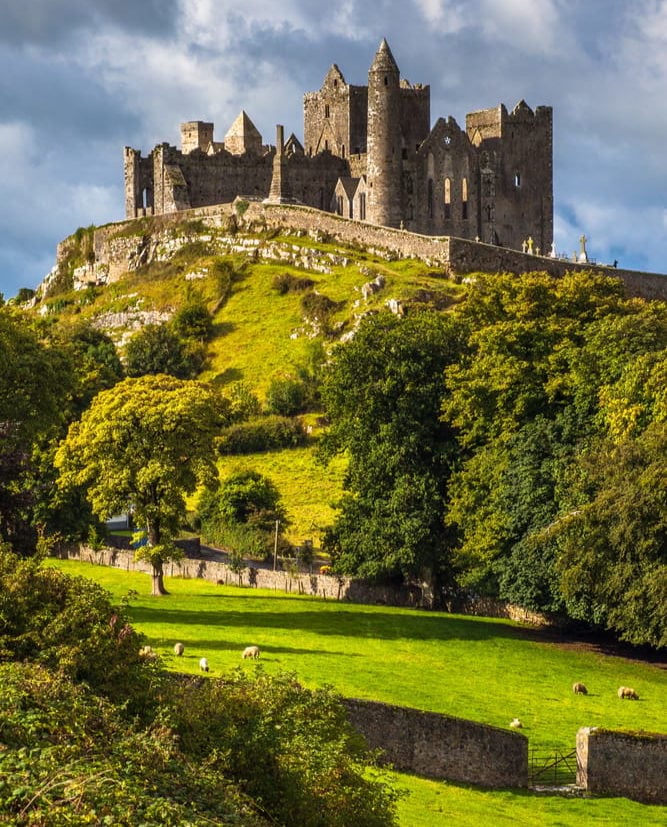

- Don’t miss out on…Watching an Irish sport (hurling or Gaelic football) game in a pub.
- You know what’s overrated…kissing the Blarney Stone. You’ll wait sometimes hours in line just to share spit with other people over a hole in the wall. Yes, it’s as unnecessary as it sounds.
- The coolest hostel is…Sky Backpackers Dublin – besides the fact that this used to be a recording studio that hosted the likes of U2 and Van Morrison, this is also a stellar hostel in its own right.
- The best food is found…at the Galway Seafood Festival. If you happen to be staying in Galway in September and October, don’t miss out on this.
Backpacking Greece
Getting to know Greece and some of its islands is one of the most rewarding backpacking trips to be had in Europe. Those blue and white houses and perfect Mediterranean landscapes you have seen on postcards live up to their hype in real life.
Greece is a charming, laid-back country. Backpacking the Greek Islands has been one of my favorite travel experiences. This is due not just to the beautiful views, but to the food, beaches, wonderful people, and plethora of history.
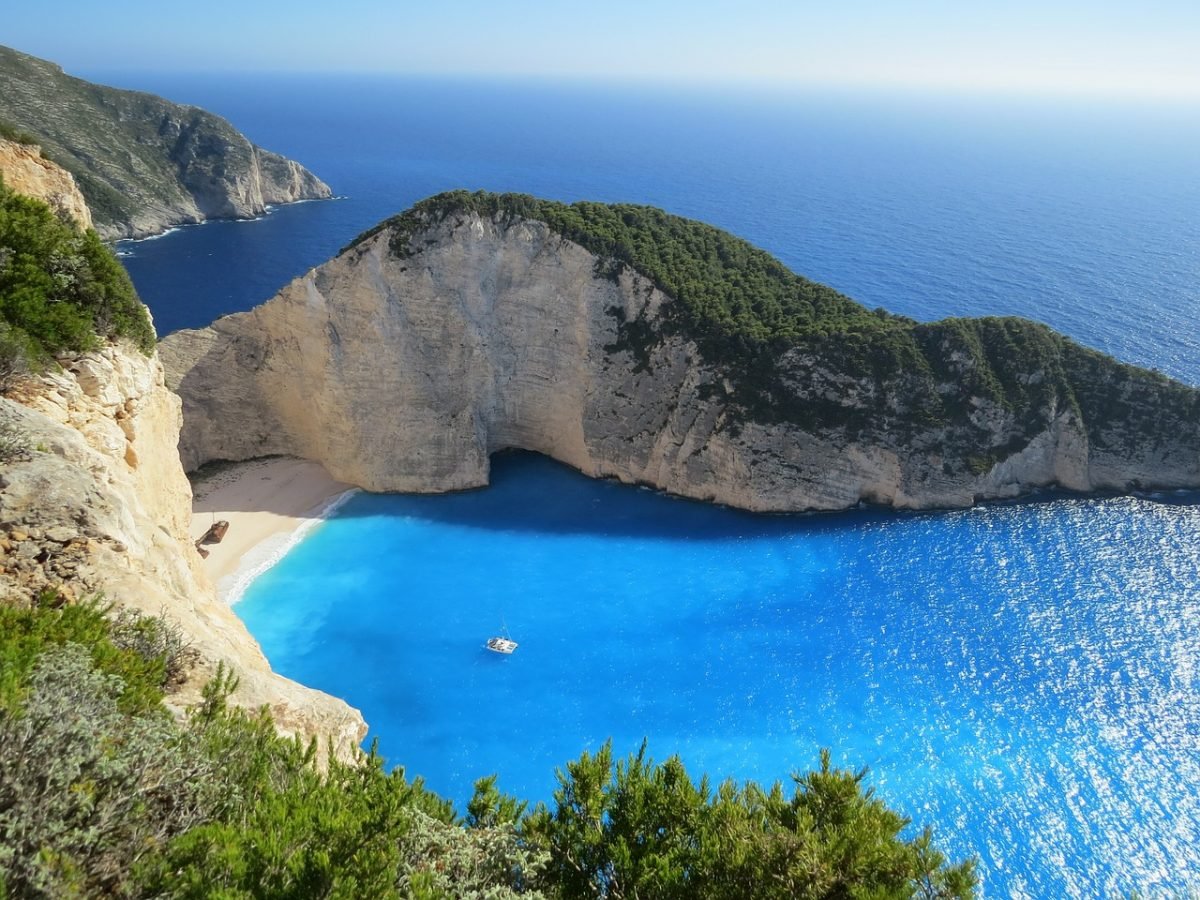

Island hop the Cyclades. Pop over to Crete. Experience life with no cars on Hydra. Whatever you get up to in Greece, a trip backpacking here is bound to be one of hell of a good time.
Also, don’t forget to visit Athens. I know the city gets a bad rap but it’s actually pretty cool. For one thing, the nightlife here is fantastic: rebellious, wild, and absolute fun. Another is the Acropolis. Seriously, spend a few days here before heading to the islands.
What to Know Before Visiting Greece
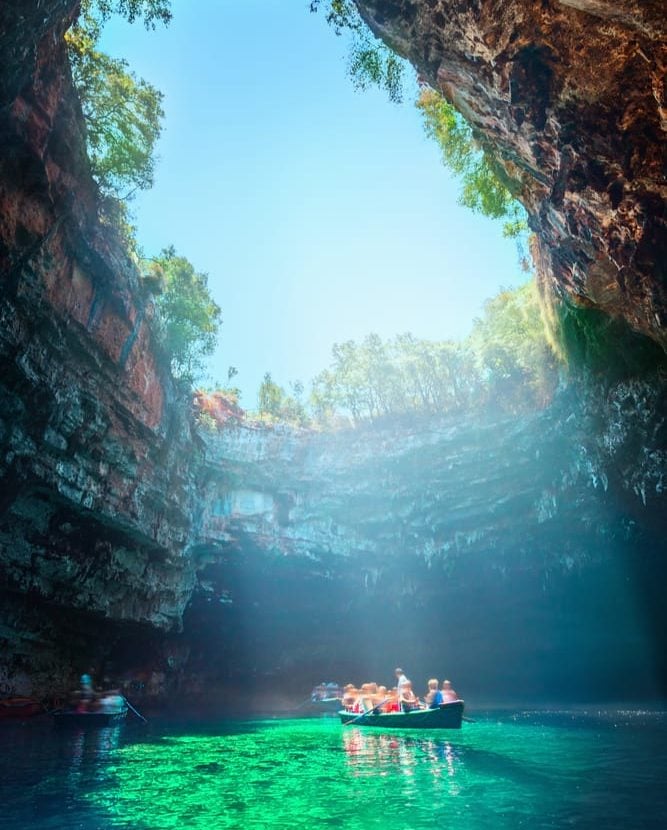

- Don’t miss out on…the Ionian Islands. This part of Greece receives a fraction of tourists yet hosts some of the most beautiful places in the country. Zakynthos is a good place to stay.
- You know what’s overrated…Santorini. It’s overcrowded, expensive, and on the verge of being spoiled.
- The coolest hostel is… Far Out Camping (Ios) – for these trying to save a buck, this is as cheap as it comes. Fair warning though: this is one of the most INFAMOUS party hostels in Greece.
- The best food is found in…Crete is well-known for its culinary culture. It’s far enough away from the mainland that the food is quite different as well.
Backpacking Scandinavia
Scandinavia isn’t all blond-haired babes (or dudes), ultra-efficient cities, and practical solutions to socio-economic problems. If backpackers make it this far north whilst backpacking Europe, you are sure to be met by a region with heaps to do.
The mystical fjords of Norway offer up some of the most dramatic and surreal landscapes of anywhere on planet earth. The farther north you go, the more dramatic they become. Oh yeah, then there are the Northern Lights!
Norway also is home to some of the most picturesque villages in Scandinavia. Bergen is a staple of the Norwegian backpacker route but try to visit Reine if you can as well. Regardless, everywhere you visit looks like it belongs on a bloody postcard.
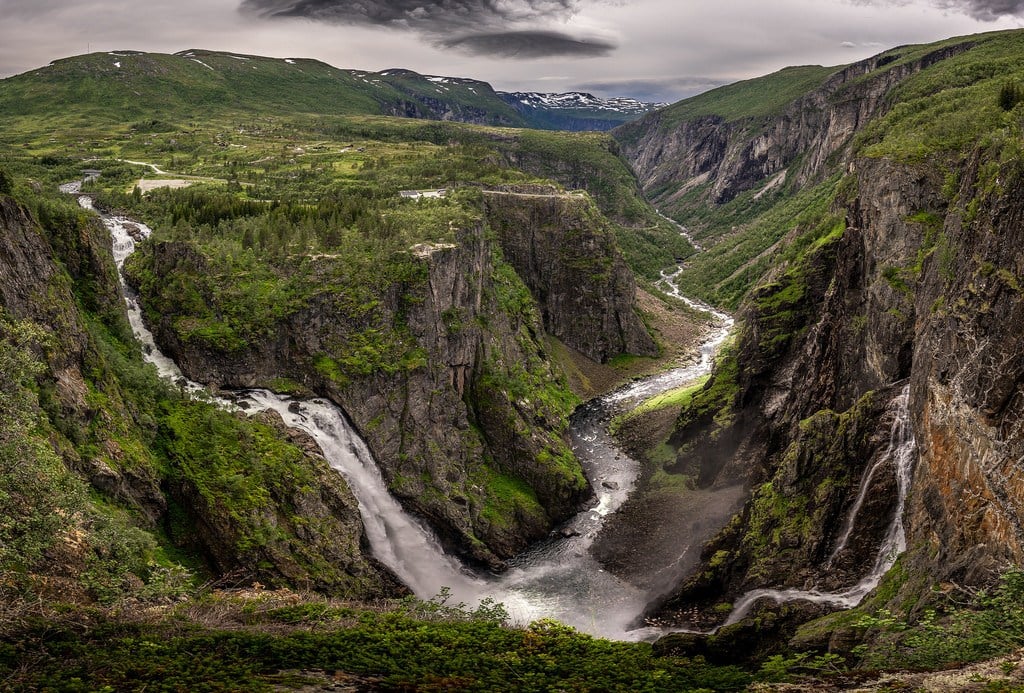

Finland, Denmark, et Sweden are home to their fair share of absolutely stunning nature in addition to some of the cleanest and most efficient cities in the world. Copenhagen is leading the way as a new age metropolis while Stockholm remains one of the most classically beautiful cities in the region.
Of course, we cannot forget backpacking in Iceland, which has grown into a full-blown cultural phenomenon. Once a sleepy little country that hosted mostly just fishing villages and American airbase, Iceland has exploded (no pun intended) onto the backpacker scene. With alien landscapes, welcoming natives, and some quirky customs, Iceland is arguably the most popular location in Scandinavia at the moment.
Traveling in Scandinavia can be notoriously expensive. If you plan to spend more than a couple of weeks here, make sure you invest in some quality camping gear. Having your own gear allows you to really take advantage of all of the beautiful wild places in the region without blowing your budget.
Backpacking the Balkans
The Balkan Peninsula stretches from the Grecian shores of the Mediterranean winding all the way to Turkey at Europe’s furthest precipice. What we commonly refer to as the Balkan countries though, is the former Yugoslavia (Montenegro, Kosovo, Croatia, Bosnia, Serbia, Slovenia, and North Macedonia) plus Albania, Bulgaria & Romania.
Although the Balkans could technically be traversed by bus in a few days, the sheer diversity of cultures and history is astounding and will keep you busy for weeks. Backpacking the Balkans is one of the most unique travel experience you’ll ever have in Europe.
Culturally the Balkans are where the west begins to merge into the east as well as where the Russo-sphere of influence disintegrates into the western one. In a single day, you can sample greek mosaics, roman temples, ottoman fortresses, and communist tram’ tracks.
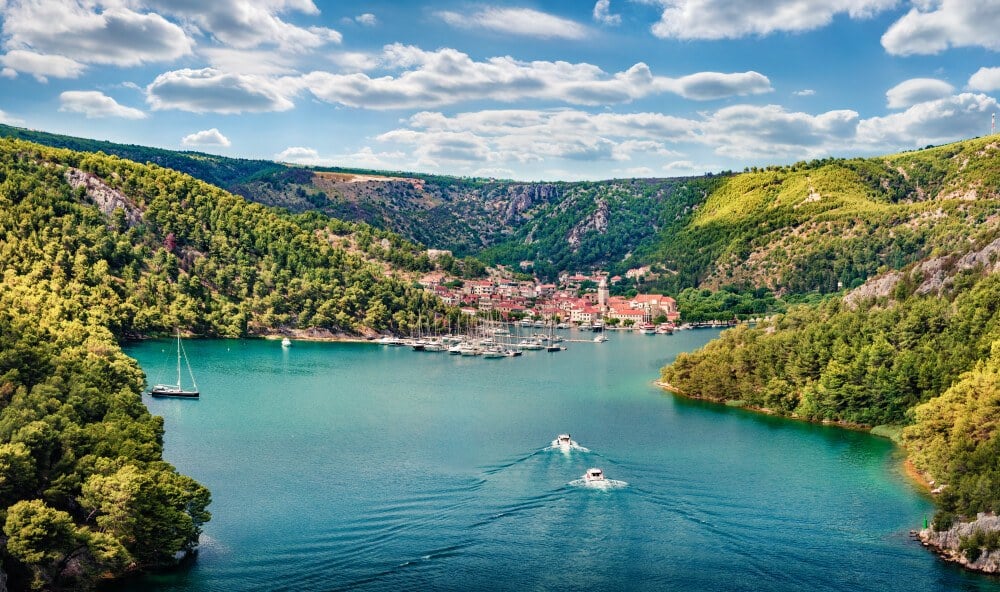

All of the Balkan nations have now embraced consumerism and vie for EU membership, but they were part of the Eastern bloq until 1989. It all makes for one of the most beguiling travel experiences imaginable. However, this rich and complex melding of cultures does have a darker side and you cannot fail to miss the anguished scars left by brutal dictatorships and tribal wars that still dot the landscapes and cities across the region.
Whatever you are seeking from your next trip, you can find it in the Balkans. Croatia has first-rate beaches, Romania steep forested mountains, and Serbia quietly conceals one of the most relentless rave cultures I have experienced. Best of all, a solid bus network, minimal borders, and affordable prices make the Balkan’s one of the best backpacker adventures on earth.
Backpacking Eastern Europe
As you head east through Europe, you are entering a whole other world of backpacking potential. In recent years, Eastern Europe has become the go-to destination for travelers wanting to escape the standard Europe backpacking route found in the western part of the continent.
You’ll notice as soon as you leave the Euro currency countries behind, things are suddenly much more affordable.
Backpacking Eastern Europe is one hell of a good time for any aspiring adventurer. Beer is often the same price (or less) as bottled water. You can score a dorm bed and breakfast for $10, and a long distance bus ride for less than that.
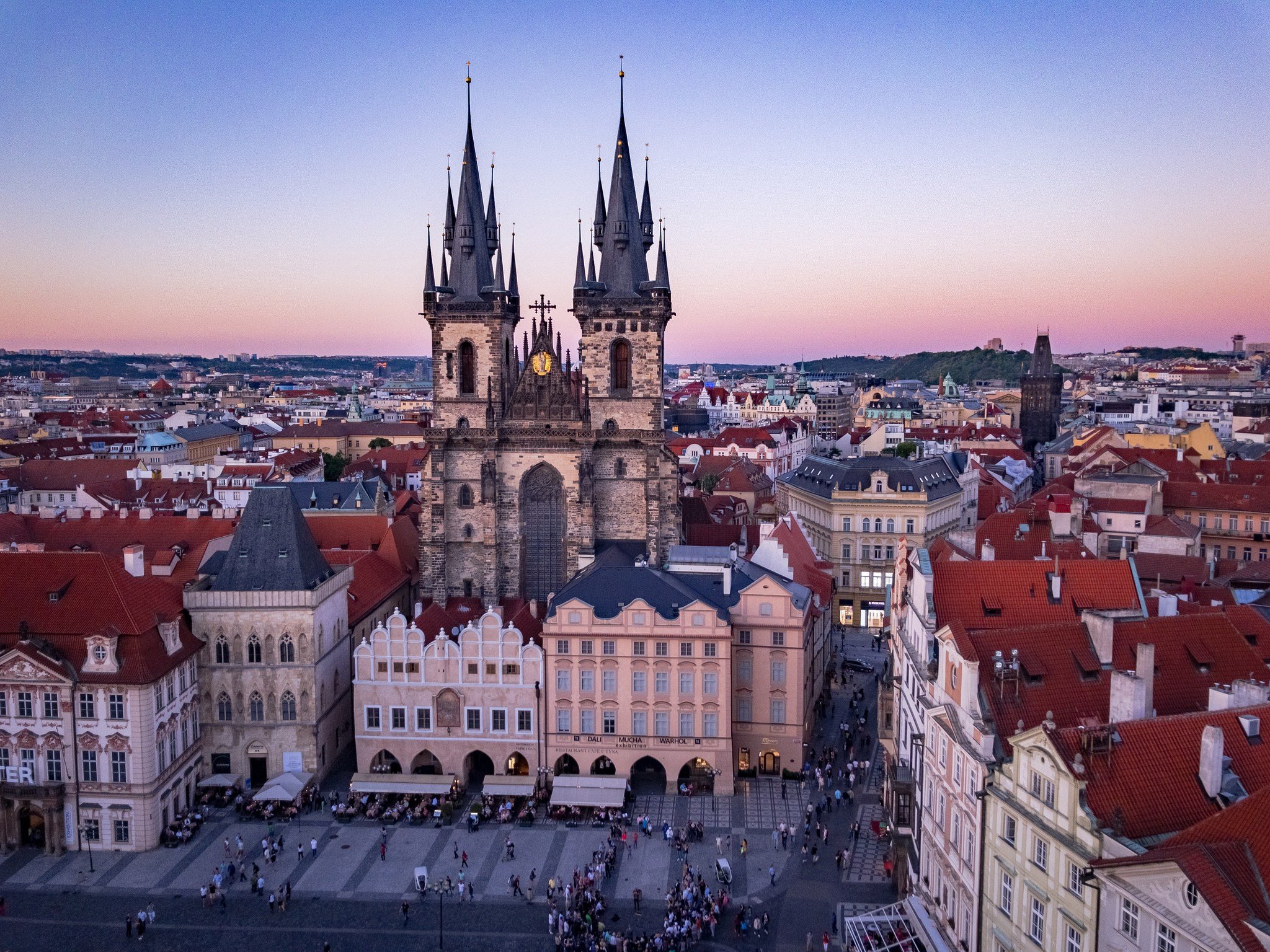

Most countries of Eastern Europe were part of or allied with the former Soviet Union, and the relics of those times are still visible across the region. There are many awesome backpacking delights to be had in this part of Europe. If you are looking to get off the beaten path, spend less money, and experience a totally different part of the continent, backpacking Eastern Europe is where it’s at.
In fact, there are so many awesome Eastern European countries to see I find it difficult to mention them all here. I can’t get enough of how beautiful The Carpathian Mountains are!
The Czech Republic, Hungary, Romania, Bulgaria, Slovakia, and former Yugoslavia are all prime backpacking destinations and good places to start with. I strongly encourage all travelers to experience the magic of Eastern Europe!
Off the Beaten Path Adventures in Europe
You now know the numbers of how many foreigners visit Europe each year: it’s in the hundreds of millions all said. Fact is 80%+ of those people do one of two things. Either they just visit a few cities or they go on cookie-cutter tours where they are shuffled around from one famous attraction to another plowing through a sea of baguettes, gelato, and, tapas along the way.
Few people really get out an explore multiple destinations in Europe under their own steam. Fewer still experience Europe off of the beaten path. Even with minimal, you can carve out your own track to seeing a more authentic Europe – for example, visit anywhere in England that isn’t London or pick any Baltic state. Simple.
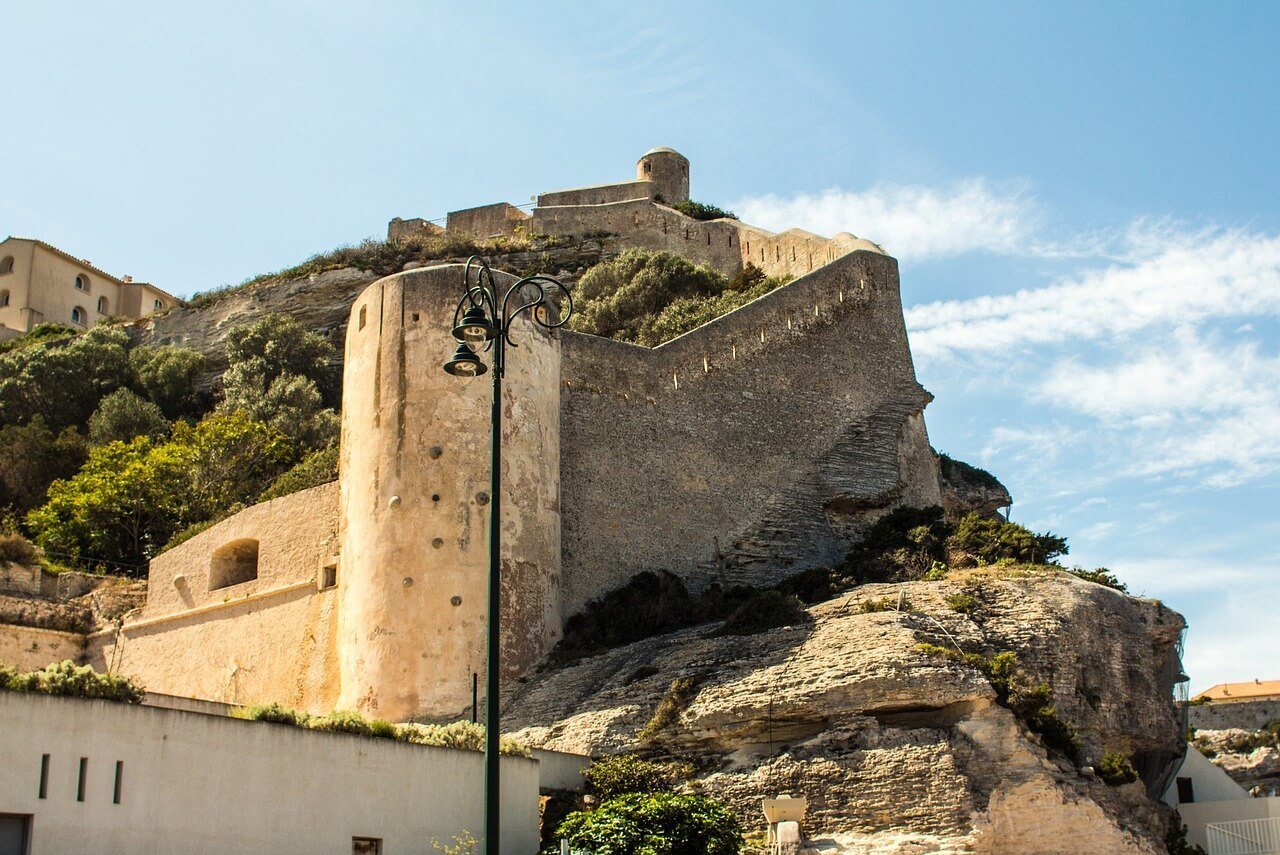

That is not to say that as soon as you hit the Alps you’ll be on your own. Far from it, again depending on where you go. More importantly, you will escape the tourist hordes, mingle with more locals, find your own solitude, and overall a path to a more rewarding backpacking experience.
Explore small villages. Go on multi-day treks. Go backpacking in the mountains that aren’t the Alps (though they are stunning). Couchsurf with locals. Spend a few extra days getting to know a popular city. Do things that aren’t on the “must see sights” in travel magazines.
If you follow these suggestions and remain open to other off the beaten path adventures as they present themselves, you will be sure to make memories that last a lifetime.
The secret ingredient is…. YOU. Help us keep the site going!

 A truly epic travel blog requires three key ingredients: badass content, passionate writers, et the support of its readers.
A truly epic travel blog requires three key ingredients: badass content, passionate writers, et the support of its readers.
That’s right: you guys are key to keeping this big, beautiful blog free of ads!
Love what we do? Help us out where you can. Find out how you can support the site and keep the magic flowing!
Top Things To Do in Europe
1. Go island hopping in Greece
Greece is composed of over 227 islands which means there are over 227 places to go on an adventure. Live out your mythical fantasies on the islands of Ithaca or Crete, escape the hecticness of life on Sikinos, or join the hordes of partiers on Ios and Mykonos. Your choice.
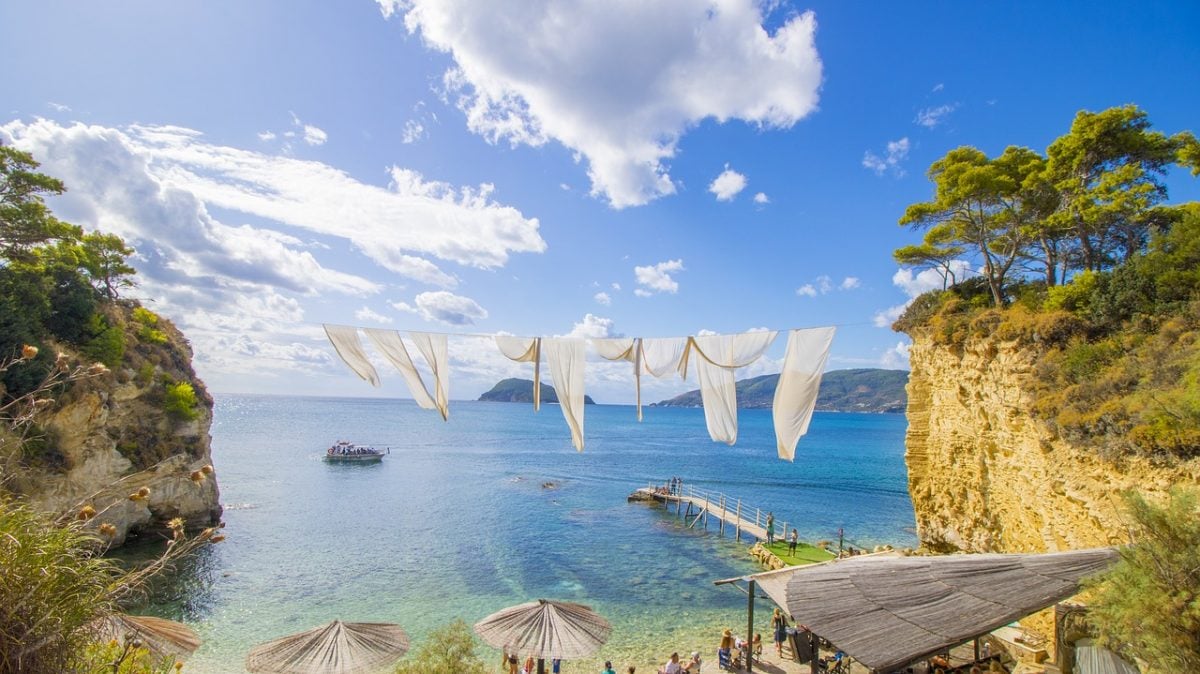

2. Eat all the tapas in Spain
In Spain, tapas are not just a plate of food; they’re a way of life. They require time, attention, company, and most of all love to truly appreciate. When visiting Spain, it is absolutely mandatory to sit down to a tapas meal with friends and to converse over them, preferably for an entire night.
3. Hike in the Alps
Of all the great mountain chains in the world, the Alps are probably the most accessible. Over the years, it has been tamed and crisscrossed with so many trails that just about anyone can visit here. Tours around the three highest mountains in the range, Mont Blanc, Monte Rosa, and the Grand Combin, as well as the otherworldly Dolomites, are all exhilarating experiences.
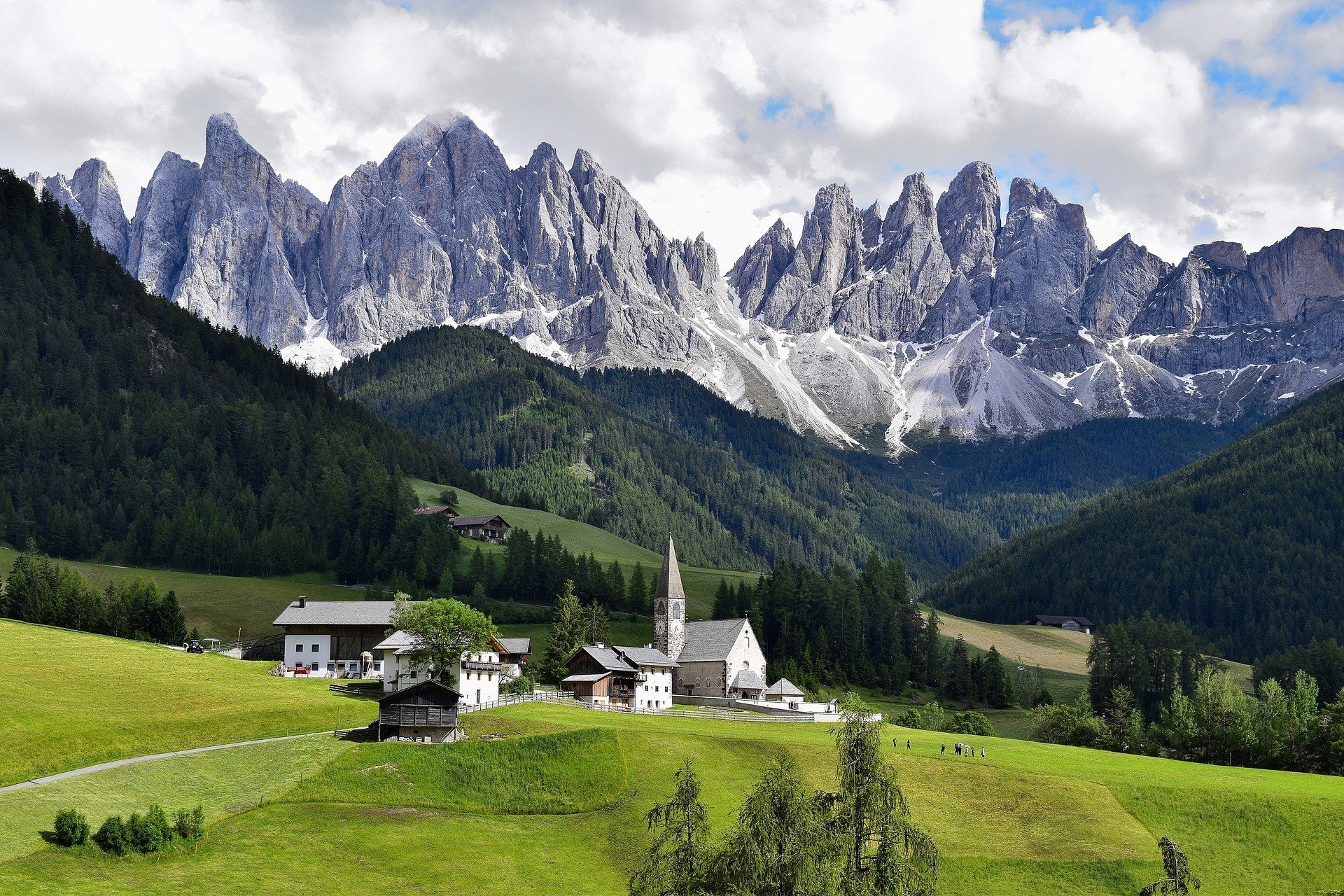

4. Attend a festival
Europe loves to celebrate every little occasion they can, be it the death of a saint, a harvest, or even just a long weekend. Between the cultural holidays – of which there are MANY – the seasonal festivals, and the more modern musical festivals, you’ll have many opportunities to just let loose. And let loose is what you should do.
5. Visit the museums cities of Rome, Florence, and Rome
The most historically significant and consequently most popular cities to visit in Italy are Rome, Venice, and Florence. These “museum cities” deemed culturally significant by the government are preserved as best as possible. They are like interactive history lessons that you can walk amongst or even get lost in for days at a time.
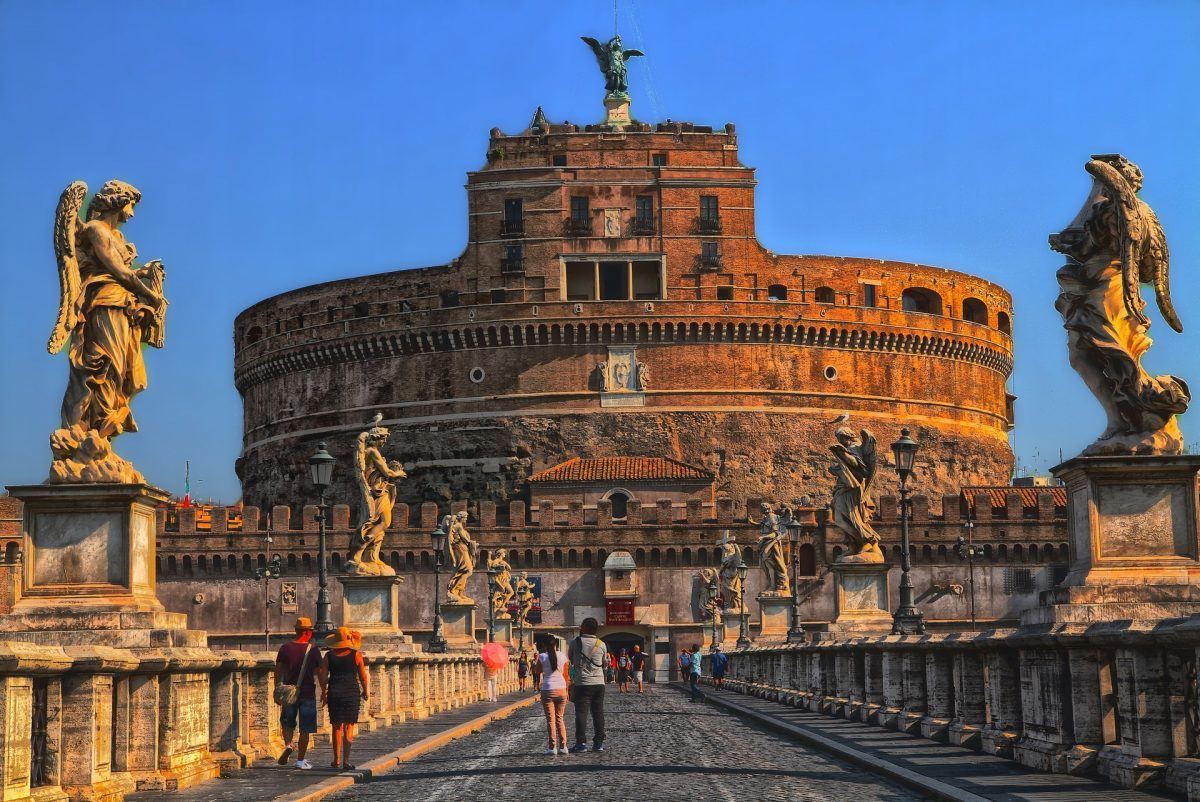

6. Party in Berlin
The parties in Berlin are on a different level. The stories from the clubs are the stuff of legends, the level of freedom and debauchery enough to make even the most open-minded do a double-take. Even if you aren’t able to get into infamous Berghain, there are still plenty more where that came from.
7. Get off the beaten path in Scotland
Scotland is a hard place, filled with hard people and hard ways. Due to its ruggedness and relative inhospitality, it hosts some of the last true wildernesses in Europe. That being said, it is not such a difficult place that you can’t visit. There are numerous hiking trails to follow as well as some very epic road trips here. Get away from the comfort of the south and go to Scotland.
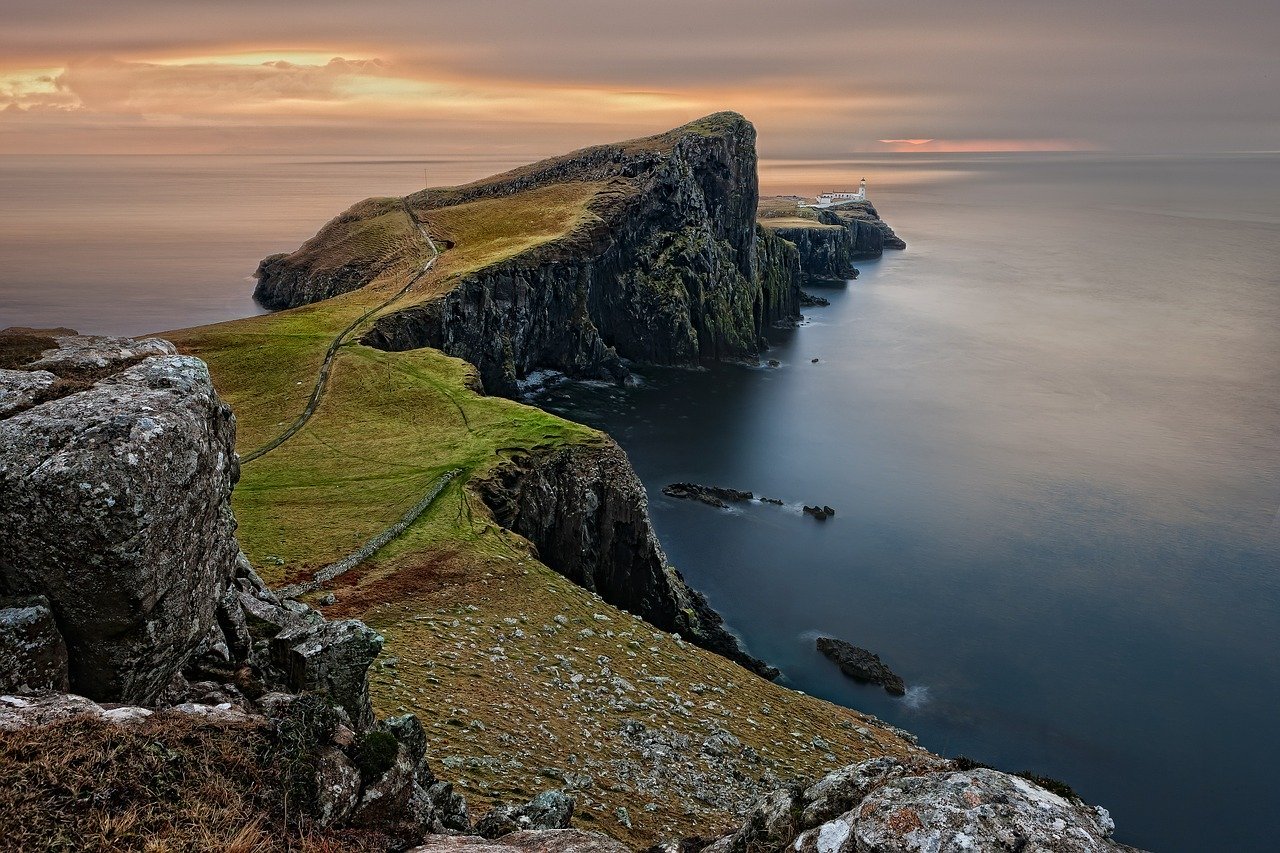 Backpacker Accommodation in Europe
Backpacker Accommodation in Europe
Aside from dreamy mountain huts, your awesome tent, and a stranger’s couch, sometimes one needs to take a deep breath and book a hostel in Europe. Hostels are the most affordable budget travel accommodation option for backpackers in Europe.
When you just need a place to lay your head or a spot to meet fellow ramblers like yourself, hostels are clearly where it’s at…
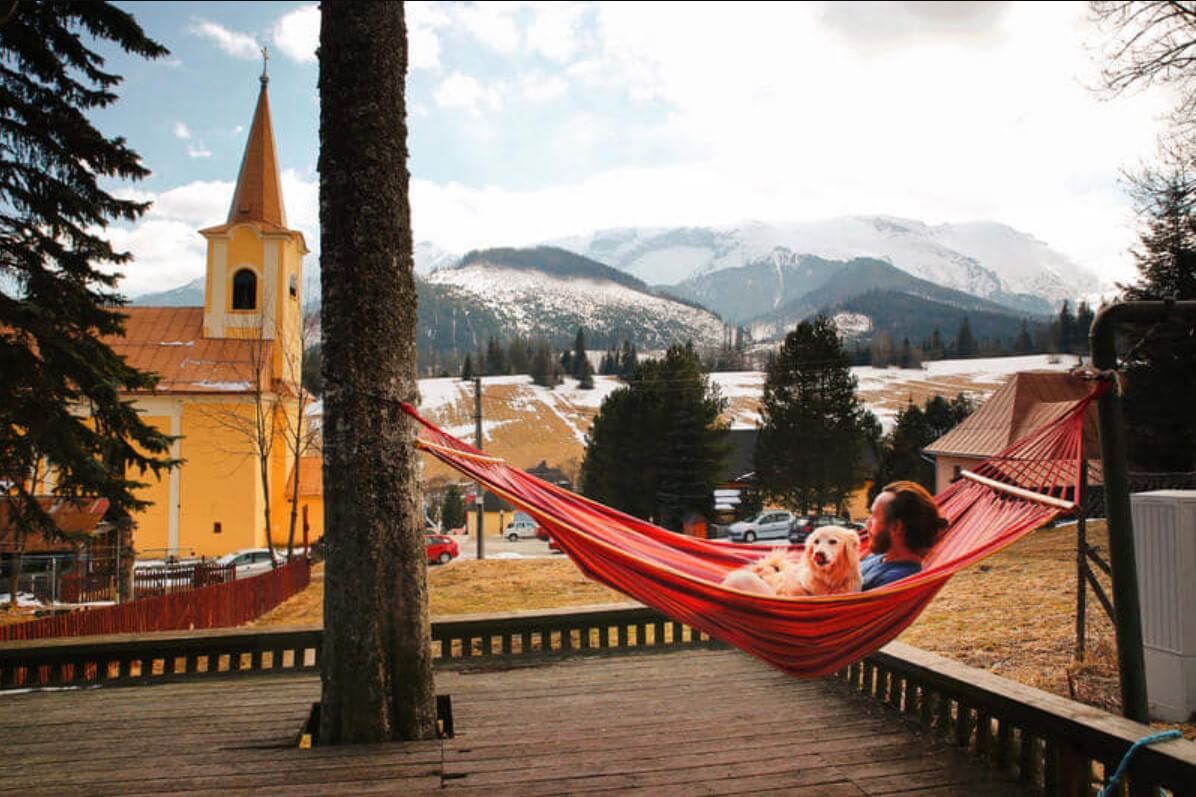
The Best Places to Stay in Europe
Europe Backpacking Costs
Now onto the sore subject of travel costs to Europe. Backpacking through Europe is without a doubt the most expensive destination we cover here at the Broke Backpacker. However, just because it isn’t cheap this doesn’t mean that you should be discouraged from backpacking here.
Every country you visit in Europe requires a different budget and s0me of them vary greatly. Things like food, transportation costs, and accommodation vary dramatically depending on the country and the season.
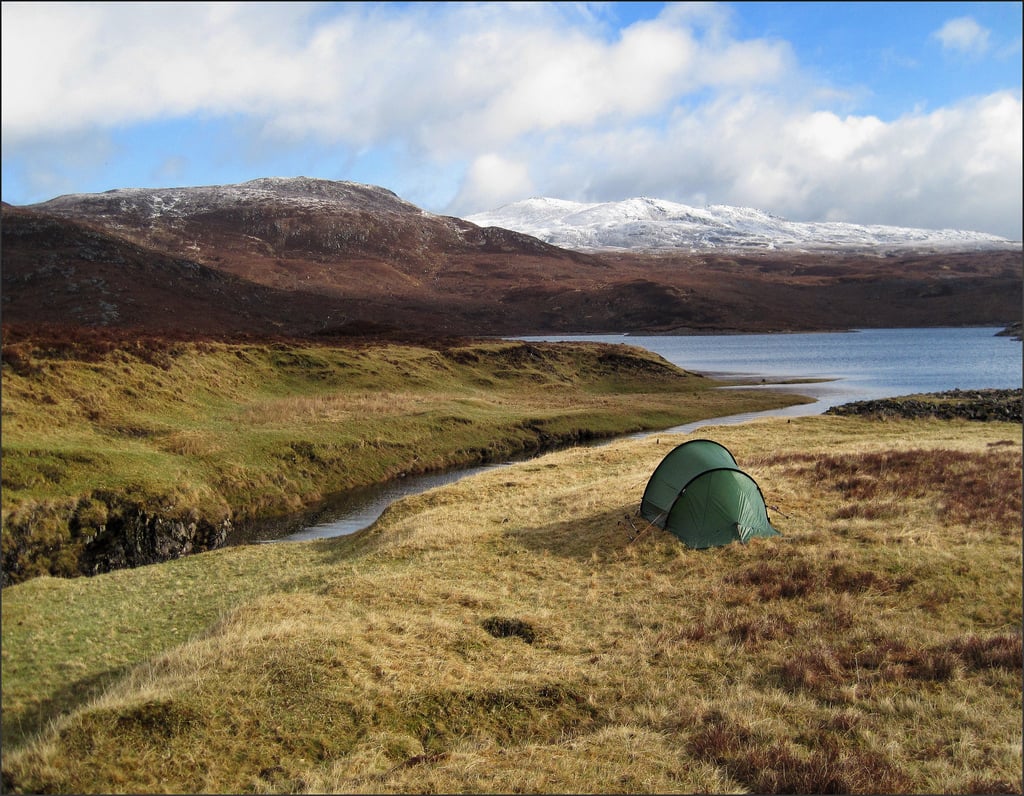

You’ll notice in the table below that transportation costs can be all over the place. Even within one country transportation costs are not universal. Buses and trains have great divides in price. I’ve presented an average as I have found it to be.
Staying in hostels EVERY evening, booking trains last minute, going to the bar night after night, eating out for every meal: this shit adds up before you can say gesundheit. In order to properly prepare yourself for the expenses that lie in wait, you need an honest and realistic idea of what travel costs are in Europe.
A Daily Budget For Europe
I have broken down the average daily travel costs you can expect in order to help you get to grips with your own Europe backpacking budget.
| Pays | Dorm Bed | Local Meal | Bus/Train Ride (3 hours or less) | Average Daily Cost |
|---|---|---|---|---|
| Portugal | $15-20 | $6-15 | $5-45+ | $30-65 |
| Spain | $20-35 | $5-10 | $8-45+ | $40-70 |
| France | $20-35 | $8-20 | $10-75+ | $45-85 |
| Italy | $15-30 | $4-15 | $10-50+ | $45-65 |
| la Suisse | $30-45 | $15-40 | $25-100 | $70-100 |
| L'Autriche | $20-$30 | $5-$15 | $10-$25 | $40-$60 |
| Allemagne | $25-30 | $6-15 | $10-50+ | $45-75 |
| The Netherlands | $20-30 | $6-15 | $10-50 | $45-75 |
| Belgique | $20-$30 | $5-$15 | $5-$15 | $35-$50 |
| Royaume-Uni | $16-30 | $7-15 | $15-50+ | $50-75 |
| Ireland | $30-$40 | $10-$20 | $5-$20 | $60-$80 |
Show me the budgets
Money in Europe
There are 25 separate currencies used in Europe and we will not list them all. Whilst the Euro was introduced in 1999, so far only 12 of Europe’s 50 states have signed up for it. ATM’s and Money Changers are easy to find across Europe and card payments are now accepted pretty much everywhere.
Tips For Visiting Europe on a Budget
- Camp: With plenty of awesome beaches, forest, stunning countryside, and far-flung mountains, camping whilst backpacking Europe is a great and even essential option if you want to save money. Camping always takes you to beautiful places and gets you off of the beaten path. Check out this post for a breakdown of the best tents to take backpacking.
- If you’re feeling really adventurous and want to save some cash, consider picking up a backpacking hammock.
- Cook your own food: Travel with a portable backpacking stove and cook your own food to save some serious cash whilst backpacking across Europe. If you are on a tight budget, you MUST have a backpacking stove. Having the ability to cook whilst camping or on the road gives you independence and freedom. Few things are better in life than sipping a hot cup of coffee as you are watching the sun spill its shade over a beautiful mountain.
- Couchsurf: The Portuguese, Greeks, Spanish. Germans — they are all awesome folks. Get to know some! Check out Couchsurfing to make some real friendships and see a country from the perspective of locals. When using Couchsurfing, be sure to send personalized messages to your potential host. A generic copy and paste message are much more likely to get turned down. Make yourself stand out.
- To learn how to travel the world on $10 a day, check out the backpacker’s bible.
- Pack a travel water bottle: save money (and the planet) every day! Stop buying bottled water! Seriously guys, I know I may be repeating myself, but having a water bottle is so handy and an absolute must if you plan on doing any trekking whilst backpacking Europe. Get yourself one and stay hydrated!
Why Should You Travel to Europe with a Water Bottle?
Whilst there’s a lot that we can do when it comes to traveling responsibly, reducing your plastic consumption is one of the easiest and most impactful things you can do. Don’t buy one-use water bottles, don’t take plastic shopping bags, and forget straws. All of this just ends up in landfill or in the ocean.
If you’d like some more tips on how to save the world, be sure to watch the video below.
Best Time to Visit Europe
So precisely when is the best time to visit Europe?! Europe is a total madhouse in the summer. Millions upon millions of tourists descend on the continent. Cruise ships fill the harbors. Tour buses clog the road. Flight prices increase.
Whilst the middle of the summer can be a very beautiful time to visit, the summertime is the most crowded season and it is also the hottest. Portugal, Spain, France, Italy, and Greece can be so hot in July and August that all you want to do is switch places with that white wine bottle sitting in the bucket of ice.
Europe is also very prone to seasonal pricing. Prices rise with the temperatures in the summer.
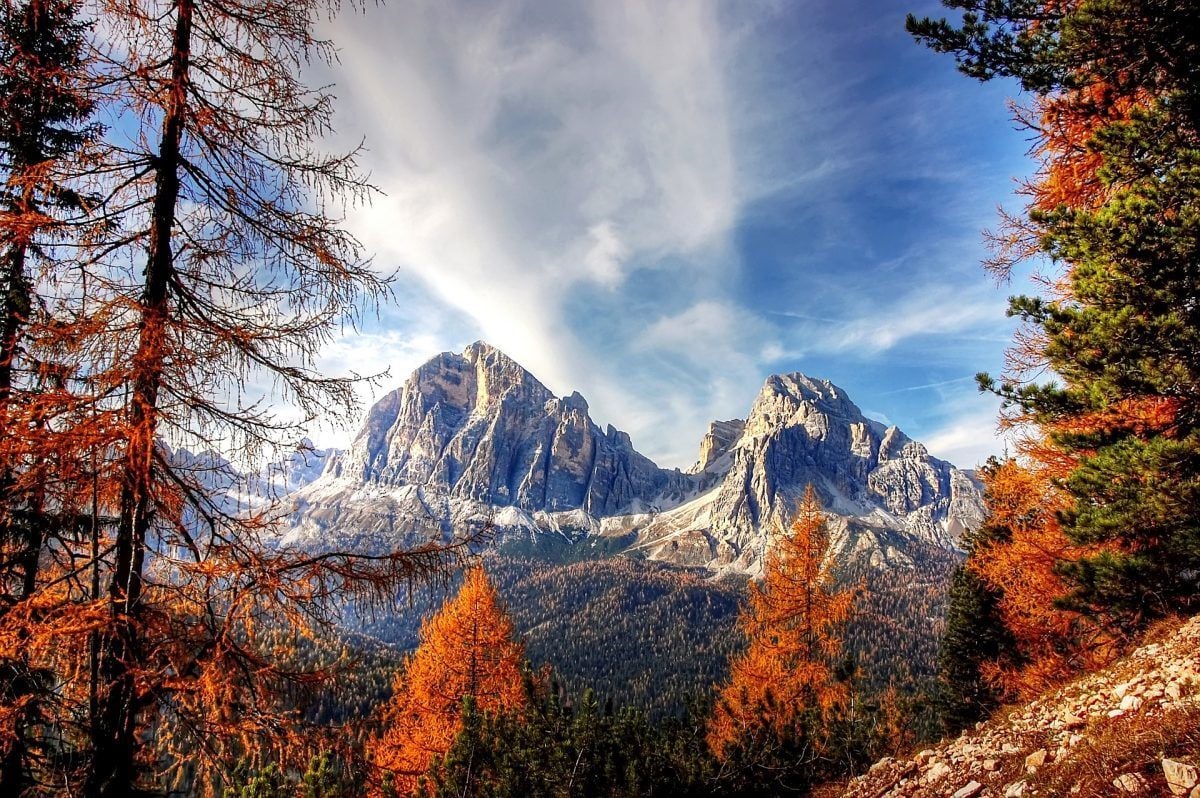

Point being, come in the summer if you must, but I don’t recommend it. The spring and the fall seasons are the best time to visit. The temperatures are mild, and a majority of the people who were here on summer holiday have now sulked back to their offices and suburban hells.
Springtime in Paris and other European cities is as romantic as it sounds. Flowers are blooming & the birds are out. You can go in a t-shirt during the day without having the sun cook you alive.
You will find the lowest prices in most regions in the winter. If you love snow sports, a winter visit is an obvious choice to explore the French, Swiss, or Italian Alps.
The mountains of Eastern Europe have their fair share of ski slopes as well. The skiing in Eastern Europe comes at a fraction of the cost of skiing in the Alps.
Festivals in Europe
Europe is home to some pretty awesome festivals happening throughout the year. There is a festival out there to suit every individual backpacking Europe. Try to catch a few as you travel around Europe!
- Carnaval, Portugal (February/March) – The celebration of the last carnal moments before abstaining for Lent. Not as big as the Brazilian version, but still good.
- Fiesta de San Isidro, Spain (May): Cette fiesta takes place in Madrid in May. There are parades, concerts, and parties. Locals dress up in traditional costumes and celebrate with bullfights all month. Say what you will about bullfighting: it is a big part of Spanish heritage for better or worse.
- Calvi On The Rocks, France (June): Calvi On The Rocks is an electronic music festival set on the islands stunning coastline and plays host to some of the top artists of house, techno and alternative music over six days. This festival takes place on the beautiful island of Corsica!
- Pride (usually June): Everyone’s familiar with the international LGBTQ+ festival. Most of the world’s big cities have a Pride weekend but European Pride festivals are renowned for their extravagance. If you’re travelling in summer, you might stumble on one anyway.
- Boom Festival, Portugal (July): Europe’s (and the worlds) biggest and best Psytrance festival. People from all over the world converge on a lake in Portugal for several days or peace, love, drugs, dancing, K-holing, and yoga among other things.
- Electrobeach, France (August): The biggest electronic festival in France will hit the south coast resort of Barcarès this summer. Global stars of house, EDM, and trance will play to over 100,000 festival-goers on the beaches of the Mediterranean. If you love electro music, this festival will blow your mind.
- Gelato Festival, Italy (September): Festival that celebrates all things gelato. Enough said.
- Musica dei Popoli, Italy (October/November): A large festival that showcases alternative and folk Italian music. Held in Florence.
What to Pack for Europe
On every adventure, there are six things I never go traveling without. They will greatly enhance your europe backpacking trip too.
Somewhere to hide your cash

Somewhere to hide your cash
Active Roots Money Belt
This is a regular looking belt with a concealed pocket on the inside – you can hide up to twenty notes inside and wear it through airport scanners without it setting them off.
A travel water bottle
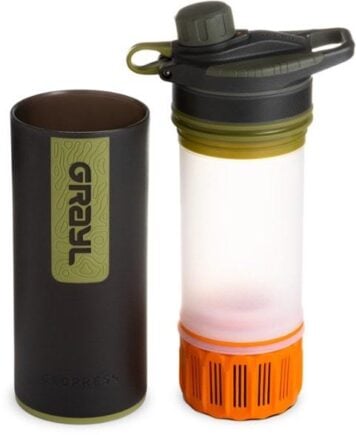
A travel water bottle
GRAYL Geopress Filtered Bottle
Having a filtered water bottle means you can drink from just about any source. The GRAYL Geopress is hands-down the most effective one we’ve ever used as well!
For those unexpected messes

For those unexpected messes
Active Roots Microfiber Towel
Hostel towels are scummy and take forever to dry. Microfibre towels dry quickly, are compact, lightweight, and can be used as a blanket or yoga mat if need be.
When the power goes out

When the power goes out
Petzl Actik Core Headlamp
A decent head torch could save your life. If you want to explore caves, unlit temples, or simply find your way to the bathroom during a blackout, a headtorch is a must.
Sleep anywhere
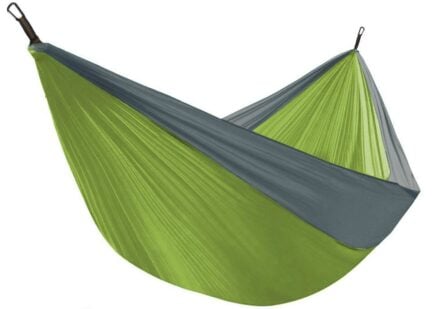
Sleep anywhere
Active Roots Camping Hammock
Taking a tent backpacking is not always practical but hammocks are lightweight, cheap, strong, sexy (chicks dig hammocks), and allow you to pitch up for the night pretty much anywhere.
To stay a clean backpacker
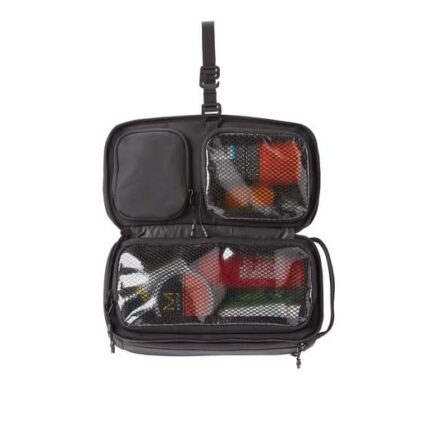
To stay a clean backpacker
Hanging Toiletry Bag
I always travel with a hanging toiletry bag as it’s a super-efficient way to organize your bathroom stuff. Well worth having as it helps to have quick access to all your stuff.
For plenty more inspiration on what to pack, check out my full backpacking packing list.
Staying Safe in Europe
So how safe is Europe? Recent years have brought on a string of terrorist attacks in Europe. While these events are rare, they do receive a lot of attention and negative press. Justifiably so to a degree, though I would argue that Europe is still just as safe as it ever was to go traveling.
Yes attacks happen. I do feel like the media in Europe and the US really portrays Muslims living here in a negative light. There are plenty of other groups committing acts of violence, though attacks carried out by Muslim folks receive the most coverage.
This has led to a string of pro-nationalist anti-Muslim rhetoric across Europe, unfairly blaming the Muslim populations for a wide swath of internal problems.
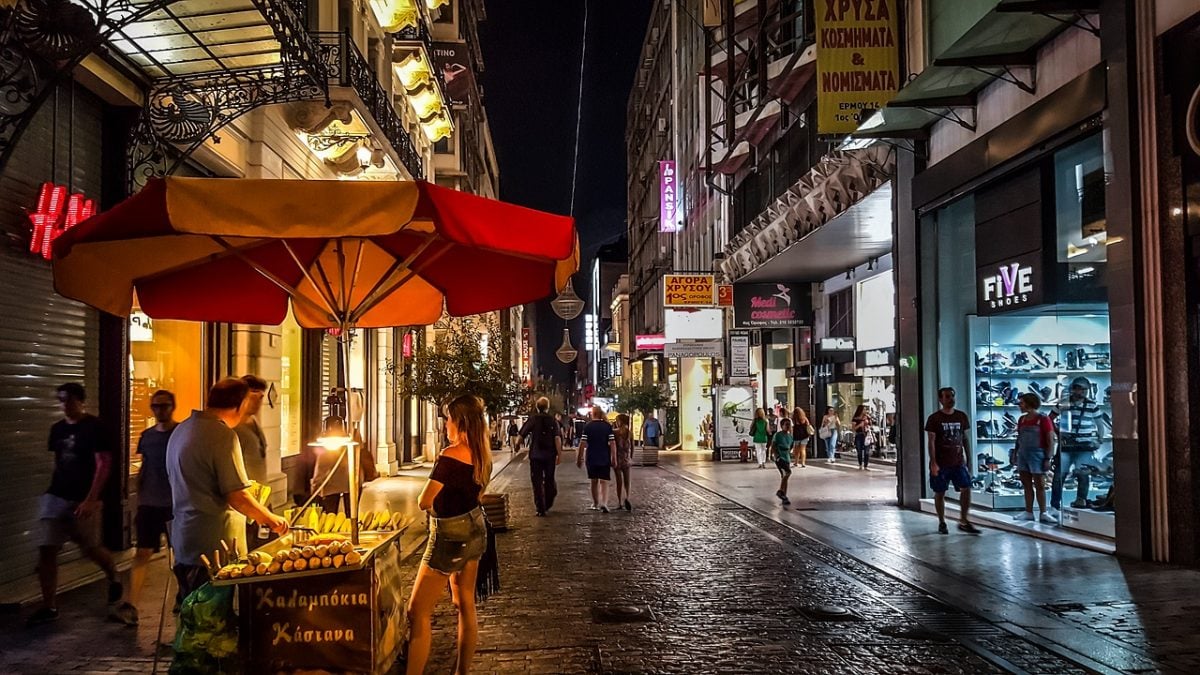

The possibilities of something bad happening to you on your journey backpacking Europe is slim to say the least.
Always be alert when moving about in big cities especially if you have all of your gear with you. Pickpockets and thieves target crowded markets and train stations. Don’t flash wads of bills and then leave your wallet sticking half-way out of your back pocket.
It is never a good idea to be out shit-faced drunk, alone, and loaded with cash especially not at 3 am. Be smart, make good choices and it shouldn’t be too difficult to guard yourself and your belongings. Either way, we would advise considering taking out European travel insurance.
Check out our in-depth safety guides
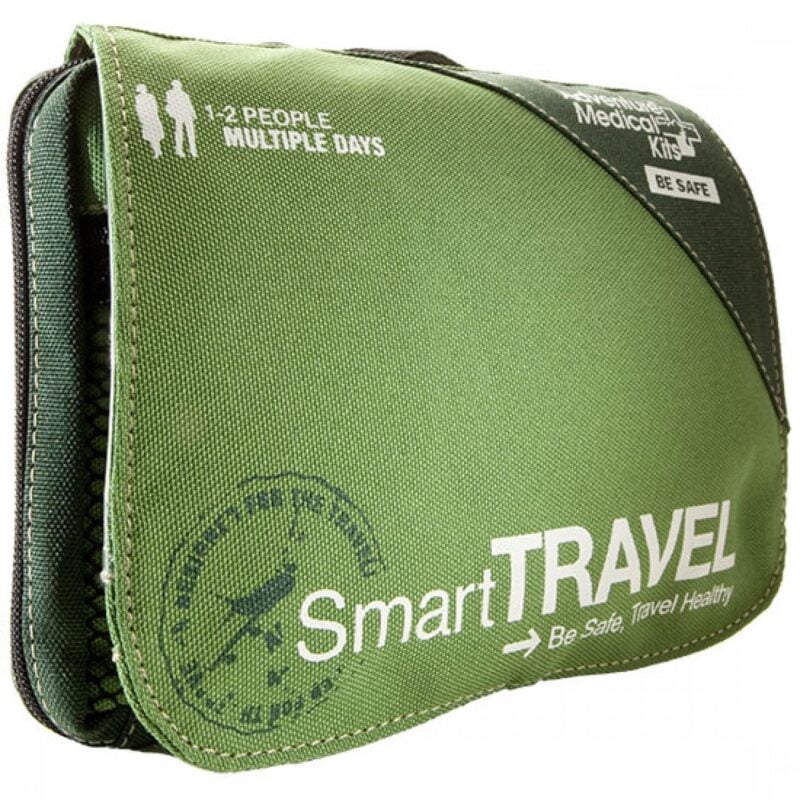
Be prepared for what life throws at you on the road. Pick up an AMK Travel Medical Kit before you head out on your next adventure.
View on REI View on Amazon
Sex, Drugs, and Rock n’ Roll in Europe
Europe likes to party, a lot.
And not just one kind of partying, but all kinds of debauchery. There are your squats in Paris, beach clubs in Ibiza, warehouse raves in Berlin, music festivals in the Netherlands, all of that, and then some. Can’t beat chilling on some church steps at 3 am sipping negronis with friends either.
When it comes to partying, each culture has its own way of doing things. The Italians like the slow burn, starting with a spritz at aperitivo, then a nice dinner with wine, a cocktail at a local bar, before finally moving on to shots at the bar. The Spanish are similar except they start all of this at 9 pm and go until 4 am. The Dutch appear to be hydrating all the time but don’t be so sure; they’re big fans of the molly water.
You get the gist though. If you’re going to party in Europe, you need to choose your parties well.
There are a couple of parties that shouldn’t be missed:
- Staying at one of these legendary hostels.
- Going to a nightclub in Berlin (good luck with Berghain).
- Drinking in the piazzas of Rome.
- Dipping into a baggy in Amsterdam.
- A night in the Delirium Brewery in Brussels.
Also, be aware that not all European cultures take kindly to drunkenness. The Mediterranean cultures tend to frown upon people who can’t handle their shit. The further north you go, the less people care about your state of mind.
Travel Insurance for Europe
Traveling without insurance would be risky so do consider getting good backpacker insurance sorted before you head off on an adventure.
I have been using World Nomads for some time now and made a few claims over the years. They’re easy to use, professional and relatively affordable. They may also let you buy or extend a policy once you’ve started your trip and are already abroad which is super handy.
If there’s one insurance company I trust, it’s World Nomads. To find out why I use World Nomads, check out my World Nomads Insurance review.
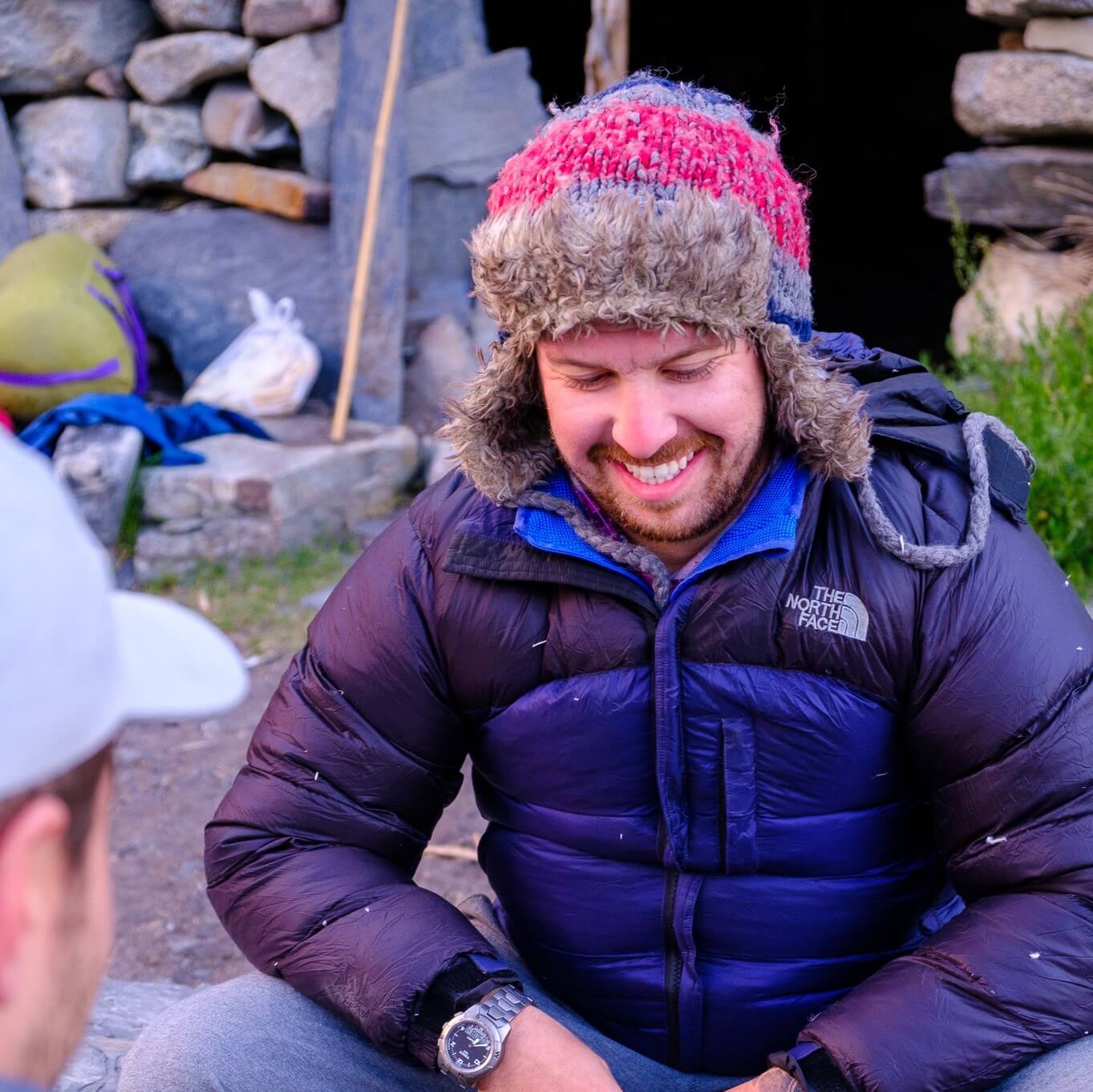

A message from Will, the OG Broke Backpacker
“Once upon a time, I almost lost my leg in a sweltering jungle…
I battled a seriously nasty infection that snaked up past my knee and by the time I made it to a local hospital they wanted to amputate. I was delirious, unable to walk, and in a lot of pain but I managed to call my insurance provider – they moved me to a much better private hospital where the doctors were able to save my leg.
I wracked up $15,000 in hospital bills, but these were completely covered by my travel insurance. Luckily, I still have my leg today, and whilst it is permanently damaged, I’m grateful every day it’s still attached!
Moral of the story: consider getting travel insurance before you head out into the wilds, people!"
How to Get into Europe
Of course, there is no one answer to this question. Where do you want to go backpacking?! Once you dial in where you plan to go it is only natural to start your backpacking Europe trip in the country first on your list. Easy!


Whilst looking for plane tickets to your chosen backpacking destination, I advise that you look at multiple cities and book the cheapest flight even if that city isn’t in your targeted country. You can easily fly between capitals in Europe on the cheap.
For example, if you want to begin your Europe adventure in Spain but the tickets to Paris are going for $200 less, odds are you can score a budget flight to Madrid or Barcelona from Paris for less than you would have paid flying directly to Spain. That said, do note that budget airlines usually charge extra for baggage and this can often double the price of your flight.
Barcelona ain’t a bad place to begin you Europe backpacking adventure.
Entry Requirements For Europe
If you want to backpack in Europe then you may need a Visa. Entry and Visa requirements vary between different European countries although many of them do follow broadly similar criteria.
For travel in EU countries, a Schengen Visa is required (unless you are from another EU country in which case all you need is your passport/ID). Note that some EU countries (most notably the UK) are not part of the Schengen agreements and separate visa’s are required for visiting.
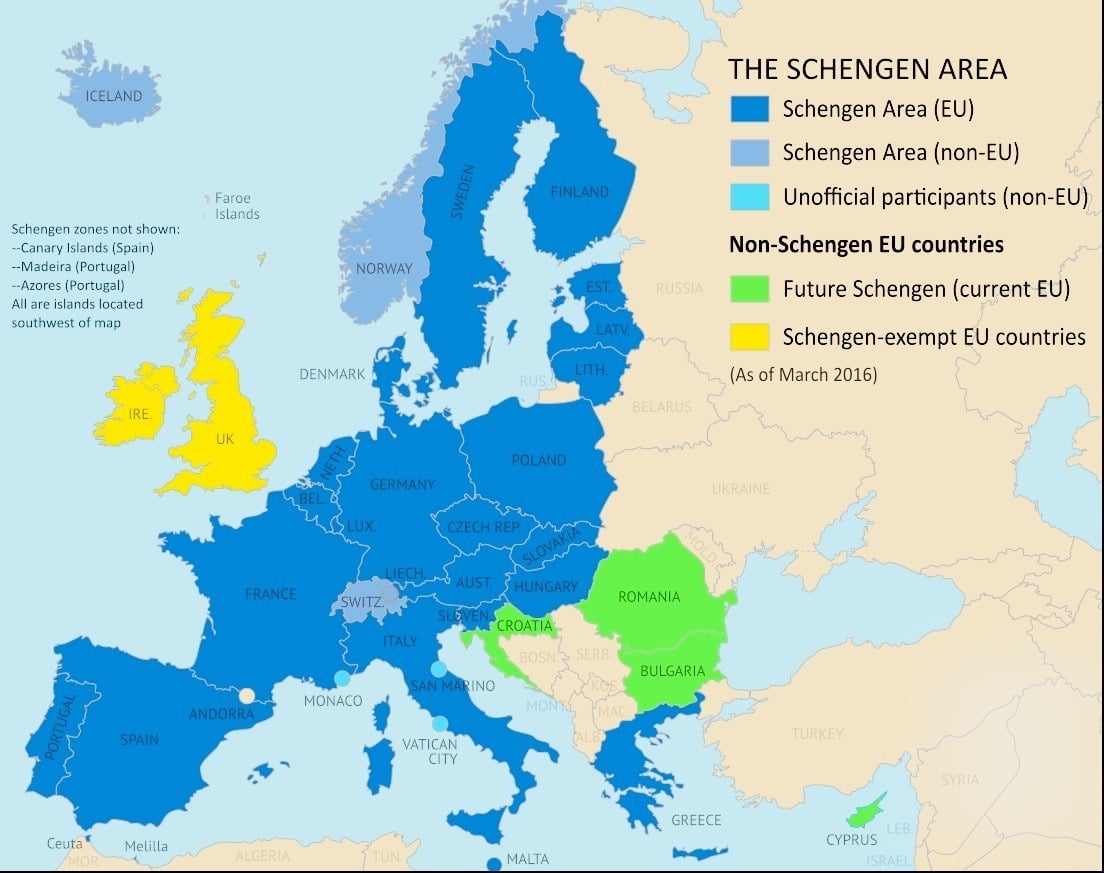

Citizens of the US, Canada, Australia, New Zealand & Singapore can usually obtain visa’s for most European countries on arrival. It can be significantly harder for everybody else. Overstaying visa’s is not recommended.
It is very wise to work out which countries you wish to visit and check their individual entry requirements before you set off. Regarding overland travel, note that even if you are only passing through a country en route to another, entry requirements will still apply.
Traveling to Europe During COVID Times
Europe was the first region following China to get hit hard by COVID-19. Italy was ground-zero at first but soon every major European nation was a part of the pandemic.
Following a relatively easy summer with looser travel restrictions and open borders, most of the European Union is being struck by the anticipated second wave. As of November 2020, most of the major of European powers are in the dregs, Italy, France, Spain, and the UK being the most critical.
Most travel restrictions that were put in place at the end of the previous spring still stand. Travel within the Schengen is permitted. Certain nationalities deemed safe can also enter. Note that Americans are still not allowed to travel to the European Union.

 Need to travel around Europe on the cheap? Use Bookaway to find the best deals on bus, plane, train, and ferry tickets. It’s easy to use and saves you time and money. Once you’ve arrived, why not use what you’ve saved to treat yourself to a cold beer and a bite to eat?
Need to travel around Europe on the cheap? Use Bookaway to find the best deals on bus, plane, train, and ferry tickets. It’s easy to use and saves you time and money. Once you’ve arrived, why not use what you’ve saved to treat yourself to a cold beer and a bite to eat?
Book your transport on Bookaway now to guarantee your seat and for the right price.
How to Get Around Europe
Okay there are many great ways to get around Europe! If you plan on hitting up multiple countries in Europe, the Eurorail Pass is a great option. You can buy a rail pass for one country or for all of Europe.
Buying train tickets individually adds up fast, so in the end buying a pass it totally worth it – check out our in-depth post on traveling Europe by rail.
Long-distance buses are probably the cheapest option, though they tend to be the most time consuming as well. A 9-hour journey with a company like Flixbus is likely to cost you between 25-50 Euros depending on when you book.
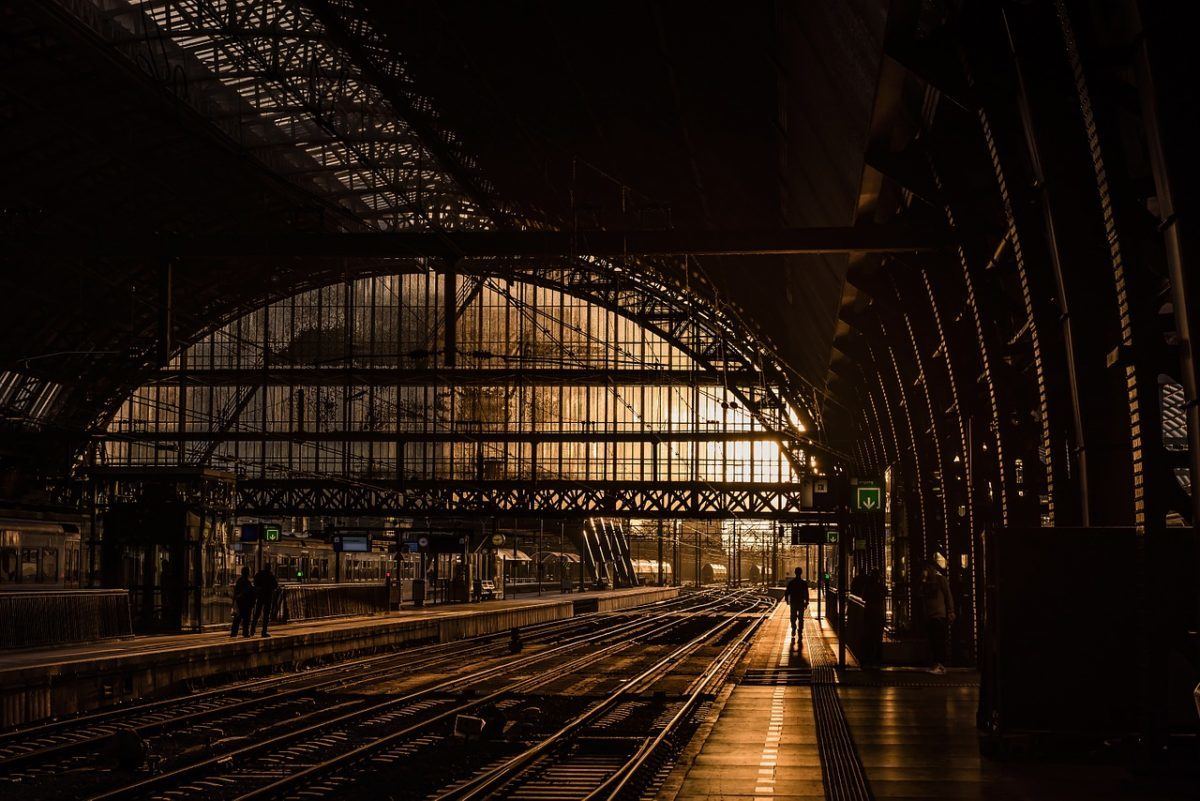

I like Flixbus because if plans change, you can cancel for a small fee and rebook when you’re ready. You can score long-distance buses for as little as 10 Euros if you’re really on it.
Whilst you are backpacking the cities in Europe, use the metro and local buses to get across town. Got a couple of days in a capital city? Buy your metro tickets in bulk and save a few bucks.
BlaBlaCar is a great website for connecting drivers with people interested in carpooling. If you are wanting to catch a ride to the next city or to a neighboring country, keep an eye out and you might be able to connect with someone on the site. This is not a free ride. Expect to help pay for some of the gasoline and expect to get there faster than the bus.
Campervan Hire in Europe
Renting a car is surprisingly affordable in Europe and will give you unrestricted freedom to go and do what you want. You can sort your car rental here in just a few minutes. Booking in advance is the best way to ensure you score the lowest price and your choice of vehicle. Often, you can find the best car rental prices when you pick up the rental from the airport. You can easily rent a car from any major city in Europe.
Make sure you also purchase a RentalCover.com policy to cover your vehicle against any common damages such as tires, windscreens, theft, and more at a fraction of the price you would pay at the rental desk.


Traveling Europe by campervan is classic, most awesome option. You have unparalleled freedom and access to places you would not otherwise have. You also eliminate the need to pay for accommodation every night.
Renting a campervan is easy to do all across Europe. If you can swing hiring a campervan you will certainly not regret it.
Hitchhiking in Europe
To be honest, maybe with the exception of New Zealand, Europe is one of the easiest places in the world to hitchhike, even long distances. I recommend studying a map before sticking your thumb out there. Try to get an idea of which roads you need to take to get to your destination. Europe is full of tiny, winding backroads that splinter off in all directions.
It goes without saying that you should not try hitchhiking in major cities. When possible hitchhike close to a major highway thus eliminating the element of dealing with confusing backroads.
While hitchhiking in Europe is safe generally, it is important to be on your guard and use good judgment when accepting rides.
Onwards Travel from Europe
Europe is home to many major global traveling hubs and international airports. This means you can get anywhere in the world, often with a direct flight depending on where you’re going. If you are on a grand European or world tour, heading to Eastern Europe and making your way into Turkey and beyond is a straightforward affair.
In fact you can fly from London or Paris to Istanbul for as little as 20 Euros with some forethought.


Keep in mind as well that countries in North Africa are sometimes just an hour or two flight away. Places like Morocco and Tunisia are great backpacking destinations to head to after backpacking Europe.
Since I am an American living in Europe, from time to time I need to fly home. I have noticed that airfare to and from the USA has gotten much cheaper in the last year or two. There are some sweet deals out there! Late in 2017 I flew to Los Angeles from Paris direct for $230 one way. Not too bad! As always, book in advance and save heaps.
Working and Staying Connected in Europe
The core countries of the European Union – France, UK, Italy, Germany – are not exactly digital nomad havens. The cost of living is just too high and the visa policies are just too difficult to navigate for most traveling remote workers.
That being said, digital nomadism is becoming more common and even Europe can resist the new trend. Portugal is probably the most viable option for digital nomads right now since there is a “Passive Income” visa available and the cost of living is low. Germany also offers a freelancer visa, which may or may not be catered to the hordes of techies flocking to Berlin.
Really though, if you’re a digital nomad, you’re better off heading east. Croatia, the Czech Republic, and Estonia are the current trailblazers and are setting themselves up to be the next big nomadic hotspots.
Internet is pretty much a non-issue in Europe. Most of the major cities have high-speed fiberoptic cables lain and the more remote villages have decent coverage. Whilst hiking the Dolomites, I even got 4G using my local SIM card. I could’ve worked in a local rifugio for a few days!
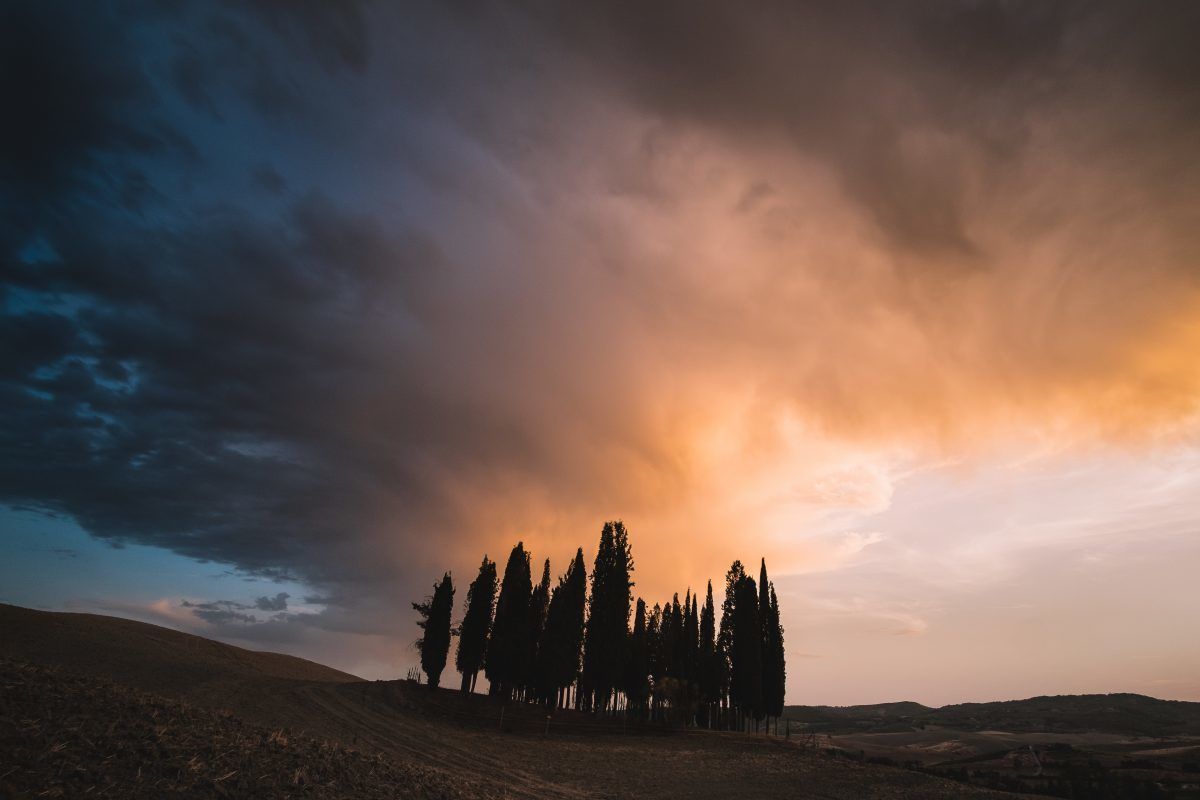

If you’re not a digital nomad and are looking for ways to extend your backpacking trip in Europe, there’s always volunteering. In exchange for a few hours of work each day, your room and board are covered.
Check out Worldpackers to find opportunities. Volunteering is a great way to supplement an already rewarding journey backpacking Europe. Some of the best placement on the planet can be found in Europe.
As a Broke Backpacker reader, you’ll get a special discount of $10. Just use the discount code BROKEBACKPACKER and your membership is discounted from $49 a year to only $39.
Learn how to make cheese. Milk goats. Eat delicious heirloom tomatoes. Chop firewood. You name it, you can probably experience it on a European farm.
Make Money Online whilst Backpacking Europe

 Keen to live the digital nomad dream while traveling the world? Who the hell isn’t?
Keen to live the digital nomad dream while traveling the world? Who the hell isn’t?
Teaching English online is a great way to earn a consistent income on the road. Depending on your qualifications, you can work remotely from your laptop and make a positive impact on the world! It’s a win-win!
Check out this detailed article for everything you need to know to start teaching English online.
What to Eat in Europe
The food in Europe is so varied that my mind reels just trying to think about it. Where do I even begin?
First off, people are extremely proud of their culture’s cooking. Italians sing praise about the quality of ingredients and the simplicity of their style. The French boast about their prowess in the kitchen and complex techniques. The Spanish of course love to talk about their tapas culture.
Secondly, though European culinary traditions have very long histories, most change completely in the last few centuries. The introduction of new ingredients from the new world was nothing short of revolutionary. The Italians received the all-important tomatoes, the English imported curry, and the Germans got the Turkish kebab.


Most European culinary traditions have very multicultural pasts. North African traders and immigrants have had a profound effect on the Mediterranean diets and cultures as distant as China have purportedly influenced the creation of pasta.
All can say is that a trip through Europe will be like a tour of heaven for your stomach. There are so many different kinds of food to try and a staggering amount of diversity. My best advice: try the usual suspects but be sure to experiment a bit.
The Best Food and Dishes in Europe
Here are some of the best foods you have to try while backpacking in Europe:
- Pasta (Italy) – A VERY general term, pasta can mean a lot of things. Be sure to have more than just spaghetti.
- Coq Au Vin (France) – A simple, yet delicious stew made from chicken, wine, mushrooms, and garlic.
- Meat pies (UK) – A staple of just about every pub and inn in the UK. Simple and satisfying.
- Pastel de Nata (Portugal) – A small, custard-filled egg tart that originates in Lisbon.
- Paella (Spain) – Rice prepared in a special pan and often prepared with seafood.
- Moules Frites (Belgium) – Mussels prepared in different kinds of sauces and served with fried potatoes.
- Souvlaki (Greece) – What most people imagine to be “gyros” when gyros is just a general term for shaved meat.
- Schnitzel (Germany) – Meat flattened, breaded, and fried.
- Sachertorte (Austria) – A delicacy of Vienna and perhaps one of the best cakes in Europe.
- Stroopwafel (Netherlands) – The best sweet treat ever.
European Culture
The idea of European culture is extremely fluid. Each culture is different from the next and each blends into the other, so much so that sometimes it can be challenging to discern the subtle differences.
The first and absolutely most important thing that you need to know about culture in Europe is that people are not “just European.” In fact, using “European” as a blanket term for everyone who lives on the continent might land you in some trouble.
According to Britannica, there are over 160 distinct cultures in Europe, though if we’re being honest this number could be higher. Within each of these cultures are sub-sections and divisions with their own national, religious, and historical identities.
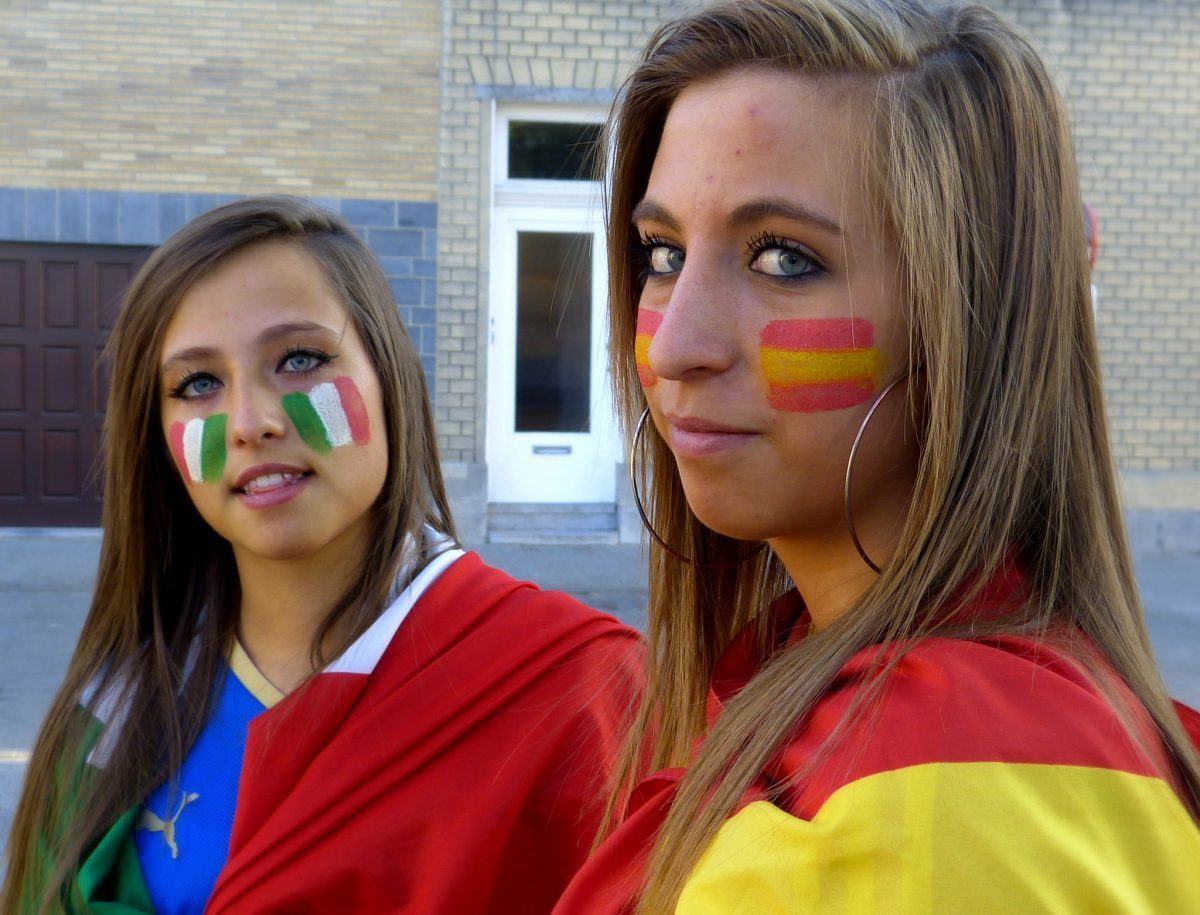

Take for example, Iberian Culture, which the former Britannica article considers Spain and Portugal a part of. Within that one culture, there are at least five different sub-cultures – probably more in reality – and three of these actually want to start their own nations: the Basque, Galicia, and Catalonia, all of which are a part of Spain.
TL;DR – you do no want to make the mistake of falsely associating one culture with another. Accidently call a Sicilian Italian and you’ll probably get an eye-roll; refer to a Bavarian as German and you’ll probably get a cold shoulder; call an Irishman English by mistake and be prepared for hell to break loose.
When it comes to understanding culture in Europe, it just takes an open mind. You can’t be expected to know ALL of the different groups in Europe but if you ask questions and take a moment to consider where you are and what people are doing, you should be able to keep up.
Books to Read While Backpacking Europe
- For Whom the Bell Tolls: Ernest Hemingway covered the Spanish Civil War as a journalist and turned his account into a fiction story. It has been ten years since I first read this book, and still to this day it is in my top five favorites without a doubt.
- Homage to Catalonia: Another classic from the Spanish Civil War period. In 1936 Orwell went to Spain to report on the Civil War and instead joined the fight against the Fascists. This famous account describes the war and Orwell’s experiences.
- If on a Winter’s Night a Traveler: Italo Calvino was one of the most influential writers of the 20th century. This novel is a collection of his most regarded short stories.
- A Moveable Feast: Fancy having a look into what life was like for expats living in Paris in the 1920s? If you yearn for the Golden age of the Lost Generation like I do, this Ernest Hemingway classic is a must read. OK, so I’m showing my Hemingway bias here, but hey it is a great read too!
- Satori in Paris: Satori in Paris is a rollicking autobiographical account of Jack Kerouac’s search for his heritage in France and lands the author in his familiar milieu of seedy bars and all-night conversations. This book is one of ol’ Kerouac’s last novels.
- Greece: A Traveler’s Literary Companion: This is a compilation of 24 stories and essays based on the ancient Greek myths and modern tales.
Grab your copy of the Backpacker Bible for Free!

Learn how to travel the world for less than $10 per day with the Backpacker Bible!
This book is the culmination of over 10 years of travel and living on a shoestring budget. It’s full of valuable insider hacks that will help you unlock your full potential as a traveller.
It’s also FREE at the moment! All you need to do is click the button below, provide the necessary information, and you’ll be emailed the ebook.
I want it!
Must Try Experiences in Europe
Hiking in Europe
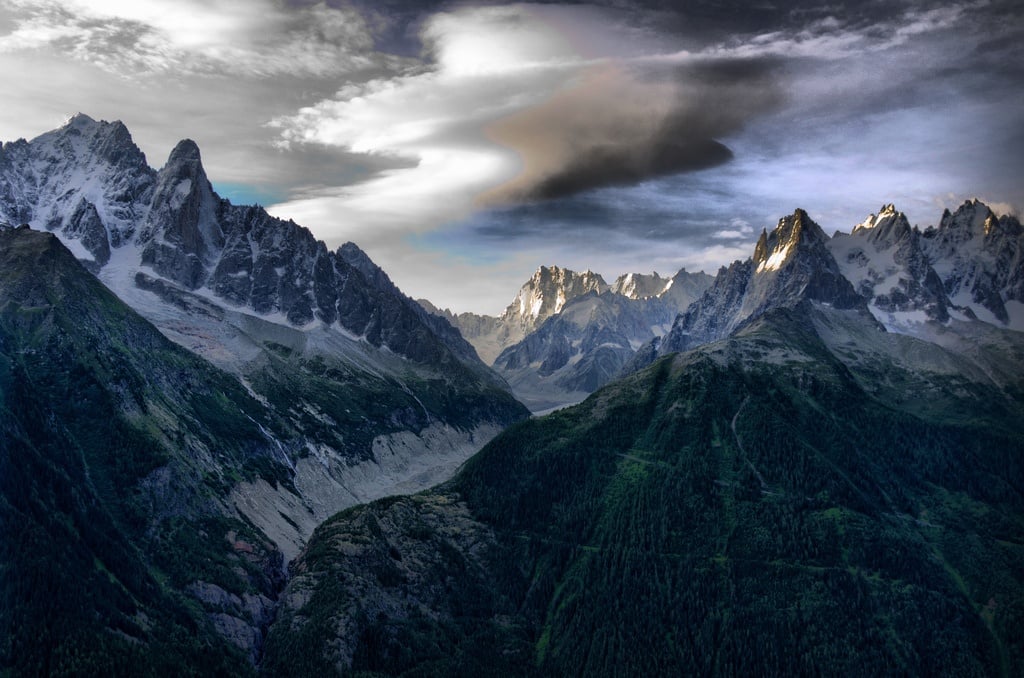

Europe is a land blessed with incredible hiking opportunities. Each country has a wide range of day hikes and multi-day treks on offer. Trekking is a great way to get to know any country by experiencing its wild side.
In addition to well-maintained trail systems, many regions in Europe are home to mountain huts. For a fee one can enjoy these super comfortable and unique fixtures of the European mountains.
A night or two in a mountain hut, overlooking a great snowcapped valley is a priceless experience. Here are a few of the best hikes in Europe to get you psyched for an outdoor adventure of your own.
- Mt. Etna Trek, Sicily, Italy: Climbing an active Volcano in Sicily is at much fun as it sounds.
- Walkers Haute Route, France-Switzerland (Chamonix to Zermatt): A famous high route from Chamonix to Zermatt. The trek features absolutely classic alpine scenery, snowy peaks, glaciers, high meadows and deep valleys, and close-up views of such icons as Mont Blanc and the Matterhorn.
- Landmannalaugar Trek, Iceland: The “hot springs hike”. Enjoy mind-boggling beauty by day, and soak in the thermal hot pools by night.
- Tour Du Mont Blanc, France: The unforgettable circuit around the Mont Blanc massif. Outstanding views up to Mont Blanc, Western Europe’s highest at 4,810m, and out across the dramatic peaks, glaciers, and deep green valleys of the high Alps. If you have the time, this might just be the most scenic (and most trafficked) hike in Western Europe.
- El Camino de Santiago, France – Spain: Perhaps the most popular famous long-distance trek in the world, El Camino is an important trek in the hearts of religious pilgrims and outdoor enthusiasts alike. Hike a section of it to feel out the vibe, or take on the whole bloody thing. All 500 miles of it.
- The Kings Trail (Kungsleden), Sweeden: At 270 miles long, this epic trek is bound to take you at least a couple of weeks if not longer. It passes through, near the southern end, the Vindelfjällen Nature Reserve, one of the largest protected areas in Europe. There is no better way in my opinion to get to know Sweeden.
Surfing in Europe
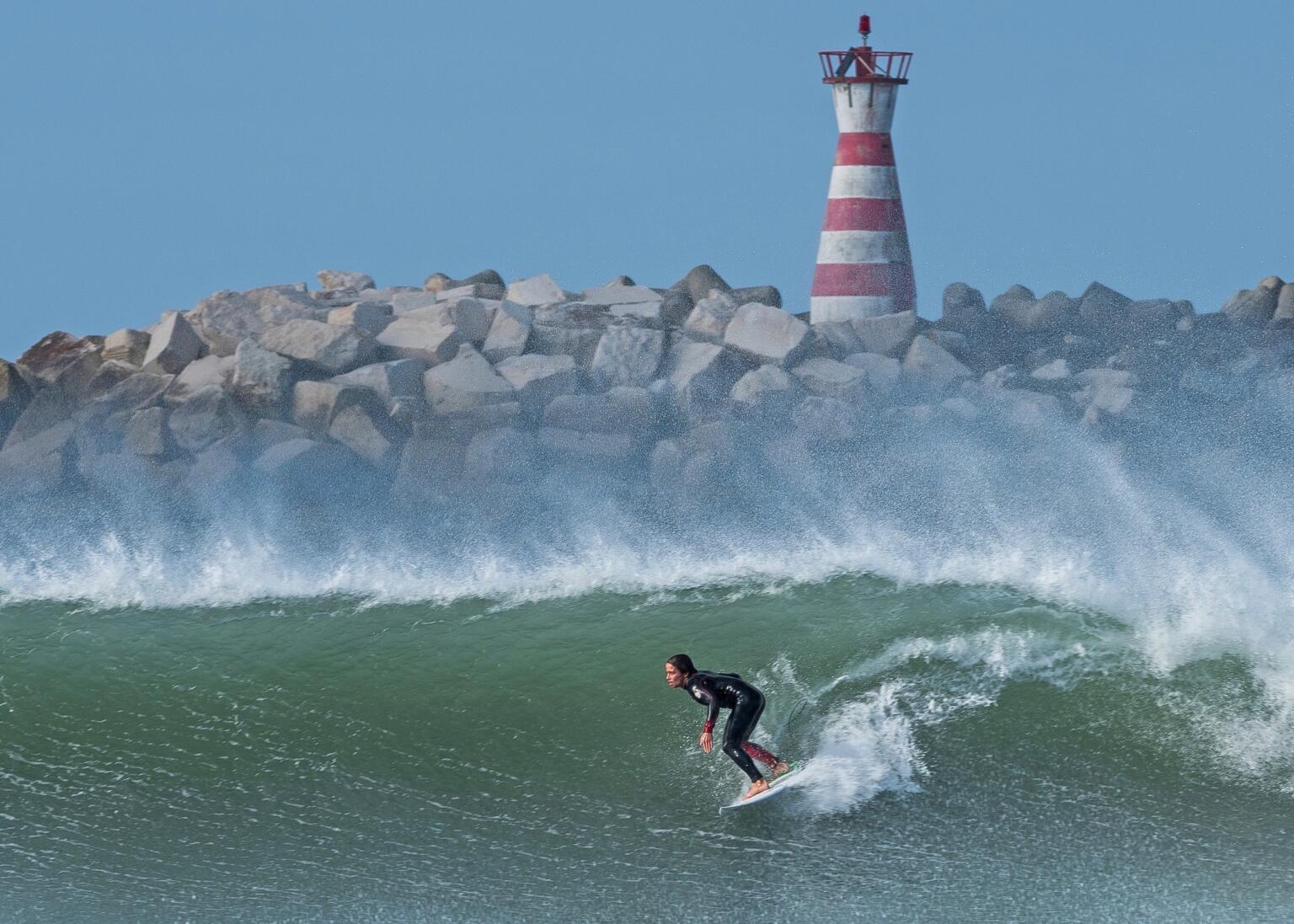

Many backpackers are unaware that there is some killer surf to be found all across Europe. Portugal is certainly famous for having massive waves the associated surf competitions.
That said, if you are keen on surfing at some point as you travel thru Europe, you do have some options. Below I have provided a short list of surfing hotspots in Europe.
- Biarritz, France: One of the oldest known surf meccas of Europe. The surfing here is great for beginners as well as seasoned rippers.
- Newgale Wales: Surfing on this beautiful stretch of coast facing out towards the Irish Sea, the waves here are powerful and the views are epic.
- Belhaven Bay, Scotland: This surf spot is only an hours drive from the capital! Make sure you have a good wetsuit. Not the warmest water in the world, but the waves are good at times.
- San Sebastian, Spain: When not eating and drinking, it is easy to hit the beach and catch a few waves before resuming the former.
- Lagos, Portugal: Probably the unofficial capital of surfing in Portugal. There are many surf schools across Lagos that will help you tune up your surfing game in no time.
Joining an Organized Tour in Europe
For most countries, Europe included, solo travel is the name of the game. That said, if you are short on time, energy, or just want to be part of an awesome group of travelers you can opt to join an organized tour. Joining a tour is a great way to see a majority of the country quickly and without the effort that goes into planning a backpacking trip. However—not all tour operators are created equal—that is for sure.
G Adventures is a solid down-to-earth tour company catering to backpackers just like you, and their prices and itineraries reflect the interests of the backpacker crowd. You can score some pretty sweet deals on epic trips in Europe for a fraction of the price of what other tour operators charge.
Check out some of their awesome itineraries for Europe here…
Want to save the world?
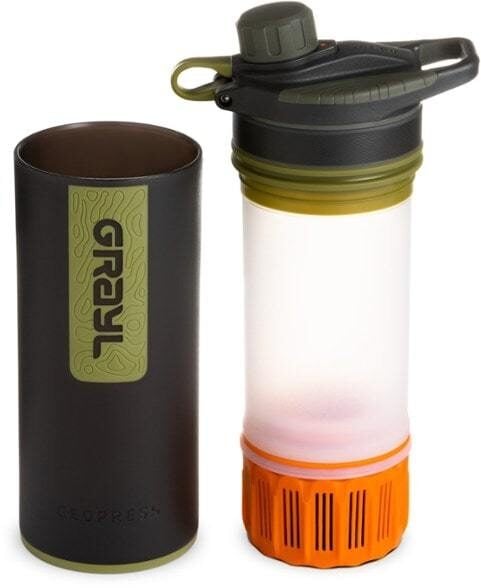
Single-use plastic bottles are a huge threat to Marine Life – Be a part of the solution and travel with a filter water bottle.
The GRAYL GEOPRESS water bottle is the ONLY all-in-one filter water bottle setup you’ll need. Whether you need to purify the water from a hostel sink in Kathmandu or a stream trickle in the Andes, the Geopress has got you covered.
Read our full review of the GRAYL GEOPRESS!
Final Thoughts – Being a Responsible Backpacker in Europe
Toutes nos félicitations! You made it to the end of my Europe travel guide! I hope the information I have provided will help you navigate the exciting European journey you have decided to embark on. Backpacking in Europe will be one of the most fun experiences of your life, I have no doubts about that.
Europe can be one hell of a place to let loose and have a good time. Between the party-hearty music festivals, discotheques, rave scenes, pub crawls, and other venues of hedonistic tendency, there is ample opportunity for backpackers to get down. Have fun on your Europe backpacking journey! Just remember to take it easy, pace yourself, and not do anything stupid that affects those around you in a negative way.
When visiting historic sights or religious monuments be respectful. Certainly do not climb on old ruins or touch priceless paintings. Europe is full of historical treasures. Don’t be that dickhead that contributes to their demise and destruction.
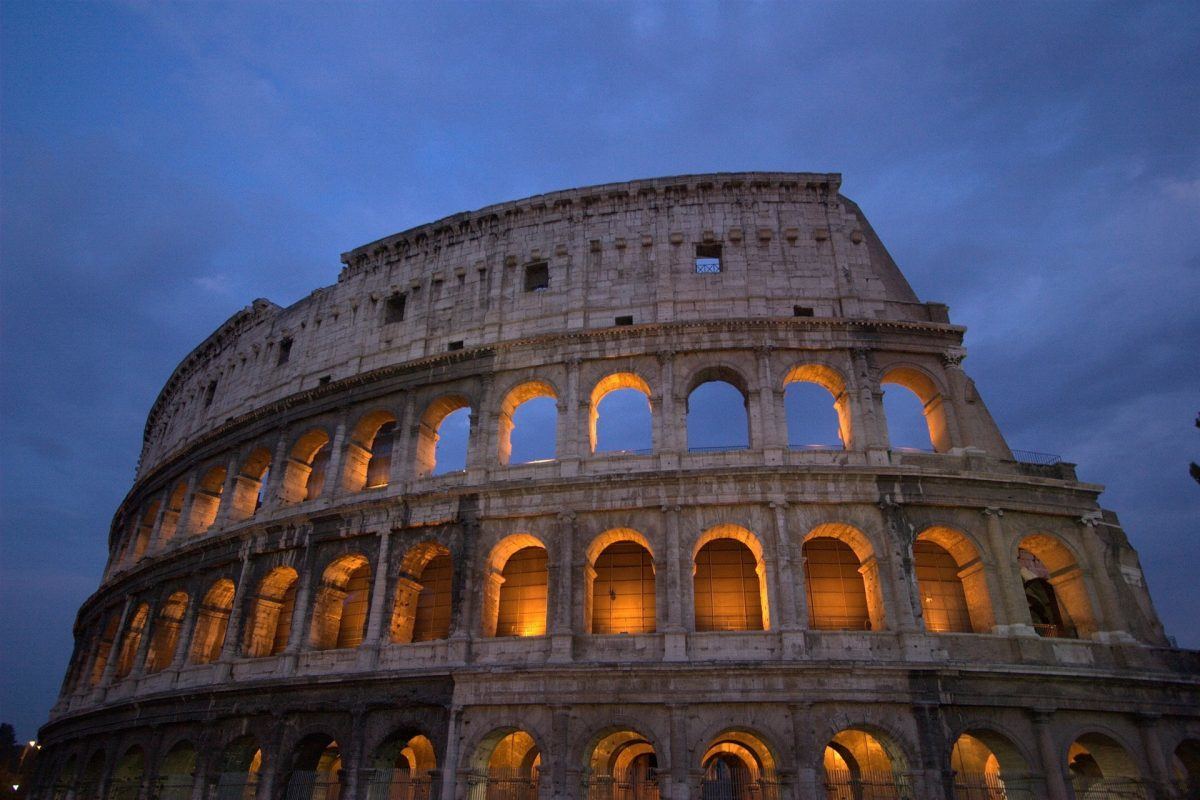

When you can, make an effort to learn at least a few words of the local language of the country you are backpacking in. It’s a challenge as every country has a different language, but a little effort goes a long way. The world need-not revolve around us native English speakers!
Do your best to support local artisans, organic farmers, and craftspeople while traveling around Europe. Keep your dollars local, especially in small villages or towns. Never take it for granted that you are healthy and financially able to go traveling. Show the world around you some gratitude and help to make a positive impact on it. Most of all have the time of your life and spread the love!
Find out how YOU can support the site.
We work hard to put out the best backpacker resources on the web for free! It’s all about helping out our tribe of awesome backpacker readers (that’s you!). Please visit the link to find out how you can help keep the site going 🙂
For the sake of transparency, some of the links in our content are affiliate links. This means that if you book your accommodation, buy a piece of gear, or sort your insurance through our link, we earn a small commission at no extra cost to you. We only link to stuff that members of the Broke Backpacker team has actually used and never endorse products or services that are not up to scratch. Thanks for your support!
€
€






